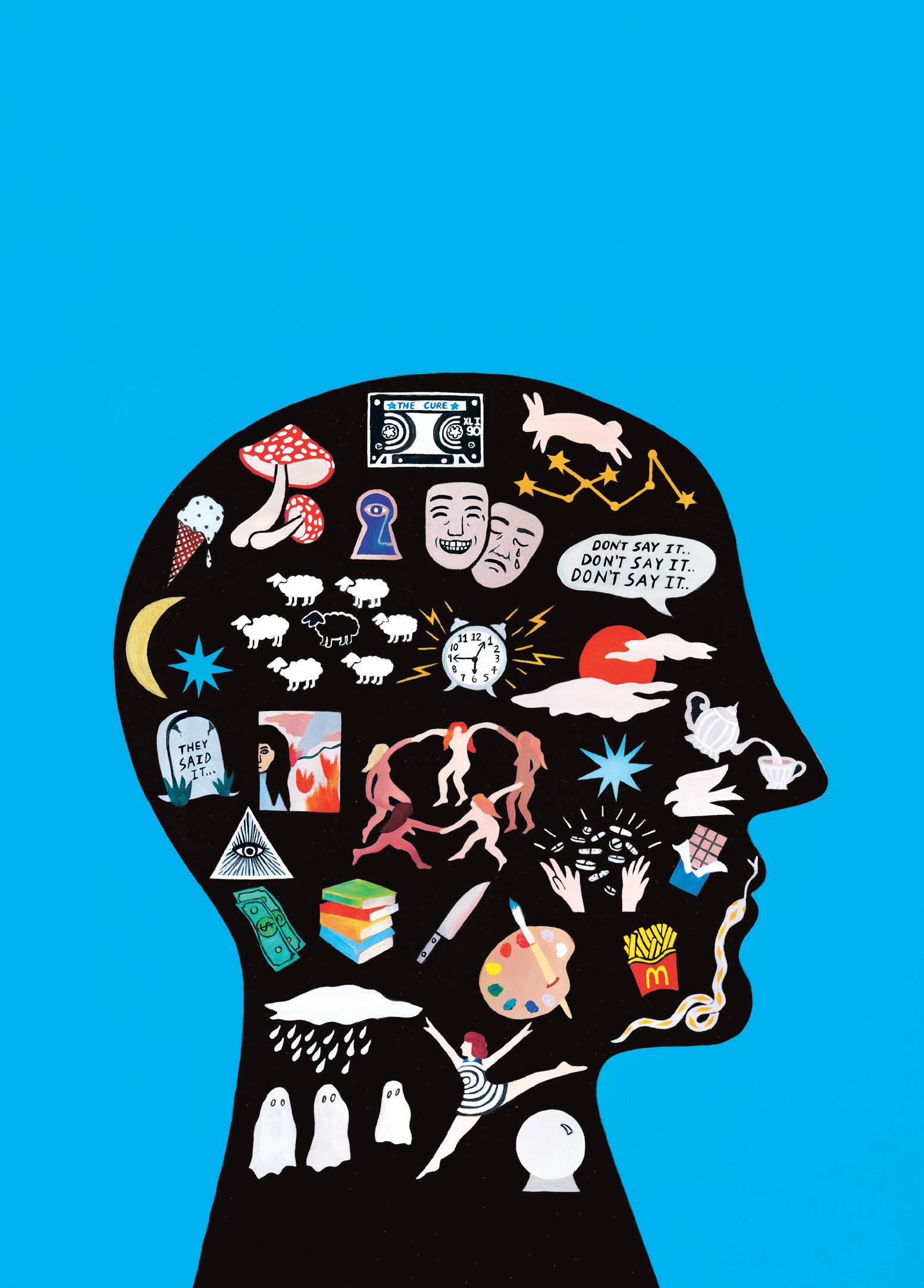

Calling all Early Birds to Benaroya Hall for the
THE EARLY BIRD GETS THE TICKET. Get 15% OFF tickets to all holiday concerts when you get your shopping done early! Use promo code EARLYBIRD to unlock this special holiday offer.
DECEMBER 10
AN EVENING WITH RENÉE ELISE GOLDSBERRY
AND THE SEATTLE SYMPHONY
Stuart Chafetz conductor
Renée Elise Goldsberry vocals
Seattle Symphony
Tony Award winner Renée Elise Goldsberry joins the Seattle Symphony for the world premiere of her new concert featuring festive holiday favorites.
DECEMBER 12–14
HOLIDAY POPS
SEATTLE POPS SERIES
Stuart Chafetz conductor
Ryan Silverman vocals
Scarlett Strallen vocals
Seattle Symphony
Stuart Chafetz returns to Benaroya Hall to conduct this dazzling program full of popular holiday favorites and yuletide cheer.
DECEMBER 13, 19, 20 & 23
SEATTLE MEN’S CHORUS PRESENTS HOLLY JOLLY JINGLE
The Seattle Men’s Chorus rings in everyone’s favorite holiday tradition with the gayest sing-along in Seattle!
DECEMBER 18, 20 & 21 HANDEL
MESSIAH
Nicolas Ellis conductor
Myriam Leblanc soprano
Jennifer Johnson Cano mezzo-soprano
Andrew Haji tenor
Kevin Deas bass-baritone
Seattle Symphony Chorale
Seattle Symphony
The exquisite choral writing and the wildly famous “Hallelujah” chorus — featuring the Seattle Symphony Chorale — honor Handel’s greatest work.
Handel’s Messiah is generously sponsored by Stephen Whyte in memory of Gwendolyn Jones Whyte.
DECEMBER 31
NEW YEAR’S EVE WITH THE HOT SARDINES
Enrico Lopez-Yañez conductor
The Hot Sardines
Seattle Symphony
Dress to impress and join the Seattle Symphony and The Hot Sardines for a jazz revival party at Benaroya Hall to close out 2025 in style!
JANUARY 2
MORGAN FREEMAN’S SYMPHONIC BLUES EXPERIENCE
IN CONCERT WITH THE SEATTLE SYMPHONY
Martin Gellner conductor
Morgan Freeman narrator
Seattle Symphony
Morgan Freeman himself lands at Benaroya Hall to introduce this immersive production, which fuses the soulful sounds of Mississippi Delta blues by artists from his club with cinematic storytelling and the grandeur of a symphony orchestra.
Re-Animated Music Aims to Be the Spiritual Successor to Seattle’s Most Beloved Instrument Shop
Gifts You Can Make, Buy
Her Debut Novel, Nobuko, Strings 108 Vignettes Into a Narrative Philosophy
Mattilda Bernstein Sycamore’s Newest Novel Traces Queer Survival From the AIDS Crisis to 2020 Seattle
Filmmaker and All Fours Author Miranda July Discusses Weight Lifting, Intimacy, and Her Dream Journal
Priscilla Dobler Dzul’s Cosmology Flows From Cenote to Sound
Dean Johnson Took the Scenic Route to His
Heart’s Ann and Nancy Wilson Reflect on Five Decades of Enduring Magic
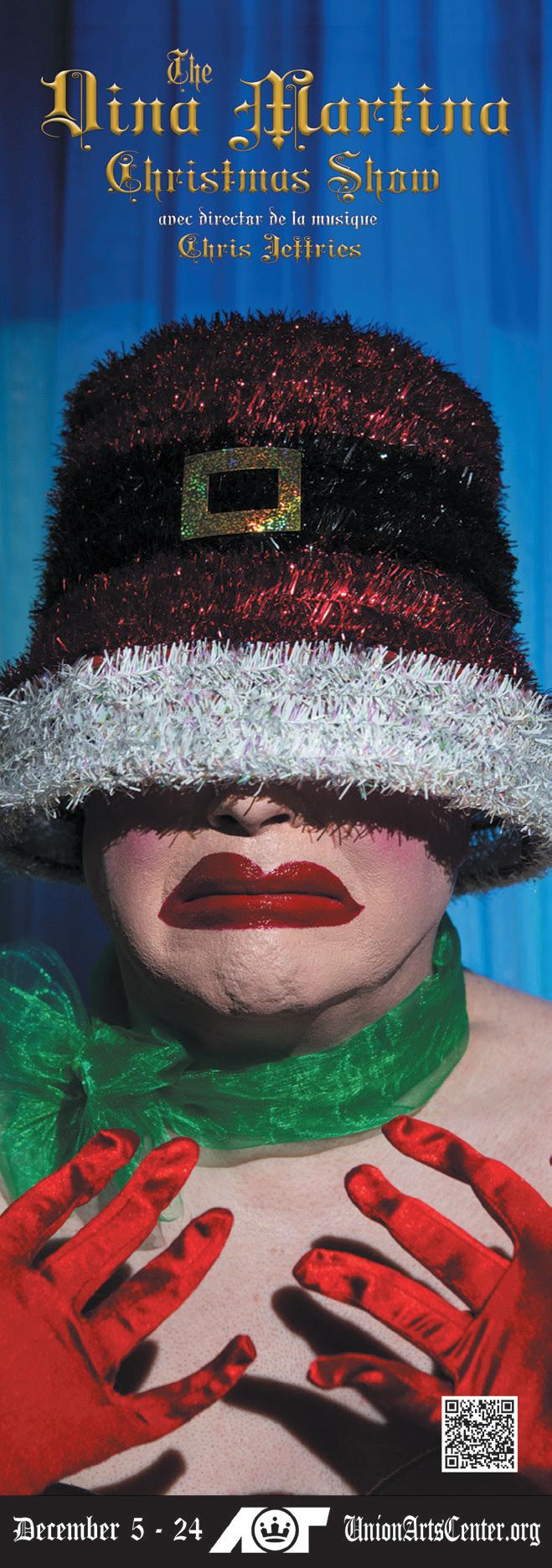
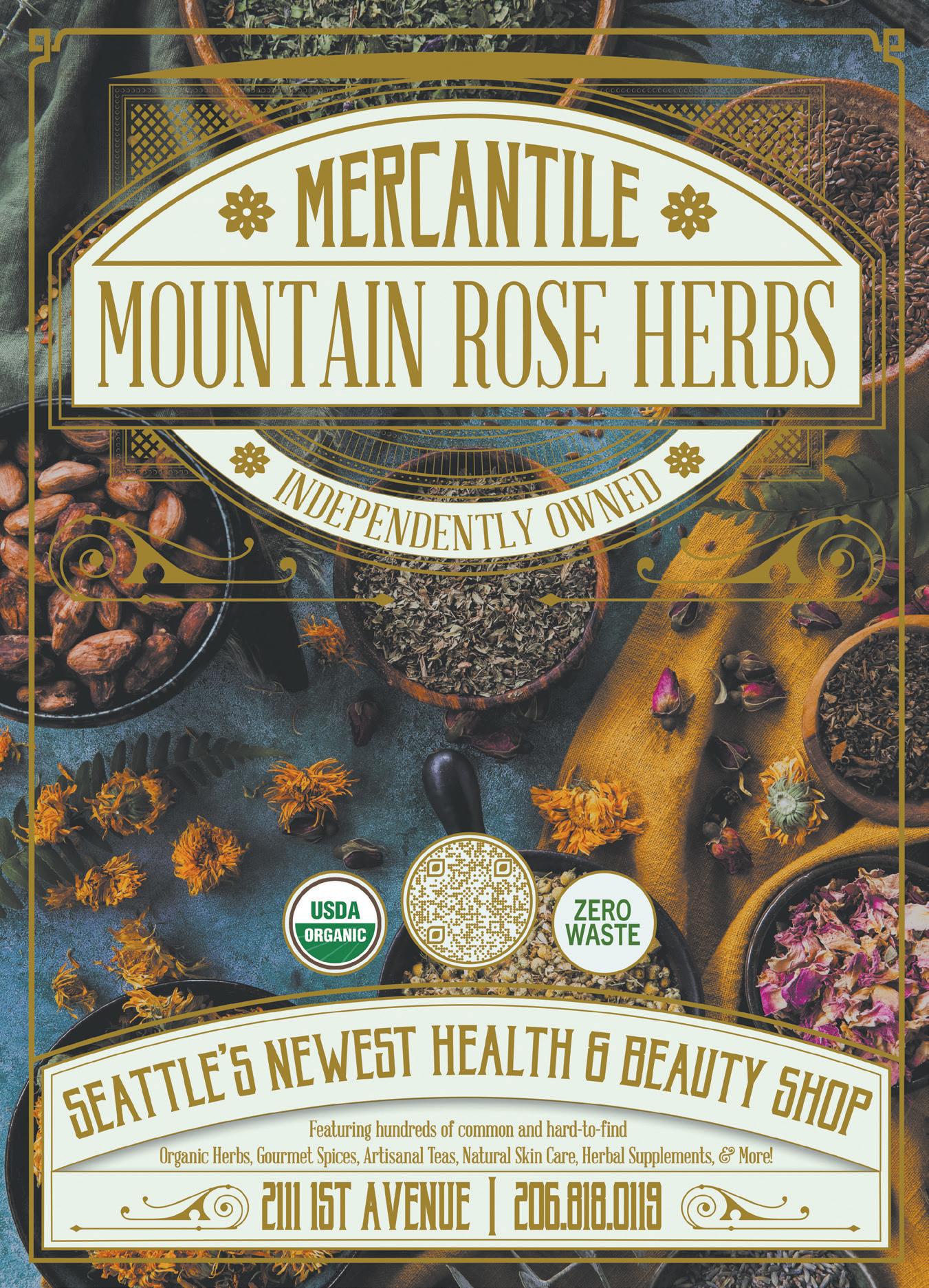
PUBLISHER
Tracey Cataldo
Editorial
EDITOR IN CHIEF
Hannah Murphy Winter
MANAGING EDITOR
Megan Seling
ARTS EDITOR
Emily Nokes
NEWS EDITOR
Vivian McCall
SENIOR STAFF WRITER
Charles Mudede
STAFF WRITERS
Julianne Bell, Nathalie Graham, Audrey Vann, Micah Yip
PHOTO DIRECTOR
Billie Winter
COPY EDITORS
Fox Allison, Dave Segal
Advertising
SENIOR ACCOUNT EXECUTIVES
Ben Demar, Katie Phoenix
Marketing
MARKETING MANAGER
Evanne Hall
EMAIL MARKETING LEAD
Andi Carmichael
MARKETING SPECIALIST
Tonya Ray
EMAIL MARKETING
Tyra Triche
Art & Production
ART DIRECTOR
Corianton Hale
ASSISTANT ART DIRECTOR
Anthony Keo
PRODUCTION MANAGER
Char Harris
PRODUCTION
David Caplan, Feedback Graphics
Social Media & Video Production
SOCIAL MEDIA EDITOR
Christian Parroco
DIRECTOR OF VIDEO PRODUCTION
David Quantic
Technology & Development
LEAD DEVELOPERS
Michael Crowl, Nick Nelson
DEVELOPER
Chaytan Inman
IT MANAGER
Business
FOUNDER/CHAIRMAN
Brady Walkinshaw
COO/CFO
Rob Crocker
COMPTROLLER
Katie Lake
DIRECTOR, THE FUND FOR ALTERNATIVE JOURNALISM
Kendall Turner
VP OF PRODUCT
Anthony Hecht
CHIEF OF STAFF
Toby Crittenden
MEMBERSHIP DIRECTOR
Caroline Dodge
AP/AR COORDINATOR
Surprise Paradisio
Noisy Productions
DIRECTOR OF EVENTS
Tim Neill

EverOut
EVEROUT MANAGER
Katya Schexnaydre
MANAGING EDITOR
Janey Wong
DATA MANAGER/STAFF WRITER
Shannon Lubetich
STAFF WRITERS
Bri Brey
Langston Thomas
Bold Type Tickets
CUSTOMER SOLUTIONS MANAGER
Kevin Shurtluff
CLIENT SOLUTIONS MANAGER
Diana Schwartz
PROJECT MANAGEMENT/CLIENT SOLUTIONS
REPRESENTATIVE
Campy Draper
CUSTOMER SOLUTIONS REPRESENTATIVE
Anita Chao
Grant Hendrix COVER
Jen Ament
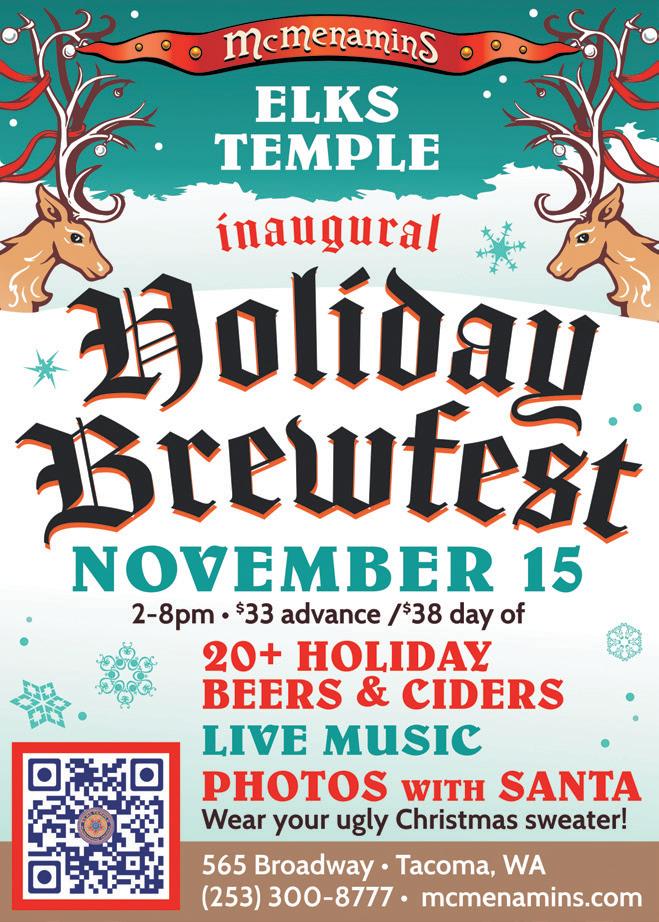
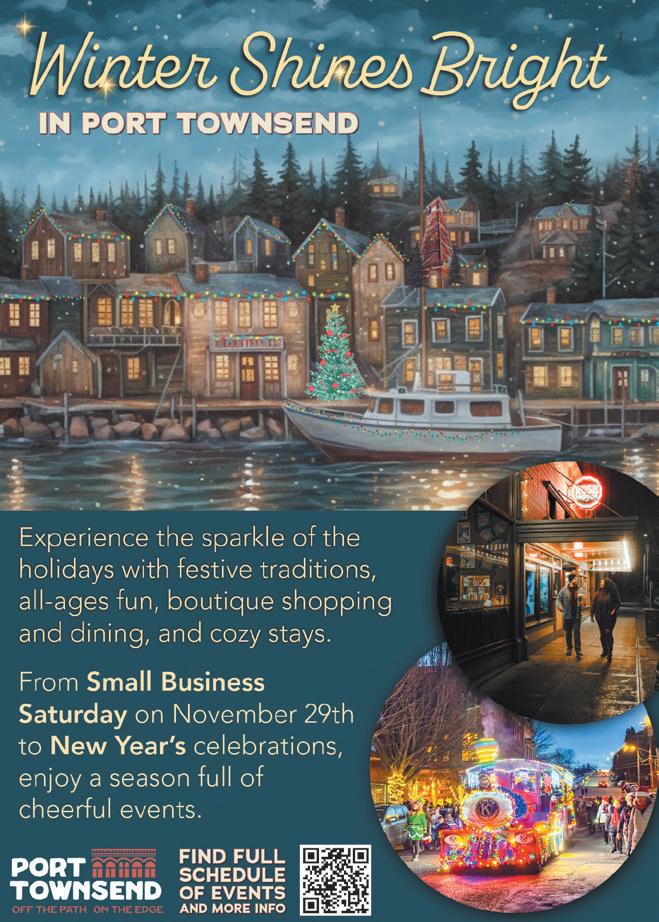


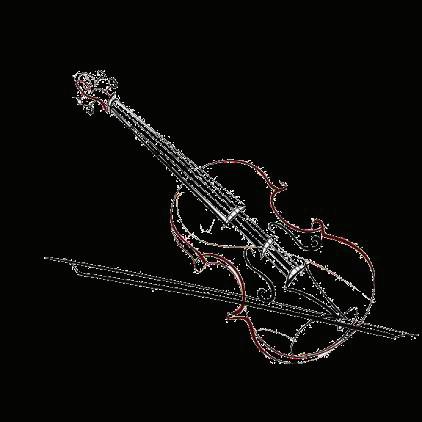

NOVEMBER ISSUE
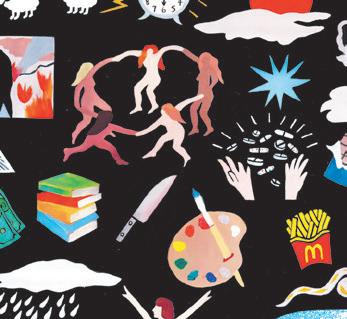
Welcome to The Stranger’s… wait, what is this issue about?
*checks notes* We don’t have a theme? All year long, since enthusiastically establishing a monthly print cadence in February, we have based every issue on some kind of theme. February was the Love & Sex issue, of course, and March was our fab Spring Arts issue. We did a Transit Issue and a Food Issue and a Queer Issue and a Climate Issue, and while it was fun to dig into the city with a curated eye, we also miss the days of just putting together a really solid collection of stories about whatever it is we’re currently obsessed with.
Like getting to the bottom of grocery-store pumpkin pie. Yes, on page 57 we pretend for one glorious afternoon that the Trump administration isn’t shooting our democracy into the fucking ever-hotter sun and set out on the self-appointed mission to find the best store-bought pumpkin pie in Seattle. The winner may surprise (and anger) you. Also related to the holiday season, we compiled an actually useful gift guide (pg. 31), should you want to treat your favs without lining billionaires’ pockets.
But that’s where the holiday content stops! This is not a holiday issue! This is a Dean Johnson issue (pg. 49), a history of women’s soccer issue (p. 24), and a haunted puppet-show issue (pg. 46). There are interviews with Seattle rock legends Heart (pg. 53), writer/filmmaker Miranda July (pg. 40), and local author/style maven Mattilda Bernstein Sycamore (pg. 37).
Plus, as we’re wont to do, we’ve packed the Things To Do Arts Calendar (pg. 61) with hundreds of listings, so you can sit down at a coffeeshop on a rainy afternoon, get that phone out of your hot little hand, and circle all the concerts and art shows and film screenings you want to go to over the next month. We maintain that leaving the house is what will get us through The Gray Season.
The Stranger has been back in print for more than two years now, but it’s been a slow climb back into people’s lives. Every month we’re experimenting with who we are as a newspaper in 2025. It’s finally starting to feel like we’re hitting our stride, finding our confidence. We don’t need a theme.
We’re The Stranger, goddammit! That’s our fucking theme.
This Issue Brought to You By….
Merriam-Webster’s social media presence (and also literally Merriam-Webster)
Whoever is putting “This sticker is racist” stickers on all the racist stickers in Greenwood
A fistful of Cadbury Micro Mini Eggs
Having a bigger dick than the devil Orange cats
Hayley Williams threatening to fight Morgan Wallen at Whole Foods
Noel Fielding’s sweater collection
The asbestos from the East Wing
Intending to watch horror movies, but looking out the window instead
Taylor Swift’s “too straight and kind of pathetic” new album
Wasting $15 at a coffee shop to feel alive
Spending $11 on a juice and having it not prevent the flu
Pete Hegseth’s bleached asshole
Going to the MedSpa for a soul transplant
Travis Kelce becoming a Six Flags “activist”
Emotional battery (being a Mariners fan)
Chu Minh Tofu’s spicy lemongrass “chicken” sandwich
Knitting at the Turnstile concert Nerds Gummy Clusters
Voting, we hope

Pear Wyld gummies
A chihuahua in pink booties
All 3 hours and 13 minutes of Céline and Julie Go Boating
Richard Nixon’s ghost telling us Watergate looks kind of minor now
Relatedly, Howard Dean’s “Dean Scream”
The dapper Louvre jewel-heist “detective”
Owning the Libs (destroying rural America)
Fedora branding
Mort Garson’s The Unexplained: Electronic Musical Impressions of the Occult
Problematic least favs
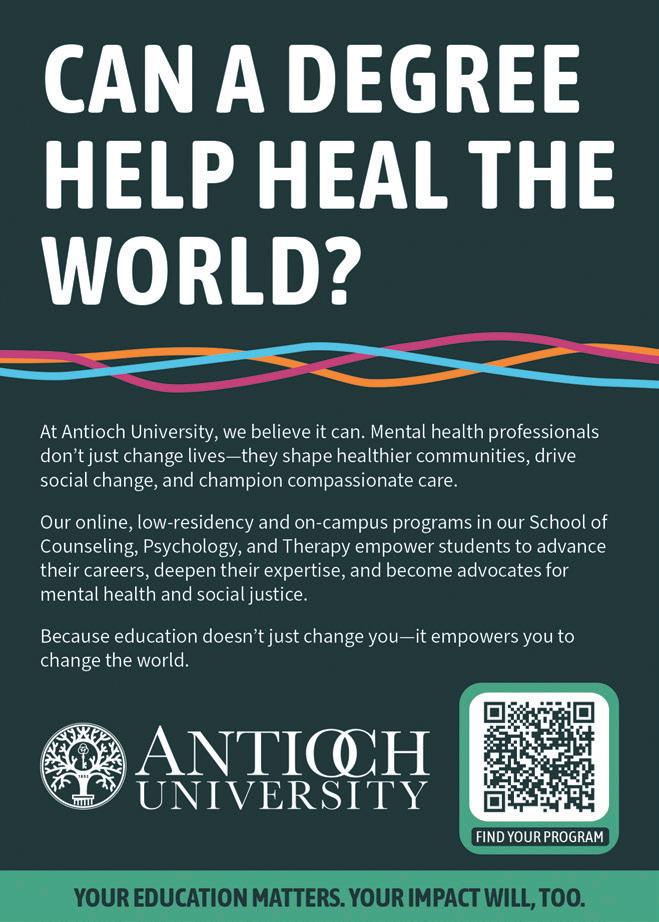

I Saw U…
Riding the Scrambler at Psychedelic Salamander, Talking Giallo at Scarecrow, and Covered in Puke at the Tractor
ILLUSTRATIONS BY WILL JEWKES
Did you recently share a ~*moment*~ with someone while riding the bus, dancing at the club, or standing in line at the supermarket? Do you want to try to reconnect? Submit your own I Saw U at thestranger.com/ isawu, and maybe we’ll include it in the next roundup! Look for a new batch of I Saw U messages every week on thestranger.com.
Vibing at ALDS game 1 I was on the aisle of 345. You were on the aisle of 344. We shared some vibes every time something positive happened. Let’s keep the vibes going?
Sparks at ALDS game 2 We were vibing in center field bleachers sec. 192! I regret not getting your name after such a great game. You were so cute and funny.
Shadow Play 09/27/2025 Saturday
You had what appeared to be Back Cat logo yellow pants, I was wearing black, lets to get coffee?
Murakami Recs on the Train We had matching boots and pants and a matching taste in Murakami. You were also very cute. Want to chat more?
Good guy in Ballard 10/5 Man at Market+ Leary in Ballard 10/5 6:30 PM. You were giving shoes and socks to a homeless man. Wanted to say thanks for treating him like a person.
Masked cutie at Scarecrow 10/15 around 4pm. We talked about Giallo and the Psychotronic bingo challenge. Talk more about movies together?
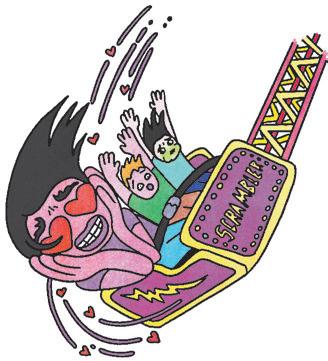
Psychedelic Salamander - The Scrambler
You were in line for The Scrambler ride with a kid. I was laughing maniacally on the ride with my kid + nephew. Ruggedly handsome, let’s connect??
Two super cool women who I met in an alleyway
We yapped away outside the party, I forgot
to ask for y’alls info. I had a less cool septum ring and leather jacket. Let’s be friends!
The chill in the air really made you standout.
Wow, 3rd and Madison northbound bus stop you walked by looking a bit chilly with no shirt, hope you didn’t get a chest cold. Thanks for the look back.
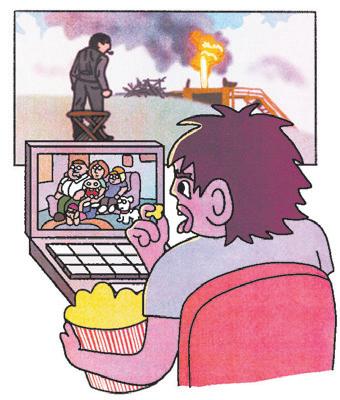
Laptop at SIFF
You FULLY HAD YOUR LAPTOP OUT at the Friday showing of There Will Be Blood at SIFF Downtown. Next time please stay home, you nasty little freak!
rescued senior male runner in Lake Union 10k
Me: senior male in green shirt ran into light pole. You: kept me from falling allowing me to continue to 2nd place. Thanx so much!
I’m mostly OK
McDonald’s Edgar Bat @ Tractor
Saw you at the Mariners watch party, hanging on to your lucky bat with vomit in your lap. I love a man who can’t hold his liquor.
Fellow Sag with sun earrings at Revolver
You & your Aquarius had immaculate vibes chatting in the bar line. Would love to get together in our south Seattle neighborhoods sometime!
Girly pop at the UW vs Rutgers Tailgate
I felt so out of place as a gay man surrounded by straights. You saw me, we locked eyes and then you played the gayest music. I felt seen. Thank u <33
jigitz make out sesh
My crew was hovering behind your crew at jigitz. We vibed and then I suggested we make out, a couple times, and it was a treat. Lost you after lights
Is it a match? Follow The Stranger on Instagram and leave a comment on our weekly I Saw U posts to connect!
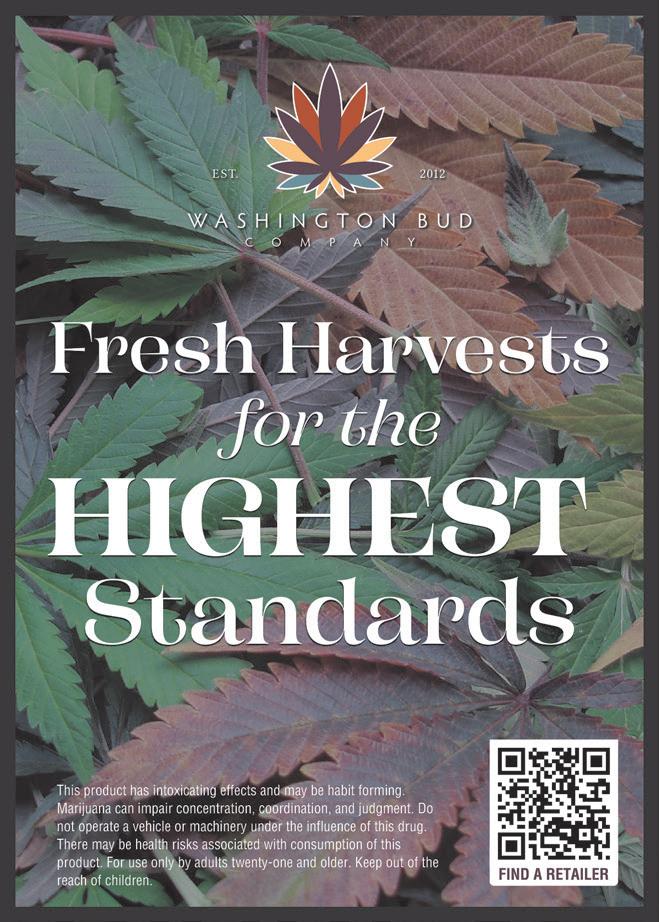

HANDCRAFTED OLYMPIC PENINSUL A on the


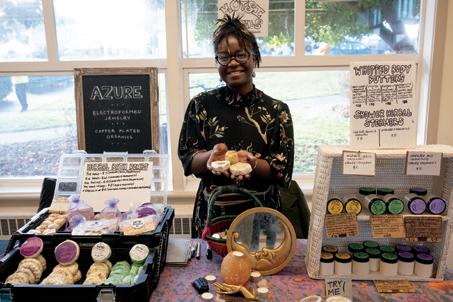

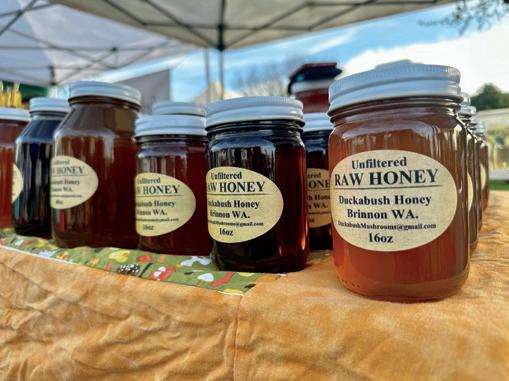
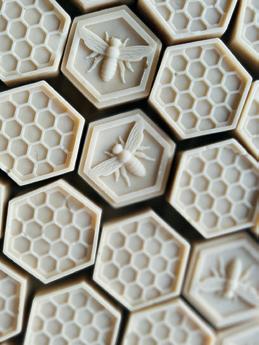
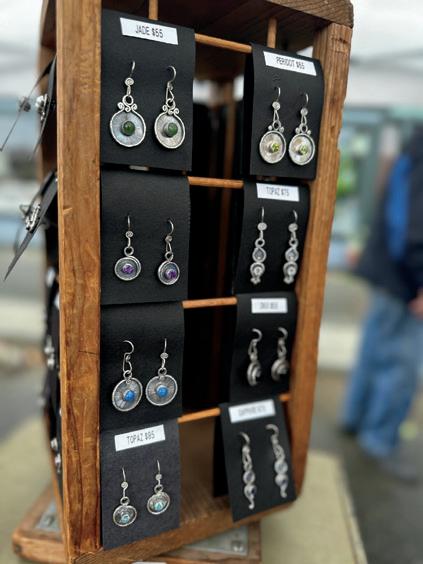
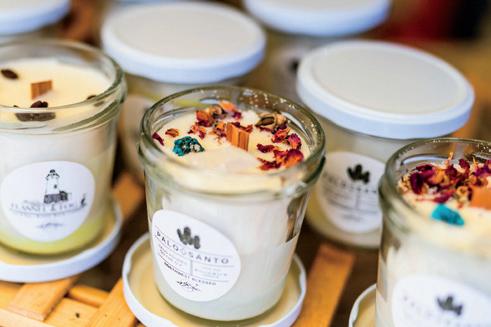


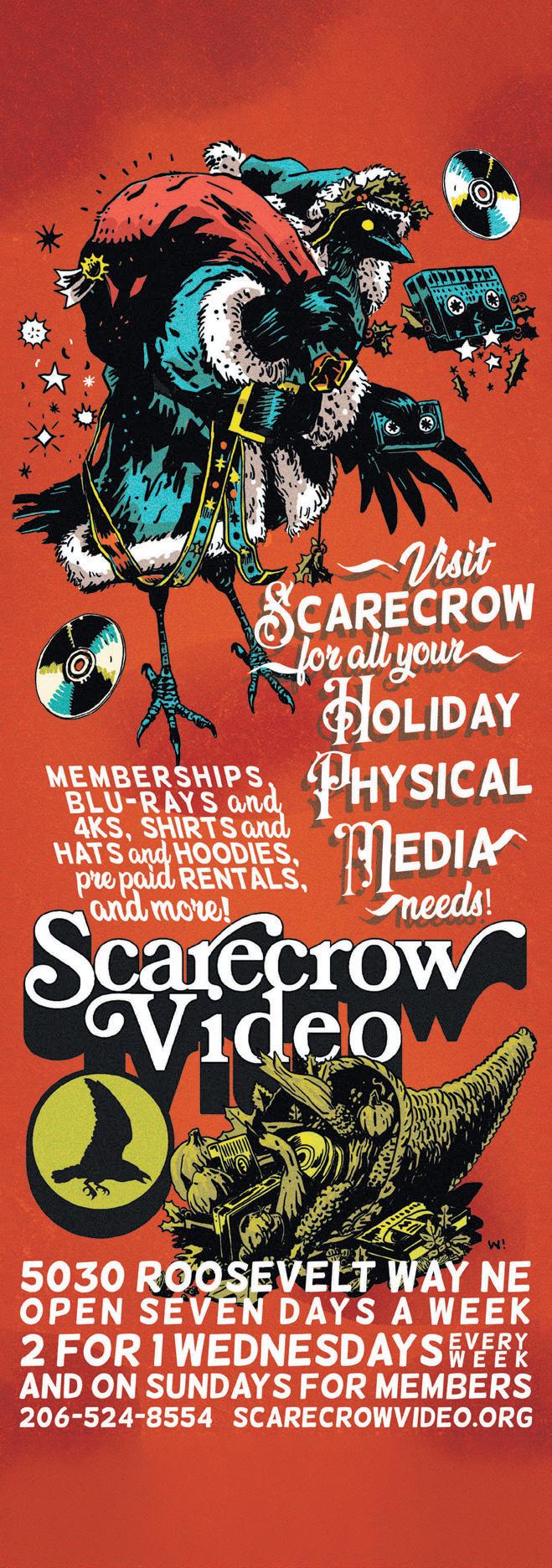
LAST MONTH THIS MONTH
All the Sexy Jewel Heists, Low Fertility Rates, and Hidden Cameras in Poker Chip Trays You May Have Missed in October
Last Month This Month is a recap of all the previous month’s news, featuring headlines from Slog AM. Find it in every issue of The Stranger!
* * *
Seattle elected a mayor, but as of press time, we don’t know which one. We’re not sure why we’re writing a newspaper before election day, and publishing after election day, but that’s journalism, baby. We do have a website though. Tell us, is the mayor the good one? Or the one that hates women and reminds us of Scary Nights With Dad?
* * *
A 29-year-old former Minor League baseball player from Auburn broke into the Capitol Building in Olympia, where he lit fires, tipped statues, and broke glass with a hammer. Sounds fun, but he’s facing felony charges. His motive is unclear.
* * *
The Egyptian is entombed. SIFF announced in a press release that the movie theater, which has been closed since a pipe burst and flooded the building in 2024, won’t reopen, as it “would not have contributed to SIFF’s long-term organi zational stability .” Seattle Central still owns the building, but it’s not clear what’ll happen to it yet.
* * *
The wrong people are dying. Neo-soul pioneer D’Angelo died from pancreatic cancer at 51. Actress Diane Keaton died from pneumonia at 79. Trans activist Miss Major died from an infection at 78. Jane Goodall was spared by chimps, but not time, at 91. Young chess grandmaster Daniel Naroditsky died of unannounced causes at 29. Jimmy Kimmel survives at 57.
its access badges. It’s fine because Alexander Graham Bell invented this thing called the telephone and you can talk to other people over long distances without your boss’ permission . The technology has evolved somewhat, but we’re not up on it. We filed this story with a telegraph.
* * *
Still, the only people in “the room where it happens” (that was for you, Hamilton fans) are esteemed outlets and journalists such as Gateway Pundit, the National Pulse, podcaster Tim Pool, Frontlines by Turning Point USA, and LindellTV, run by “MyPillow” CEO Mike Lindell, who is not disgraced at all.
* * *
Four burglars broke into the Louvre in broad daylight and made off with the (royal) family jewels in the span of seven minutes. Brazen, sexy heists are the one true recession indicator. Police have arrested two suspects. No word on the jewels.

worse and the world more on fire, an AI security system at a Baltimore high school flagged a student’s Doritos bag as a gun, because his hand was inside it. Police only let him go after they had him in handcuffs.
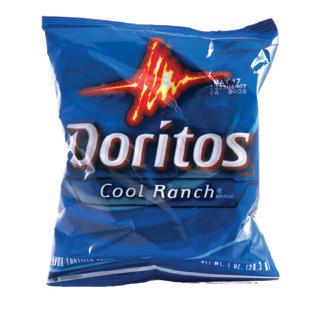
* * *
BY THE STRANGER’S SLOG AM™ SPECIALISTS
* * *
Seattle has the second lowest fertility rate in the country! No babies for us, no babies for you. Since 2010, our birthrate has fallen 20 points. Portland is the only city with fewer children, followed by Los Angeles. We have a few theories. Seattle and Portland can’t dress themselves. LA... well, you can’t support a kid as a working-class influencer anymore. We’re spawnless in Seattle, but we’re sleeping just fine.
* * *


No Kings brought out something like 7 million Americans to the streets. If the signs don’t work, try a January 6th-type situation? The President is generally supportive of them.
* * *
A few Kingly things: The East Wing is rubble . Being anti-fascist is terrorism. Term limits are so over. The Insurrection Act is so in. Venezuelan boats are best exploded. Food and medicine are un-American. They’re giving the army an eating disorder. Congress is jerking off in the bathroom that trans people aren’t allowed in.
* * *
* * *
Well, we’re sleeping fine until the National Guard rolls into town at the invitation of the local right-wing dipshits who joined Trump’s “Antifa Roundtable,” anyway. Brandi Kruse proudly told the President that she’s happier, healthier and “more attractive” after her recovery from Trump Derangement Syndrome. The Discovery Institute’s Jonathan Choe, who was there on behalf of Charlie Kirk’s wife’s TurningPoint USA, told Trump that he should be keeping an eye on Seattle’s Democratic Socialists of America, because their “research” says the DSA is “behind antifa.”
Once again, not an organization
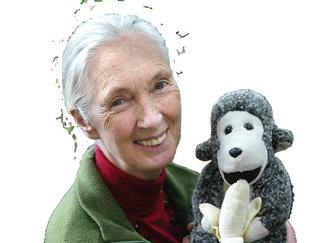
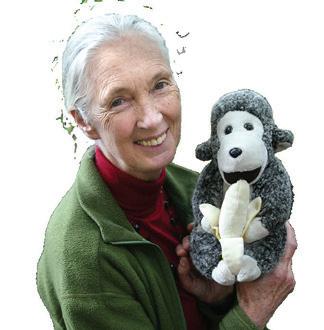
* * *
It’s nice when grifters have to pay. The US Supreme Court wouldn’t hear Alex Jones’s attempt to block a $1.4 billion defamation judgment for his lies about Sandy Hook being staged. Get fucked, Jones. We hope The Onion buys Infowars.
* * *
The Pentagon wanted to approve everything reporters wrote about the military, so most of American journalism turned in
The Mariners fucking blew it in the 7th inning of the 7th game in ALCS against the Toronto Blue Jays. There’s always next year, but probably not. You only get so many bites of the apple, said a depressed Mariners friend. There’s always Prozac.
* * *
A young man busted in on an in-progress Psych 210 class in the University of Washington’s Kane Hall, the school’s largest lecture hall. He yelled insults at the class and Nazi saluted. When he ran out of the class, the professor pursued him. Her class followed her. He was later arrested by UWPD. UW says the man is not a student. Dubs up, sieg heils down.
* * *
The peeping Feds are ogling our state’s license plate data. In some cases, the local police are sharing it with them. In others, they’re explicitly not, but ICE is getting to it anyway. These AI-powered license readers are a public safety liability that undermines state shield laws. The company that makes them, Flock, fucking sucks. Stop buying these things.
* * *
The dribbling Feds arrested Portland Trail Blazers coach Chauncey Billups —a real man, a real name—in connection with rigged poker games . Billups invited schmucks to gamble against himself and other former basketball players. In the games, Billups and company allegedly used “ altered card-shuffling machines , hidden cameras in poker chip trays, special sunglasses and even X-ray equipment built into the table to read cards.” The mafia is allegedly involved, which raises a question. What’s the best Italian restaurant in Portland?
* * *
The government was shut down, like, all month. It’s supposed to be open. Instead, we’re rawdogging air travel with unpaid air traffic controllers, trimming our personal budgets of all that superfluous social security assistance , and hoping the grocery stores start selling food for free. Pls, sir, can I have some moar?
* * *
In the spring, Trump cut nearly $500 million worth of deliveries to the country’s food banks. That means 94 million pounds of food never made its way to needy bellies. We’re not sure you’re familiar with the human body, but eating is not optional

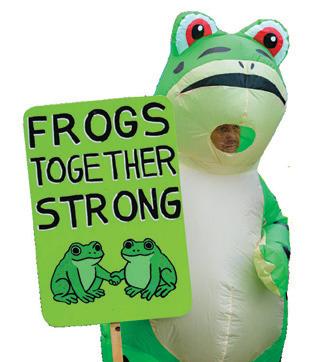

* * *
No need to edge in Portland and Chicago. The National Guard already came Despite their presence being legally pending, Chicago is swimming in around 500 guardsmen. Portland is flush with troops, too. Our weird cousins to the south have garbed themselves in inflatable armor They have assembled an army of frogs (and dinosaurs, and sharks, and pandas, etc.)
* * *
Trump supposedly managed to negotiate a ceasefire between Israel and Hamas. As per the terms of the agreement, Hamas released all the remaining Israeli hostages. However, despite a ceasefire Israel has kept bombing Gaza. Seems as though this ceasefire is not that at all.
* * *
US customers sued the athletic shoe company On because they allegedly make a noisy and embarrassing squeak.” They’re also ugly as fuck, and that’s embarrassing, too, but that’s not part of the suit. ■
The monkey isn’t real.
Sacre Bleu!
BANG!
I bet it smells crazy in there.
BUSYPIX / GETTY IMAGES
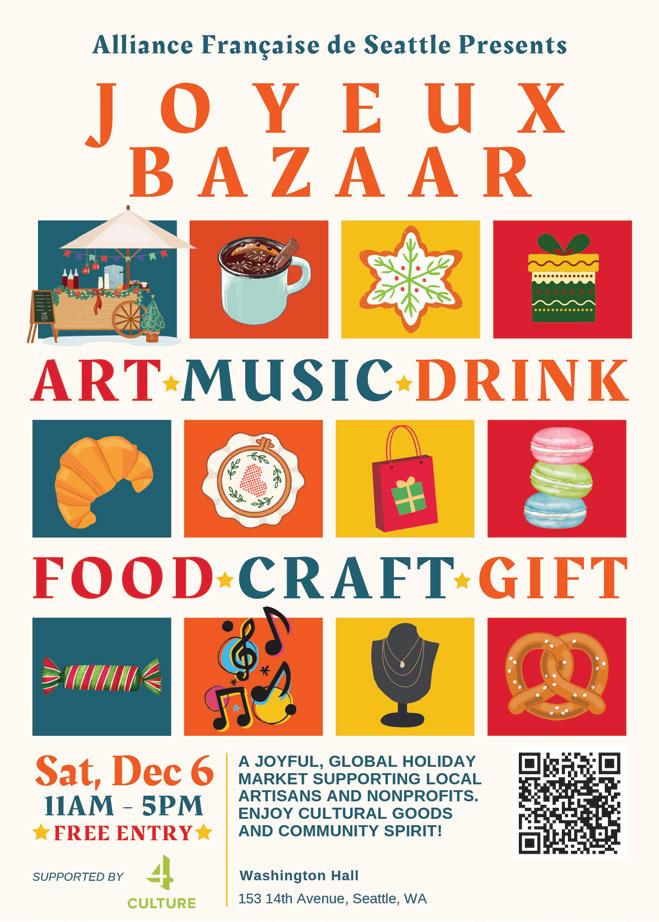
POLITICIANS AND BURNING UP THE PLANET FOR PROFIT.
CORPORATIONS AND WEALTHY ELITES ARE BUYING OUR POLITICIANS AND BURNING UP THE PLANET FOR PROFIT. AND WEALTHY


ARE YOU READY FIGHT BACK?

READY FIGHT ORGANIZE WITH 350 SEATTLE FOR CLIMATE JUSTICE

ORGANIZE WITH 350 SEATTLE FOR CLIMATE JUSTICE
BIT.LY/FIGHTBACK350S BIT.LY/FIGHTBACK350S


Polling Shows Seattleites Actually Like Seattle
Well, well, well, not such a shithole, is it?
BY NATHALIE GRAHAM AND VIVIAN Mc CALL
You know the narrative by now. Seattle is dying. The CVS downtown is closing. Starbucks is making itself scarce. The Seattle of yesteryear is gone. Instead, we are all living in hell. Leafy green hell. The way the Chamber of Commerce tells it, we’re on the brink of becoming a bust town. People are one straw away from packing it up and moving to Idaho (or at least Bellevue).
Except, that’s not true. Their feelings are not the facts, or the cold, hard data from the new and exciting world of Stranger polling. The pollsters (kind, sapiosexuals) at DHM Research, a reputable, non-partisan PNW-based public opinion research firm surveyed 600 people in Seattle on their thoughts and feelings about this city, its politics, and its issues.
We found nearly 70 percent of Seattleites are satisfied with their quality of life in this city. Seattle is, by all metrics from the peo-
We wanted to talk to a sad, rich person, but Mayor Bruce Harrell wasn’t available.
ple who actually live in it, thriving. When we called a few of them up, they gave us the strong sense that they were grateful to be in this city and state while Donald Trump is in office. Plus, it’s a nice place to be. This is a city of transplants, but it’s also a city of simple pleasures. The water. The trees. The rats. It’s bursting with life.
“They’ve been saying Seattle’s been dying for long enough that I’m pretty sure it’s not, unless it has a long-term condition,” says Lucas Combos, 33.
Of course, a minority of people are dissat-
isfied with their lives in Seattle—and they are way overrepresented by the richest and the poorest in our sample.
The richest, most conservative, most unhappy people are primarily voting for institutional candidates to keep things as they are. The most satisfied people were neither the richest, or the poorest. They were comfortable-ish, and generally progressive.
But in a city of transplants, “progressive” is not a one-size fits all term. To a Floridian, Bruce Harrell seems very progressive. The difference between him and Katie Wilson, while substantial, is not the yawning gap between Bruce Harrell and Governor Ron DeSantis.
Why ask these questions at all? When the powerful are telling you that this place is a shithole and that everyone agrees with them, this data helps cut through their bullshit, and raises important questions about the narrative that is guiding city policy and shaping
our lives in major ways. We’re not very good at saying what we think in Seattle. But we’re really good at answering surveys.
Here’s what we found.
Follow the Money
Other than political leaning, which is the biggest difference on almost any question, DHM told us, money is the most dramatic indicator of satisfaction in our sample. People who make less than $75,000 are 58 percent satisfied, and 38 percent dissatisfied. People who make $75,000 to $100,000 are 73 percent satisfied and 19 percent dissatisfied. People who make $150,000 to $200,000 are 86 percent satisfied and only 11 percent dissatisfied. This is peak happiness, which drops off a shelf when salaries break $200,000. Let’s call it the gold ceiling.
Among the $200,000 to $350,000 group, 68 percent are satisfied with their quality
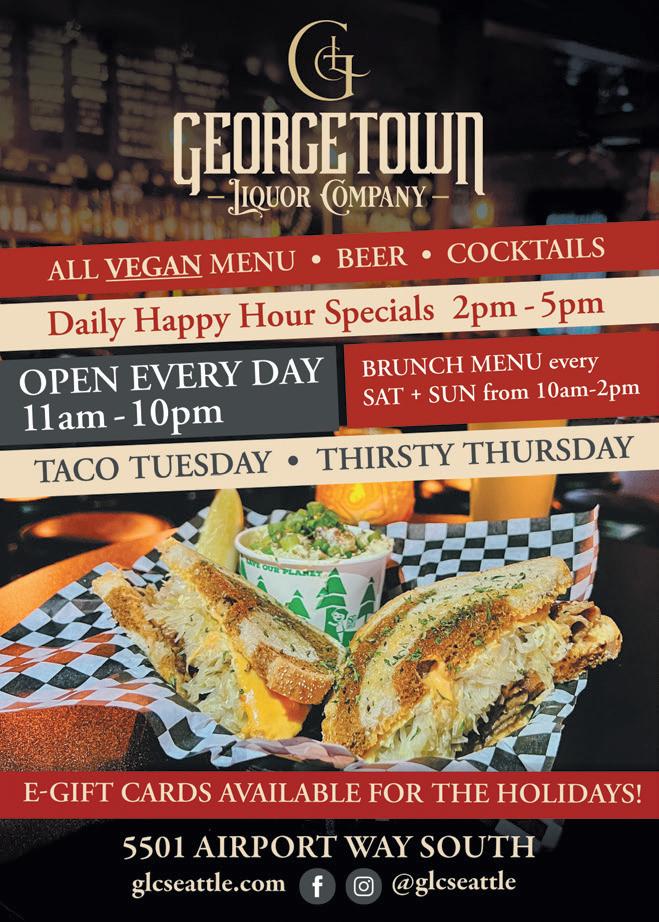


of life in Seattle, and 25 percent are dissatisfied. The $350,000+ group is 56 percent satisfied and 36 percent dissatisfied. Presumably, they’re frowning with a lakefront view.
So, generally speaking, those who have enough to live comfortably, but not excessively are the happiest—and most progressive—here.
Amy Bates is one of them. She’s in her late 50s, living the You’ve Got Mail life without the threat of Tom Hanks. She worked for Amazon in the tech boom, got her bag, opened up Madison Books in Madison Park Beach and lived “very satisfied” ever after. Though she is “one of the gentrifiers,” something she didn’t realize when she moved to the Central District in the 1990s. She makes between $100,000 and $150,000, or peak happiness.
“I was younger and an idiot and didn’t realize what I was doing,” she says, guiltily.
“I really like being here because the community is coming together to support each other, and the arts and foodbanks,” Bates says. “It gives me hope with everything going on.”
Seattle politics are a dream compared to what lurks in the forest, beyond the borders of King County (Republicans, guns, other counties, oh my.) Bates recognizes that our bubble is blessed, and so is she.
“All feelings of Amazon aside, I wouldn’t be here if I wouldn’t have had that early tech opportunity and gotten that money from that,” Bates said. “I would be priced out.”
Loving a place is not the same as being satisfied with your life. Lifelong Seattleite Ana Erikson is preparing to move to Portland. Not because she wants to, but because she has to. Erikson is a young mother with a 3-year-old who makes between $50,000 and $75,000 a year. Her husband is a pre-
school teacher, so their child’s tuition is free. If he wasn’t, “I don’t think we’d be able to afford rent,” she says.
And they don’t even want to be renters. But home ownership in Seattle is out of reach. In Portland, they’d at least have a shot.
“I feel like housing affordability has been getting harder and harder for the last two decades and nothing has significantly been done and it’s only been getting worse,” she says.
We wanted to talk to a sad, rich person, but Mayor Bruce Harrell wasn’t available. Neither were the sad rich people who answered our survey.
But we did talk to a happy one.
Christopher Cowart is in his 40s, “somewhat satisfied” with his life in downtown Seattle, and he’s “filthy tech money” fucking rich. He reports a household income of over $500,000 a year. Based on our survey, he should be a glowering conservative. He’s progressive. When our pollsters asked explain what that meant to him, he answered: “This isn’t a philosophy exam.” Right, it’s a poll.
Cowart has his criticisms, but he’s an optimist.
“Some of the things I’m happy with are the way the city seems to be trying to improve itself,” Cowart says. “We often have our heart in the right place even if we don’t have the execution down.”
We have buses and trains, but they’re unreliable, he says. He’s noticed that an “army” of people are caring for the streets downtown, but stop when they reach Capitol Hill.
“That vibrant neighborhood is way less taken care of,” he says.
We need to make the hard decisions. Piss off the drivers and build a dependable system, which actually makes their lives better,
too. Plan comprehensively in our Comprehensive Plan.
“Can we pretty please have a progressive income tax already? Pretty please?” he says.
Shiny Happy People
According to the poll data, more Wilson voters (79 percent) are satisfied with their lives than Harrell voters (66 percent). This is also true of Dionne Foster and Erika Evans voters, compared to people voting for their more conservative counterparts. Happier people are voting progressive, and for change. The people who are unhappy are voting for more of the same.
Duane Duval, 69, describes himself as “pretty affluent.” He’s fed up with Seattle and he supports the politicians who’ve been running Seattle for the last four years, he says. They include Bruce Harrell, City Council President Sara Nelson, City Attorney Ann Davison, and city council hopeful Rachael Savage.
“The city’s gone from almost crime free to almost a crime spree,” Duval says. He grew up in Detroit, so he knows about crime, he says. “The city council has rolled out the welcome mat for drug addicts in this city. ”
Despite them being the powermakers in charge of the city he sees falling apart, Duval wants to give them another shot. He thinks Harrell has some good ideas. If things don’t change, Duval’s not sure he’ll stay.
“There was gunfire in my neighborhood and I’m pretty affluent,” he says. “That’s scary to me.”
He’s been intending to buy a home in his neighborhood, but isn’t sure if that’s in the cards now. “I don’t want to get shot for my wallet or whatever.”
Mostly, he doesn’t believe any type of social programs will work because people
don’t take care of things that are given to them, he says. Additionally, making the city affordable “never works,” according to Duval.
“What we need to do is build people up, not tear the city down,” Duval says.
Max, who didn’t want to use his last name, moved to Seattle from Philadelphia eight years ago. His wife grew up here. Happy wife, happy life, right? But also happy Max, happy Max… right?
Max is a socialist who is “somewhat satisfied” with his life here, which is about the most you can ask of a socialist living under capitalism. He loves the climate, the people, the history, the nature—the usual public goods that lure outsiders to
The people who are unhappy are voting for more of the same.
this provincial hamlet. He’s fortunate, he says, with caveats. Philly is phunky. Seattle is sterile. The affordability crisis is choking out offbeat places, pushing out families, and eroding his quality of life year by year. He grew up in a neighborhood community. He doesn’t think his sons will have that, he says.
Jade Myers, 28, Minneapolis transplant moved here less than two years ago and she loves it, with a few caveats.
“Most of my positive feelings come from the access to nature,” Myers says. She loves camping and hiking and that Seattle is green year round. Also, she loves the transit. Myers sold her car before she moved and gets around by biking and busing.
“Overall, I mostly love living in Seattle and

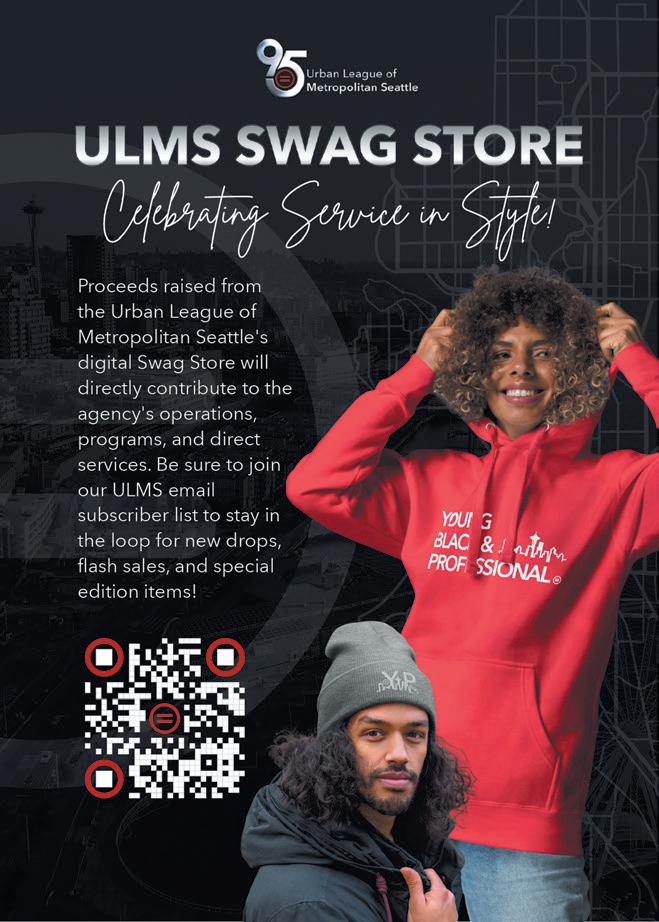

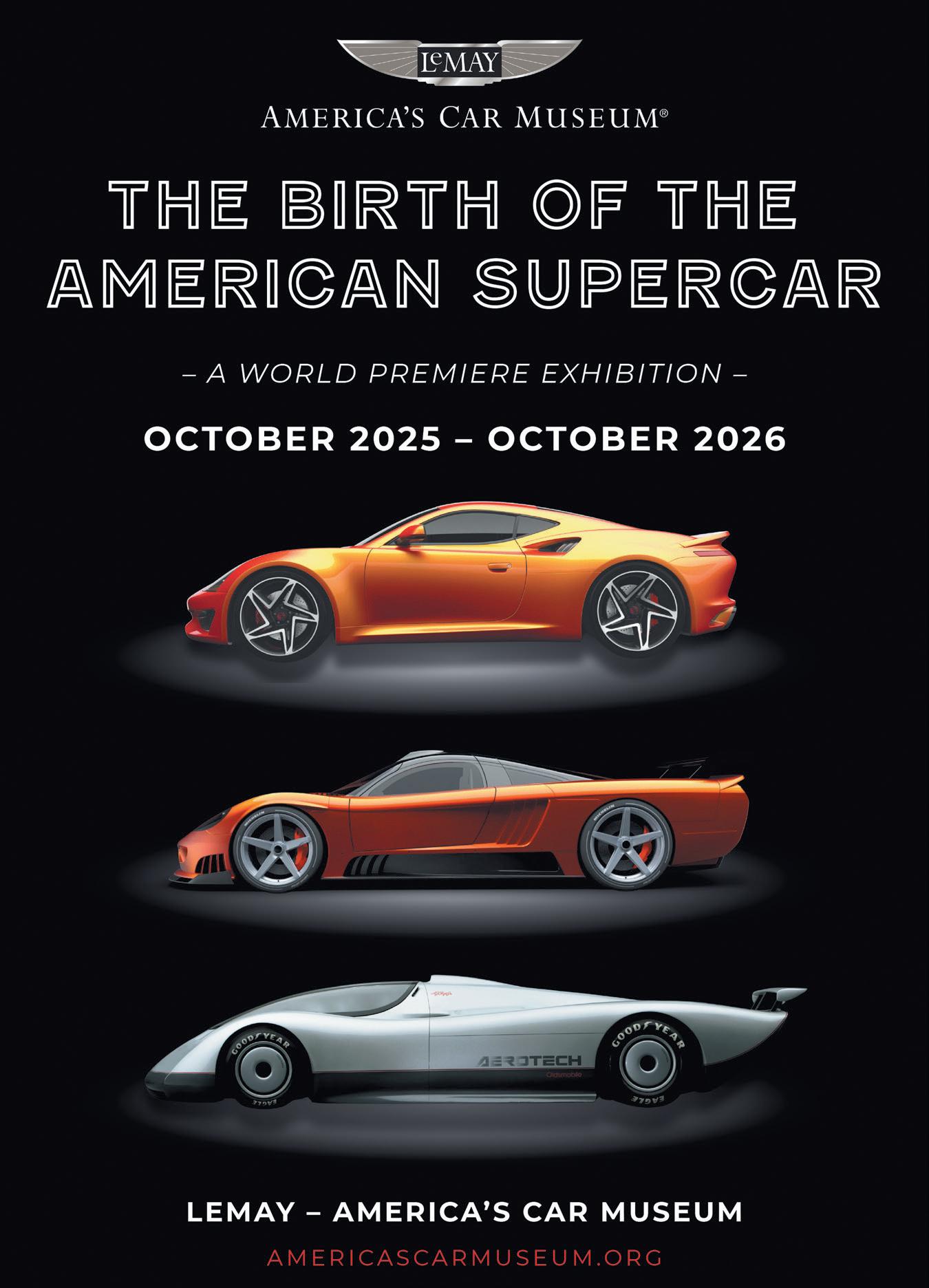
plan on staying here,” Myers says.
What “deducts points” away from Seattle in Myers’s book is the cost of living—and the restaurants.
While progressive politics won’t fix the dismal food scene, she’s optimistic they’ll help the city’s affordability crisis and create better housing and transit. It’s why she voted the way she did—for change.
Undecided Voters, They’re Among Us We don’t know what the hell to do with political anomaly and Florida man Chris Adragna, but he entertained us. He was the election personified, and he’s only lived here for 16 months.
“I’m extremely progressive, very affirming toward people,” he says. In our poll, he wrote that his biggest issue was the “Effect of drug-addicted zombies.”
He’s in his late 50s. He makes between $150,000 and $200,000 a year. He gave all his democracy vouchers to Katie Wilson’s campaign, gave her an additional $100, but
planned to vote for Harrell. At least that’s what he told our pollsters. He’s done a lot of polls and gives different answers each time. Over the phone, he said he didn’t know whom he planned to vote for. We asked if it was going to be a game-time decision for him. He didn’t know that either.
What’s crazy is he doesn’t even seem to like Harrell.
“I think Bruce is Mayor Quimby from the Simpsons ,” Adragna says. “He’s just a doofus, he does things ceremonially, he’s smitten with his own self and doesn’t realize it. The whole thing with the basketball…” Adragna trailed off, referencing Harrell’s sike-out Supersonics non-announcement during his State of the City address. Yet, even though he aligned with Wilson on the issues, he wasn’t sure she had the experience to hack it in the mayor’s office, even if the alternative is a hack.
Dudes rock. Democracy is awesome. Answer your pollsters. As of press time, we don’t know whom Adragna voted for. Hopefully, he’s happy with the results. n


METHODOLOGY
From October 6-13, 2025, DHM Research conducted a mixed-mode (phone and text-to-online) survey of Seattle residents and voters. The purpose of the survey was to understand Seattle’s electorate in general as well as the voter base for the November 2025 election by testing support for different candidates, priority of different issues, and political identity.
RESEARCH METHODOLOGY
The survey consisted of n=600 Seattle residents and took approximately 12 minutes to complete. The sample included n=400 likely voters and n=200 voters who said there is a 50/50 chance they will vote
or less. This design allows for analysis of the potential outcomes of the November election, while also setting up for future polling of the general population on issues beyond the election. Both subgroups are of a sufficient size to assess opinions generally and to review findings by demographics and psychographics including age, gender, race, sexual orientation, education level, income, political identity, home ownership status, and city district.
Respondents were contacted from multiple lists, including a list of registered voters, a landline household list compiled from public records and consumer lists, and a cellular consumer list based off cell and cable consumer information matched to publicly
All the Details You Didn’t Know You Needed About Our New Public
Opinion Polling
BY HANNAH MURPHY WINTER
You might not expect The Stranger to produce reputable polling (you’ve seen our sex survey). And rest assured, we didn’t. But we paid someone to do it for us.
Specifically, DHM Research, a nonpartisan public opinion firm that specializes in the Pacific Northwest.
We decided to do this because we were asking questions that other people weren’t—at least not to the same group of 600 statistically significant people around the city. Questions like: Do they really hate Seattle? Is it dying? Are they afraid to leave the house for fear of running into the public safety crisis in a dark alley? What issue drives them to dig their ballot out of their junk mail? Is Bruce Harrell Superman?
We didn’t ask them like that—that would lead to very biased study results. And thankfully, the data scientists DHM knew how to ask these questions scientifically
Those geniuses pulled together a 46-question survey for the masses. And between October 6 and 13, they polled The People by phone and online. Of those people, 400 of them were likely voters, and 200 said there was only a 50 percent chance they’d cast a ballot this year. (You can read more about the methodology in the fine print below, if you’re that kind of
available address information. Telephone respondents were contacted by a live interviewer, and text-toonline respondents received a text invitation directing them to an online survey. In gathering responses, a variety of quality control measures were employed, including questionnaire pre-testing and validation. Quotas were set by age, gender, race, political party and ideology, education, income, and city region to ensure a representative sample.
STATEMENT OF LIMITATIONS
Any sampling of opinions or attitudes is subject to a margin of error. The margin of error is a standard statistical calculation that represents differences between the sample and total population at a
nerd). After all that was done, they came back with pages and pages of insights into your brains.
If you ever frequent our website, you may have seen our polling about the election—or in the Seattle Times! (We love it when they have to cite us.) We learned a lot about the stakes of the election before the ballots were counted: that progressives were kicking ass; that the city wanted to elect Katie Wilson, but not all of them were planning to show up to the polls; and the people voting for Bruce Harrell wanted to keep him in office even though they didn’t really like the city he’d been leading for four years.
But that’s not the end of Stranger Polling. We actually asked a stressful number of questions (46, you may recall). And we learned a lot about what gets you fired up and what you expect from your politicians. Plus, we learned what crosstabs are. Through the end of the year, we’ll be doling out this information like children at a petting zoo. Why did people vote like that? What do they expect from their newly elected (or reelected) officials? Were they voting for candidates they loved? Or against losers they were tired of? How does income, age, and politics change those answers?
We’ll have all of that and more. Keep reading. n
confidence interval, or probability, calculated to be 95%. This means that there is a 95% probability that the sample taken for the study would fall within the stated margin of error if compared with the results achieved from surveying the entire population. The margin of error for this survey is ± 4.0%.
RESEARCH BACKGROUND
DHM
DHM Research has been providing opinion research and consultation throughout the Pacific Northwest and other regions of the United States for over 40 years. The firm is nonpartisan and independent and specializes in research projects to support public policymaking. n

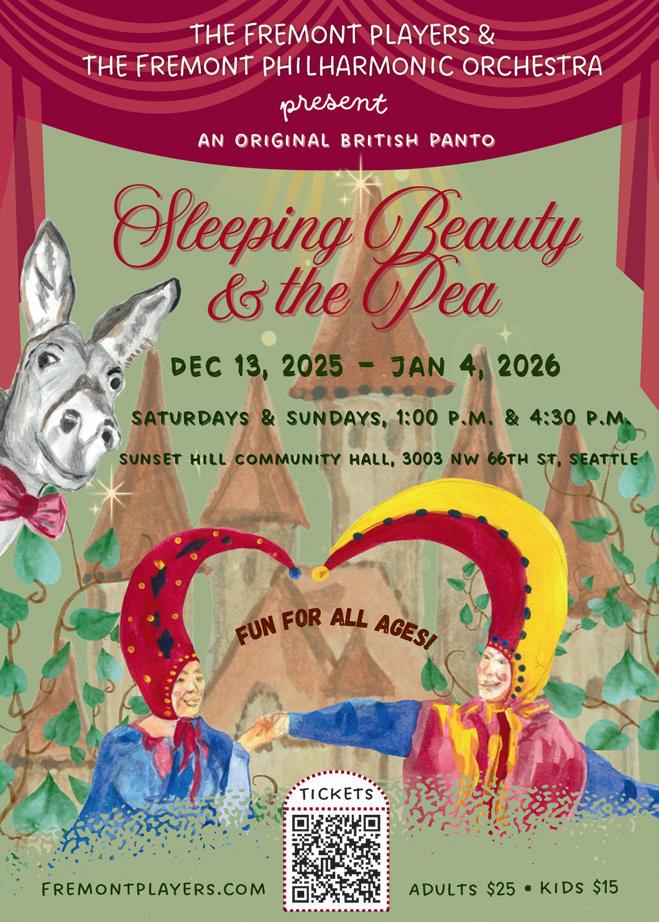
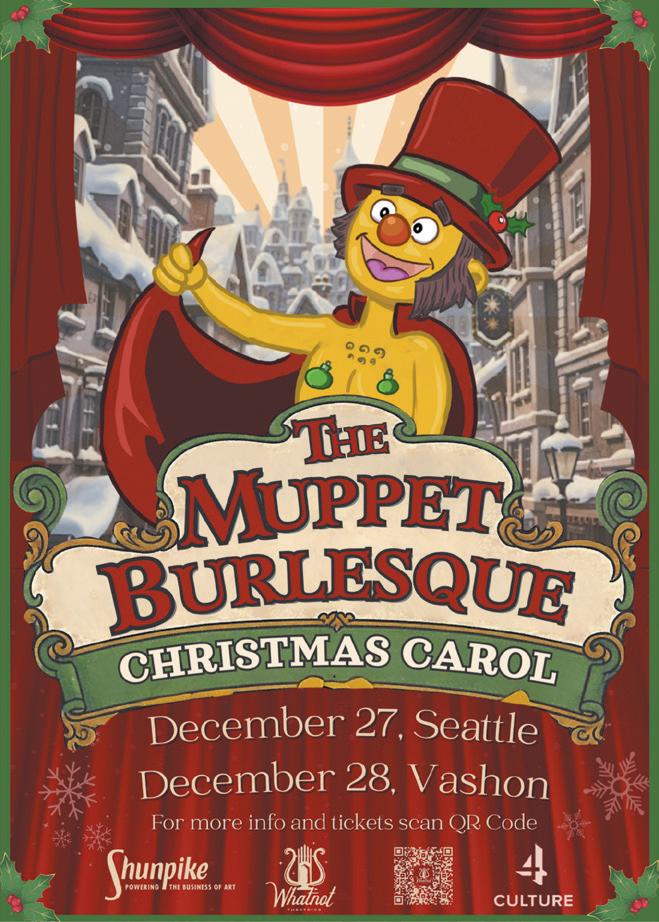
PSA: Mpox Is Back!
This virus is a bitch, but one little vaccine will make all the difference.
BY MICAH YIP
PLUS: EVERYTHING YOU NEED TO KNOW ABOUT YOUR SHOTS THIS WINTER, PG. 21
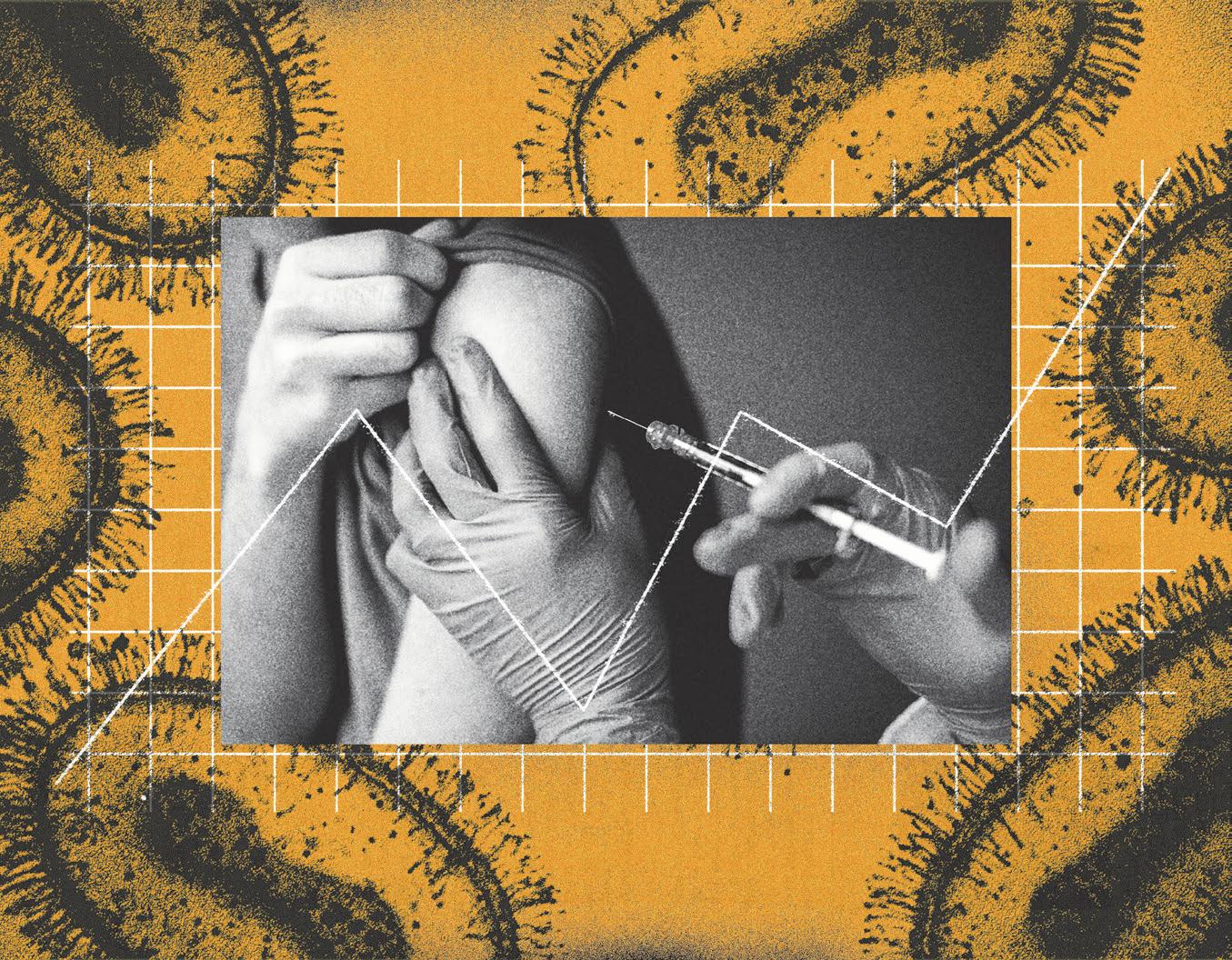
Our newest sexually transmitted bummer is back: Mpox cases are on the rise in King County, and local health officials are urging people that are eligible— and at risk—to get vaccinated.
Last month, the county’s public health department announced that 45 new cases of the contagious, viral illness
were reported in King County residents in September. Case numbers have risen in Chicago, in San Francisco, and New York City as well. You probably first heard about mpox during the 2022 outbreak, which saw as many as 200 new cases in a month in King County. At the time, we were still calling it the stigmatizing “monkeypox.”
ANTHONY KEO; BLACKJACK3D/GETTY IMAGES; CAVAN IMAGES/GETTY IMAGES
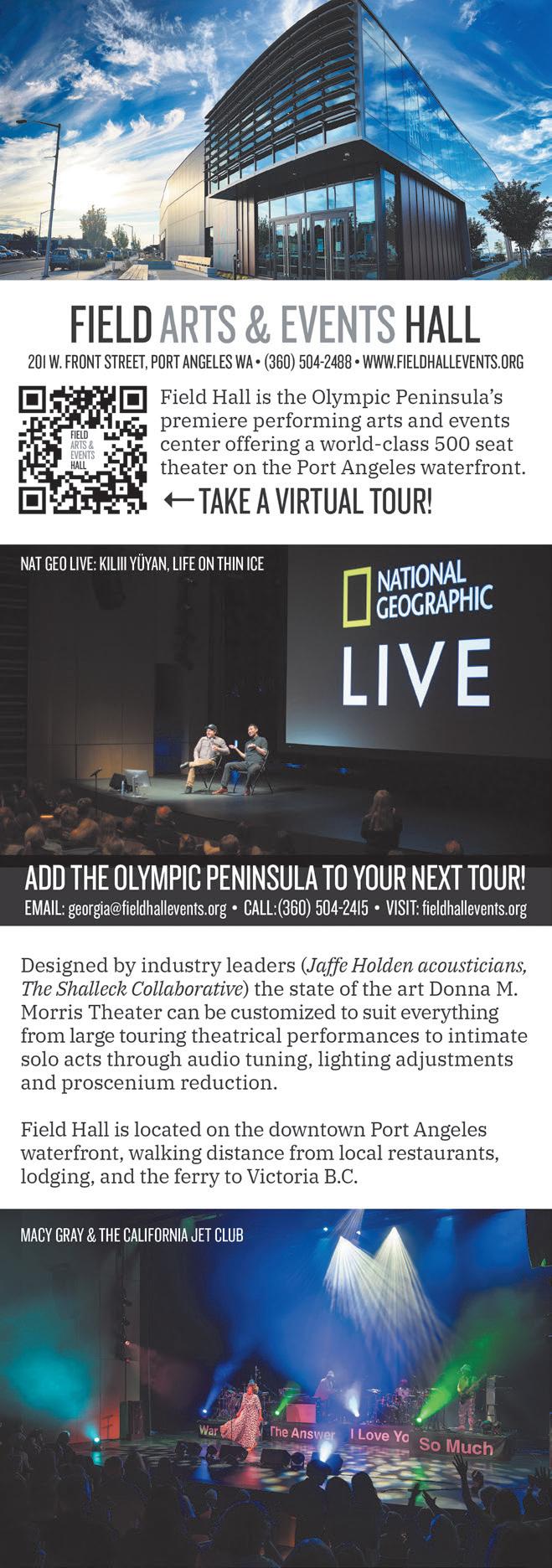


Mpox was first isolated in a captive monkey, but lives and reproduces in rodents, and using that name for a human illness obviously echoed racist language. Stigma and confusion get in the way of treating disease, so after some critique from researchers, the name changed.
Mpox causes an often extremely painful skin rash, and sometimes flulike symptoms. It’s typically spread through skin-to-skin contact. So unless you’re a bubble boy, or have fullbody condoms handy, you can catch it through any kind of sex. Even kissing.
If you’re a man, trans or nonbinary person who has sex with men, you’re most at risk of mpox. If you’re a sex worker, so are you. Public health officials recommend that you all get the two-dose vaccine.
And, while this should be obvious, any skin-to-skin or close contact with a person who has mpox is a risk factor for contracting mpox.
According to health officials, the vaccine prevents most mpox infections. And if you do contract mpox, the vaccine is highly effective at preventing severe cases. Just like the COVID shot, it takes about two weeks from the second dose for the vaccine to take full effect.
Say you do get mpox. Fortunately, you’re likely to recover without treatment in two to four weeks. According to county data, there have been no recorded mpox fatalities in King County, and only 20 of the 716 recorded cases since 2022 resulted in a hospitalization. Worldwide, there were 220 confirmed mpox deaths from
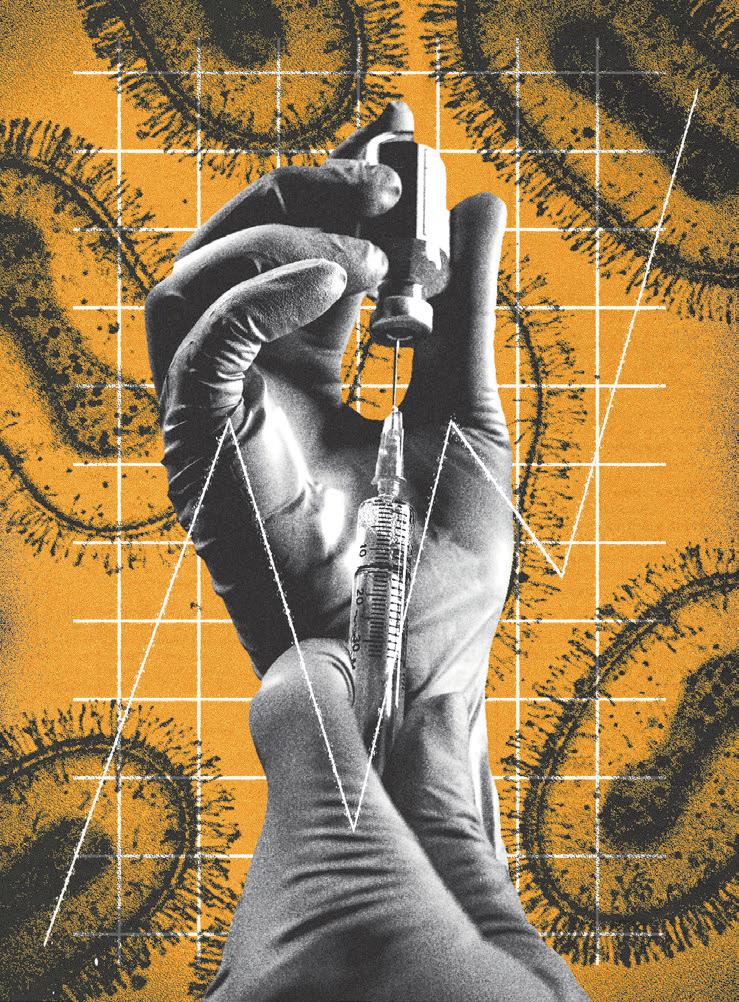
2022 to 2024. But by all accounts, it’s best avoided. If you might have been exposed, now is not the time to cruise.
Dr. Tim Menza, the medical director at the county’s public health agency and a University of Washington professor, said that recent infections include more young adults. Many were teenagers during the 2022 outbreak.
“Folks who were young, it wasn’t a thing or something they thought they needed to pay attention to in that time,” Menza said. “And the fact that maybe
Unless you’re a bubble boy, or have full-body condoms, you can catch it through any kind of sex. Even kissing.
there hasn’t been much messaging around it to kind of keep it in people’s brains as something important.”
It’s easy to understand why. A teenage virgin in 2022 probably didn’t have mpox vaccination at the top of their list. If they’ve discovered the joy of sex sometime in the last three years, they may know they’re vulnerable to infection.
The Department of Health and Human Services’ complete rejection of science hasn’t helped. A decline in federal support for vaccinations and awareness may be contributing to the spread, Menza said. ■
A Guide to Getting Penetrated This Winter
No, not like that. But if you are getting it like that, do read on.
BY HANNAH MURPHY WINTER
We live in a post-truth society now, and nowhere is that more impactful than in the funhouse mirror world of the US Department of Health and Human Services, where Tylenol causes autism, vaccines cause autism, and talking back to your husband causes autism. Reading this article probably causes autism.
It’s made it especially hard to figure out the who, what, where, and why of our annual vaccinations. But the good news is, in Washington, all of our necessary shots are still widely available. For most of you, getting poked protects you, your family, your friends, and your neighbors. All for the low, low price of a sore arm.
COVID: The official guidance around this vaccine has been deeply confusing and at odds with the science for months. First, the HHS only recommended the updated
shot for people over 65 or for those at high risk for hospitalization with the virus— which often required a referral from a doctor. Then Washington, Oregon, and
The good news is, in Washington, all of our necessary shots are still widely available.
California banded together to create the West Coast Justice League, I mean Health Alliance, and promised that patients wouldn’t have to get a doctor’s note to get the COVID vaccine. And then, Washington State established a program to provide free vaccines to uninsured Washingtonians,
but the updated shot wasn’t available for weeks after the announcement. Finally, in October, the CDC tucked its tail and signed off on the newest vaccine.
All of it might make you want to throw your hands up and skip the shot this year. Don’t do it. They’re readily available at most pharmacies now. And if you got COVID during the August spike we had, November is the perfect time to reup your immunity.
Mpox: The oozy, blistery virus is back, and by all accounts, you don’t want to mess with it. Health experts told The Stranger that young people who are sexually active now likely didn’t get the shot during the outbreak three years ago, because they weren’t having sex yet. Losers. So if you’re new to cumming with an audience, or if you didn’t get the shot the first time around, now’s the time. This one isn’t always a walk-into-the-pharmacy situation, but
your healthcare provider probably offers the vaccine. If you don’t have insurance or if your insurance doesn’t cover the full cost, you can get vaccinated for free at the county’s Sexual Health Clinic at Harborview, and you have access to the shot regardless of immigration or documentation status.
The Flu: If I had a dollar for everyone I’ve heard complain about the flu vaccine— that it makes them feel crummy, that they still got the flu after getting the shot—well, I’d have a few bucks. And one of them would be because I myself have been griping about those very things for years. But we’re missing the point. Yes, it reduces your chance of infection. And yes, it reduces your chance of hospitalization. But most importantly, the more people who get the shot, the less likely it is to spread through the population, and the less likely vulnerable people are to be exposed to it.
■
ANTHONY KEO; BLACKJACK3D/GETTY IMAGES; SKAMAN306/GETTY IMAGES
Gift Guide
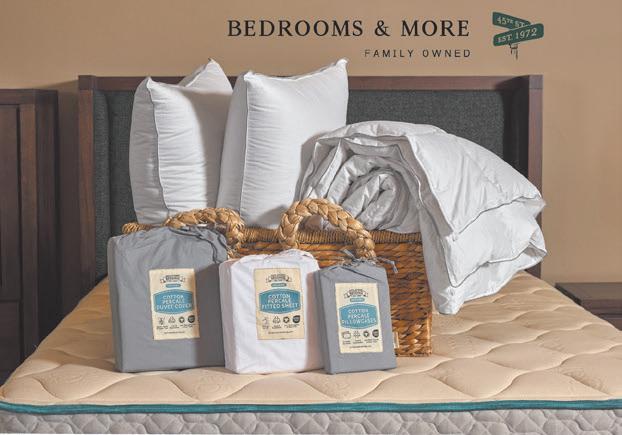
Give the gift of comfort that lasts long after the holidays, at Bedrooms & More.
Shop local this holiday season for sustainably made mattresses, natural & organic bedding, and cozy home furnishings. With in-stock items ready for delivery today, it’s easy to treat loved ones — or yourself — to the gift of comfort and a better night’s sleep.
Bedrooms & More |324 NE 45th St. Seattle, WA 98105 (206) 633-4494 | bedroomsandmore.com
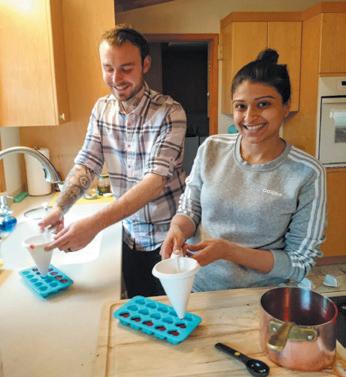
Mary’s Cooking School

At Mary’s Cooking School we give you the confidence to be the boss of your kitchen! Whether you’re looking for simple weeknight recipes, ways to save time and $, or Cannabis Edibles, Gummies or Topicals, I got you! Mary’s Cooking School | maryjwhite.com
Jim Woodring
2026 Art Calendar
$25 Comix, Art, & Badass Books.
Fantagaphics
Bookstore & Gallery 1201 S. Vale Street, Seattle 206-557-4910
facebook.com/ fantagraphicsbookstore
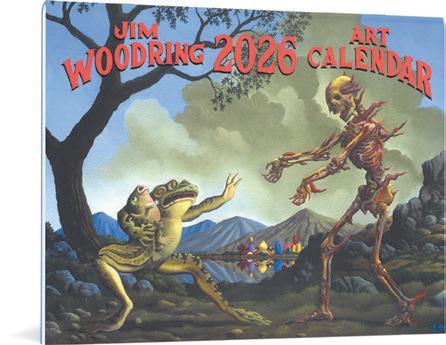
ADVERTISEMENT

Gift a Burke Museum Membership
Give your loved ones an experience to remember. Burke Museum members get a full year of free admission, priority access to special events, exclusive behind the glass opportunities, store discounts, and more.
Burke Museum of Natural History and Culture 4303 Memorial Way NE, Seattle WA 98195 burkemuseum.org

SAM Shop & Gallery
Unique gifts for everyone on your list
Featured item: Baguette Lamp by Yukiko Morita, $230.
Visit the SAM Shop & Gallery at the Seattle Art Museum to find great gifts for art lovers and foodies in your life! This holiday season, enjoy our special product selection inspired by Farm to Table: Art, Food and Identity in the Age of Impressionism. Seattle Art Museum Shop, 1300 First Avenue, Seattle, WA 98101 visitsam.org/shop
Finnriver Brandywine Sampler: A Little Box of Cheer
Treat yourself—or someone you love—to a trio of Finnriver’s beloved brandywines, beautifully packaged for the gift-giving season. Add a splash to champagne or soda water, drizzle over ice cream or cheesecake, or stir into cocktails. A thoughtful gift for anyone who loves craft beverages made with organic fruit.
Available online at finnriver.com/gift-sets, at farmers markets where Finnriver is present, and in person at our organic farm and orchard on the Olympic Peninsula: 124 Center Road, Chimacum, WA.
Gift Guide
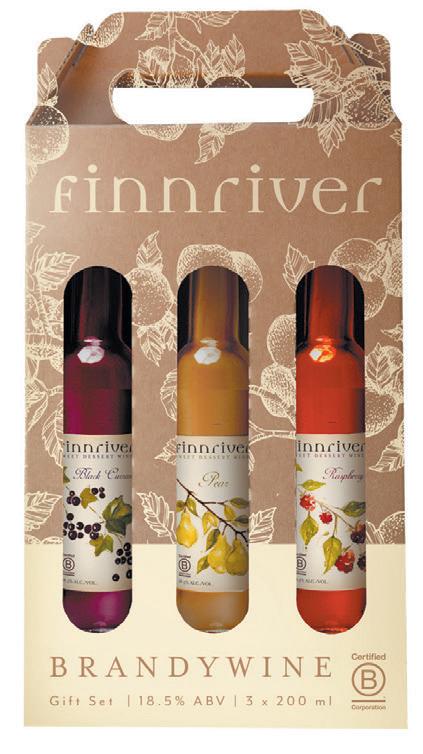
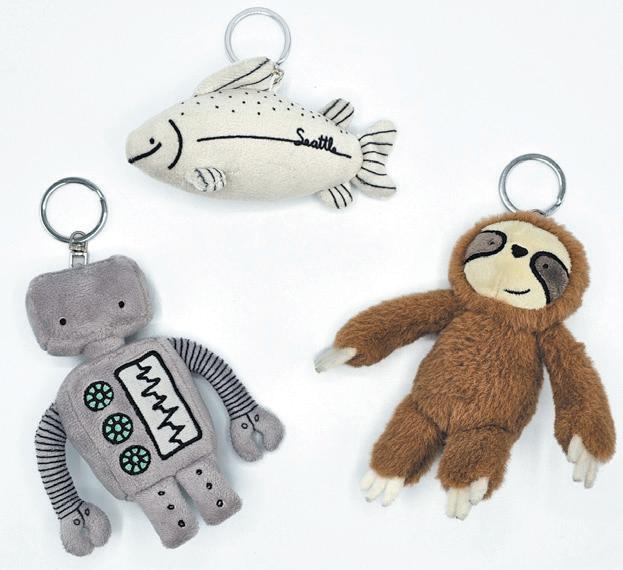
La Ru Keychain Plushies
$24
Need a friend for your backpack? These adorable keychains are designed by Seattle artist La Ru. Robot, Sneaky Sloth, and Seattle Salmon are super soft, miniature plushies that measure about 4 inches tall. Seattle Salmon even comes wrapped like a real fresh fish market salmon. You can find these at Robot vs Sloth in the Pike Place Market, Magnolia Village, or online at robotvsloth.com.
Robot vs Sloth | Pike Place Market: 1535 1st Ave, Seattle, WA 98101
Magnolia: 3300 W. McGraw St, Suite 102, Seattle, WA 98199 robotvsloth.com
Huckleberry Gift Box packaged in a Taste of the Pacific Northwest gift box
$54
What could be more “PNW” than huckleberries? Offer your loved ones something truly local for the Holidays. Our Huckleberry Gift Box includes:
• 10-pack Huckleberry Tea
• Huckleberry Licorice
• Chocolate Covered Huckleberries
• Jar of Huckleberry Jam
• Huckleberry Pretzels
• Huckleberry Popcorn
• Huckleberry Caramels
ADVERTISEMENT
• 2-pack Huckleberry Biscotti Bar
Pacific Northwest Shop 4411 Wallingford Avenue North, Seattle, WA 98103 - (206) 535-6920

2702 North Proctor Street, Tacoma, WA 98407 - (253) 752-2242 pacificnorthwestshop.com

La Ru Pillows
$30
Give the gift of a warm snuggle, La Ru pillows are velvety soft and super fluffy. Designed by Seattle artist and owner of Robot vs Sloth: La Ru. Pillows are 18x18 inches, with images on both sides. Perfect for a sofa throw pillow or a splash of color on your bed. You can find these at Robot vs Sloth in the Pike Place Market, Magnolia Village, or online at robotvsloth.com.
Robot vs Sloth | Pike Place Market: 1535 1st Ave, Seattle, WA 98101
Magnolia: 3300 W. McGraw St, Suite 102, Seattle, WA 98199 robotvsloth.com
Our Women’s Soccer History Didn’t Start with the Reign
Forty Years Ago, the First-Ever US Women’s Soccer
Team Sprang
out of Seattle
BY GRACE MADIGAN
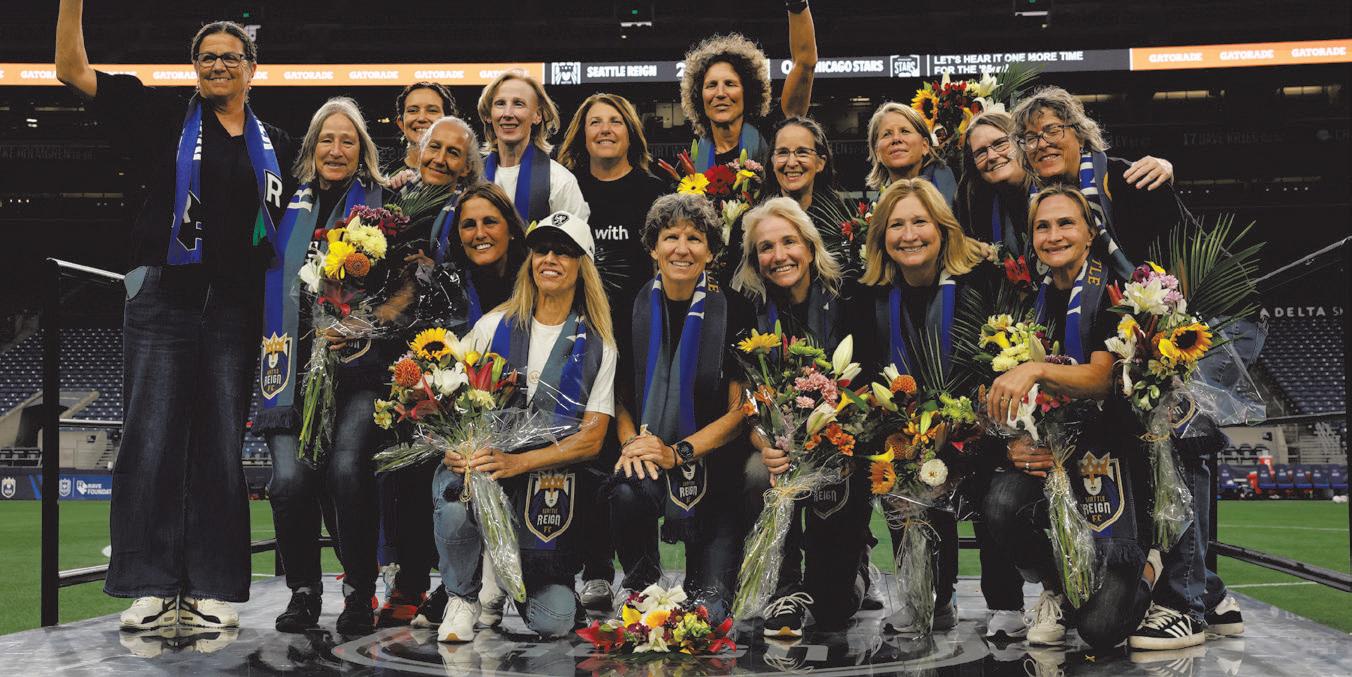
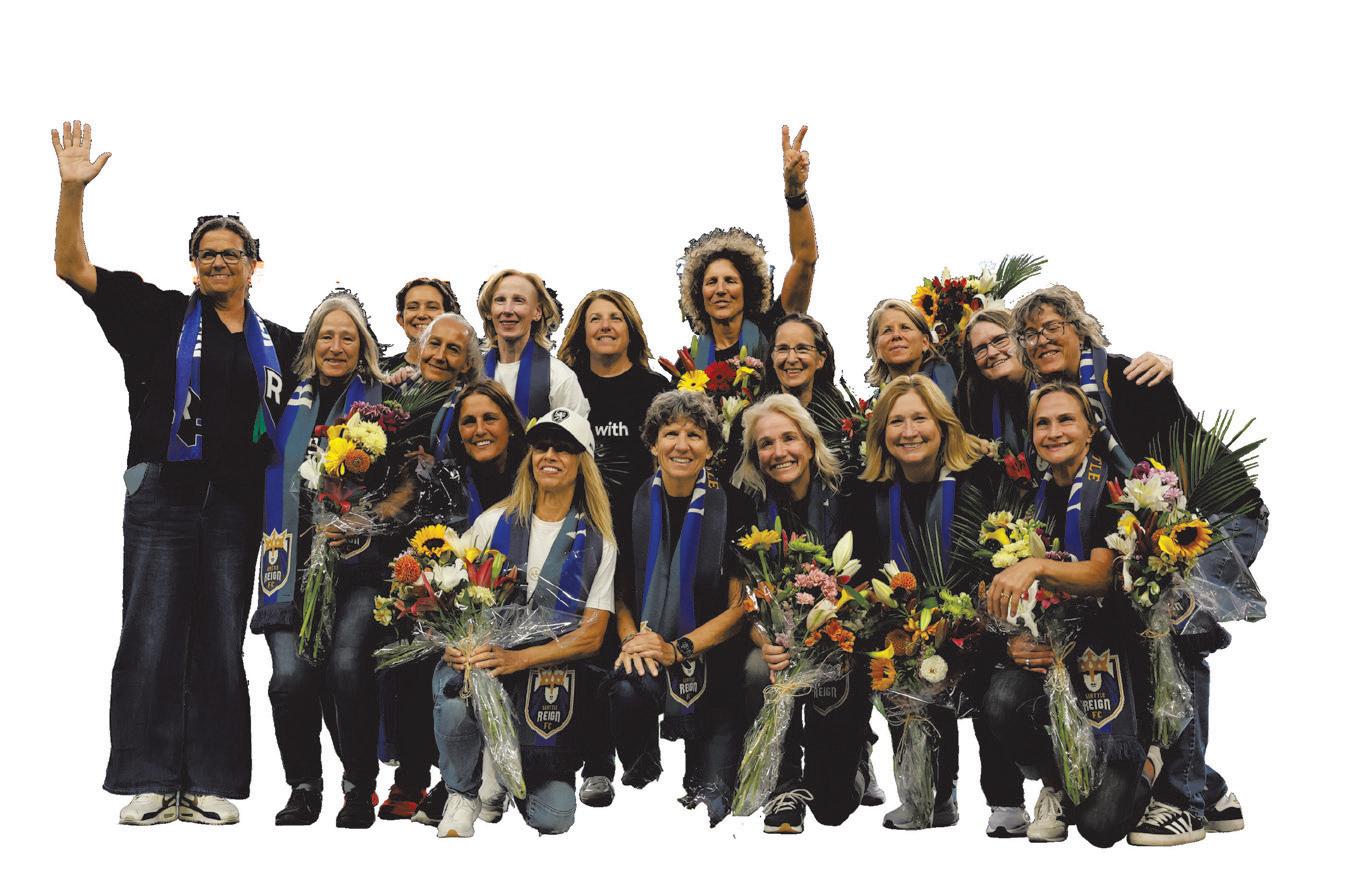
As a girl growing up playing soccer in the early 2000s, I revered only a few things—the iconic film Bend It Like Beckham, Mia Hamm, and the 1999 team that won the World Cup.
In 1999, the first professional women’s soccer league had just formed, and the idea of “being a pro soccer player” when I was older was no longer just a far-fetched dream; I could literally see it on my own TV.
I was 2 years old, and my mother held me up to the television screen. Over 90,000 people packed the Rose Bowl in Pasadena, California, and over 15 million tuned into the broadcast for the final of the Women’s World Cup. It all came down to a penalty kick from 30-year-old defender Brandi Chastain. In an instant, Chastain made history and provided one of the most iconic images in women’s sports: She ripped off her jersey, revealing a black sports bra and raw muscle while crying out in victory as she soaked in the fact that she just helped the United States women win their second World Cup.
As far as I could tell, women’s soccer started with the 99ers, and there was no looking back.
But I was wrong.
With celebrities sitting courtside at WNBA and NBA games wearing “Everyone watches women’s sports” shirts and Arse-
nal’s women’s squad selling out the club’s 60,000-person stadium, and the reigning popularity of players like Megan Rapinoe, it’s easy to forget how new mainstream women’s sports actually are. Women were banned from playing soccer in England until 1971.
Title IX didn’t prohibit sex discrimination in US college sports until 1972. But there were countless people—women and men—who worked tirelessly and without any recognition to get the culture to where it is now.
“The 1985ers didn’t just play soccer, they pioneered it.”
And that can be traced back to the 85ers—the first US women’s national team. Seattle’s first contribution to women’s soccer wasn’t the Reign. Eight of the 17 women that played on that first team were from the Seattle area. And this year, on the 40th anniversary of their international run, they’re taking a victory lap.
On August 18, 1985, in Jesolo, Italy, jetlagged from their flight that arrived just 48 hours prior, the 17 women made history.
The team faced Italy in their first match.
Kathy Ridgewell-Williams, a former forward for the team from Enumclaw, estimates there were probably only a couple of hundred people in the stands, but it felt like more since they had never played in front of a crowd.
During the game, a group of young Italian men started shouting “OO-suh,” every time the team touched the ball. But no one understood what that meant.
“We came off at halftime, and we had an interpreter that was traveling, moving around with us on the buses, into the hotel, into the fields and stuff, and we were like, ‘What are they yelling at us?’” Ridgewell-Williams said. “She goes, ‘They’re saying U-S-A,’” pronouncing it as one word in Italian. “They’re cheering for you.”
They loved it, so they adopted it as their cheer before taking the field again. Forty years later, the national team still uses it in their pre-game huddle.
The US lost that game 0-1, which to this day, winger Denise Boyer is adamant was a great feat. The team had only met each other a few weeks before. And when you consider that the team had been put together so quickly, they were still jet-lagged, and Italy was one of the top teams in the world at the time, they were proud that they held their own.
“We were damn good,” Boyer said.
The team ultimately went 0-3 with one tie. Most of the women on the team either were in college or had just graduated, like Boyer, who attended the University of Puget Sound. She had a fiancé at that point when she was chosen as one of the 17 who’d fly to Italy to be a part of the first national team.
“It was Sunday and [I was] starting a new job on Monday morning,” Boyer said.
“So I called my fiancé and told him, and he said, ‘Well, you’re not going, are you? Because girls don’t do things like that.’ So of course, I said yes.”
Title IX, which prohibits discrimination on the basis of sex in educational institutions receiving money from the federal government, only passed in 1972. The idea that women could play elite sports and the subsequent infrastructure to support them were still relatively new.
Cindy Gordon was 9 years old when Title IX passed, which allowed her to play on an elementary school team. Before that, she would watch her younger brothers play soccer. “I remember standing on the sidelines watching them play and hoping somebody would get hurt and the coach would look around and say, ‘You girl, you look like you might be good,’” she said.
Gordon loved everything about the game. When it came to college, she knew she
The 85ers at the Reign with Legacy game.
ALIKA JENNER/GETTY IMAGES
wanted to play, but there still weren’t many colleges that had women’s soccer as a varsity sport—at least on the West Coast. The University of North Carolina was building their legendary program led by Anson Dorrance at the time, but that was across the county.
“Western [Washington University] in Bellingham was the only four-year public college that had a varsity women’s soccer team [in Washington state], so that’s why I went there,” Gordon said.
It’s also where her future 1985 teammate, Kathy Ridgewell-Williams, went to college after spending a year at Green River College in Auburn. There, she practiced with the men’s team, but they wouldn’t let her compete. She remembers how even going to college was seen as strange.
“My dad was like, ‘I don’t know why you’re going to college, just get married and have babies.’”
The 17 women on that 1985 team didn’t have any female soccer players to look up to, no women’s professional league or World Cup to aspire to, yet they all still chose to play the game that brought them so much joy without knowing where it’d take them.
“I was watching [the] Men’s World Cup in 1974,” Ridgewell-Williams said. “It’s like a core memory for me, sitting there watching them and going, ‘God, it would be so cool if it was all the best girls.’”
“The first ever US Women’s National Team who started this whole unprecedented dynasty and culture changer… that first team isn’t even in the timeline of US Soccer,” Michelle Akers said.
Akers was the only player from the 1985 roster who was also on the much more recognized and celebrated 1999 team.
That year, the team won its second World Cup in front of over 90,000 fans in Pasadena, California. It’s where the iconic image of Brandi Chastain ripping off her jersey in celebration comes from, and is largely considered the catalyst for the boom of women’s soccer in the country.
In the 40 years since that first game in Jesolo, Italy, the USWNT has gone on to win four World Cups and five gold medals at the Olympics.
But none of that would’ve happened without the 85ers.
In August, the team known as the 85ers wore shirts that said “Reign with Legacy,” and were welcomed onto the field and presented with flowers and scarves. Lesle Gallimore, the team’s general manager, addressed the crowd. “The 1985ers didn’t just play soccer, they pioneered it,” Gallimore said. “They blazed the trail for the rest of us.”
The game was the culmination of a weekend packed with events. The team helped open a new mini field built by Sounder and Reign’s charitable arm, the RAVE Foundation, participated in an event at Ballard’s Rough & Tumble, and were treated to a dinner at The Ballard Cut.
“It meant so much to so many people,” Ridgewell-Williams said. “I think that’s been one of the most sort of heartfelt and surprising things.”
The weekend was also a kickoff of Hall of Famer, World Cup Champion, ‘85er, and Shorecrest High School grad Michelle Akers’s larger effort to preserve the history of that team, the players, and the people who helped them get to that first game in Jesolo, Italy.
Akers’s teammate Cindy Gordon, from Des Moines, WA, was brought back to that match when she heard the national anthem play before the Reign game.
“It really brought back to me when we were on the field in Italy playing and how kind of overwhelming it is to hear your national anthem, knowing you’re playing for your national team,” Gordon said. “It just has a different kind of meaning.”
Before the team left the stage at half-time, Akers led them in their cheer: “Oossa-oossaa-oosaa-ah,” Akers cried.
The recent reunion for the team and efforts to recognize them has the women reflecting on those who came before them.
“I would like people to learn history, not
born mother of four was 44 years old when she answered an ad in the paper looking for women interested in playing soccer.
“I loved it, and I saw the change it made in women’s lives,” Noonan said. “These women went to school, got married, had kids, they’d never been in a sport because there weren’t sports in school.”
That first year of the WSWSA, there were about nine teams. A decade later, they had over 100 teams. While Noonan was playing in a recreational setting within the WSWSA, young players like Boyer were on competitive travel teams. And Noonan was pivotal in ensuring that opportunities like that remained open.
Noonan worked with Slauson to fundraise
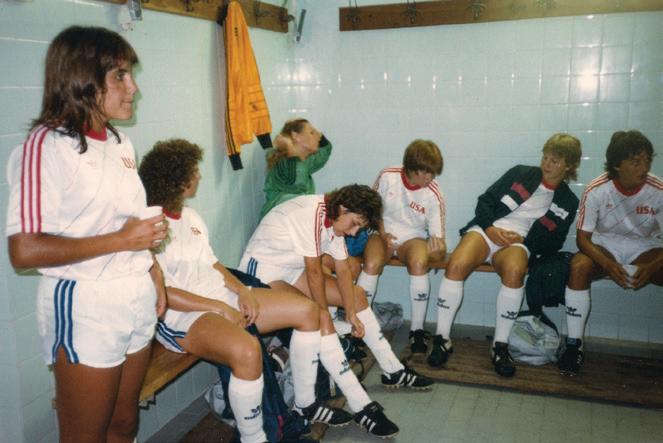

just ours, but before ours,” Gordon said.
“The women like Bernadette Noonan and Janet Slauson and Peggy Cowen, who were women that were trying to get the WSWSA [Washington State Women’s Soccer Association] off the ground.”
Bernadette Noonan is a name that most of the 85ers bring up when reminiscing about those early days of women’s soccer. Her close friend Janet Slauson passed away a few years ago. The two women dedicated their lives to championing women’s soccer.
“I cannot think about soccer without Bernadette and Janet,” Boyer said.
Noonan was a charter member of the Washington State Women’s Soccer Association, which was founded in 1974. The Irish-
the players to go unless they could fight to keep their spot on the national team, which was getting younger and younger. Many of the women on that roster would earn a few more caps with the national team, continue to play for their colleges, and compete at the club level.
Michelle Akers was built different.
“I remember watching Michelle and thinking, ‘Oh, my goodness, Miche, what are you enduring?’” Denise Boyer said.
Akers was diagnosed with chronic fatigue syndrome in 1991. But that didn’t stop her from competing at the highest level.
“I mean, I love her so much that for her to have given as much as she did on behalf of the US Women’s National Team is amazing, because people just think, ‘Oh, Michelle, you know, she’s great.’ But it’s amazing how easily discarded things can be because Michelle did it all,” Boyer said. “She was in it in the very beginning and stayed in it.”
The reverence with which Akers’s teammates talk about the 5-foot-10-inch striker turned midfielder is apparent. Her nickname was “Mufasa,” in part for her manelike hair, but especially for the fearlessness displayed on the field.
Denise Bender was one of the older players on the 1985 team and also the team’s captain. It was obvious to her and her teammates that while they were all talented, Akers was on a different level.
“She’s like the FIFA soccer player of the century, and if there’s a way that we could promote her and give her due recognition, that’s a mission for me,” Bender said.
Akers has undergone over 20 knee surgeries, numerous shoulder surgeries, and facial reconstruction, and sustained a number of concussions while playing for the national team.
“I had to sue to get those surgeries paid for, which was super disappointing,” Akers said. “And then the more I talked about it amongst teammates and learned about other people’s stories, similar things were happening to them.”
It was this realization that helped lead Akers to launch “The 85ers,” an LLC owned by all 17 members of the original team. Akers points out that while there are now players’ associations, there is no organization for retired players. She hopes this business can serve as an example for other groups and how they can capitalize once they hang up their cleats.
to send travel teams to tournaments,and when they could, they’d spend the money to cheer them on. She was there for the 1999 World Cup and she was there in 2019 when they won in Vancouver.
“They’re my girls,” Noonan said.
Boyer invited the 95-year-old Noonan to be her special guest at the weekend’s celebrations for the 85ers team. Noonan hadn’t met Akers before, nor most of the women on the team. But she was the reason why they were able to play.
“I reaped the benefits of what Bernadette fought for; her mission was to provide opportunity and to help fund these women so they could just play,” Akers said.
Despite the huge step forward, after that 1985 tournament, there was nowhere for
“This legacy-to-livelihood thing is so important because of the health care that’s needed after being a professional athlete,” Akers said.
With the business, Akers hopes that she and her teammates from 1985 can highlight the past while continuing to inspire the next generation and support them.
“If there’s anything, my goal is that nobody is unable to have the opportunities that we had,” Boyer said. “I didn’t come from money, and look at what I was able to do. And now we’ve got to get it back like that, because there are so many amazing young girls that if they can see it, they can be it.”
Spurred on by their own memories of playing the game they loved when there weren’t many paths forward, the women of 85 are determined to make sure the opportunities afforded to them—and the ones they helped create—don’t disappear. ■
The first US Women’s National Team in the locker room (top) and the crowd (bottom) in Italy.
COURTESY OF CINDY GORDON
KITTEN N’ LOU PRESENT
Encore, Encore
Re-Animated Music Aims to Be the Spiritual Successor to Seattle’s Most Beloved Instrument Shop
BY ROB MOURA
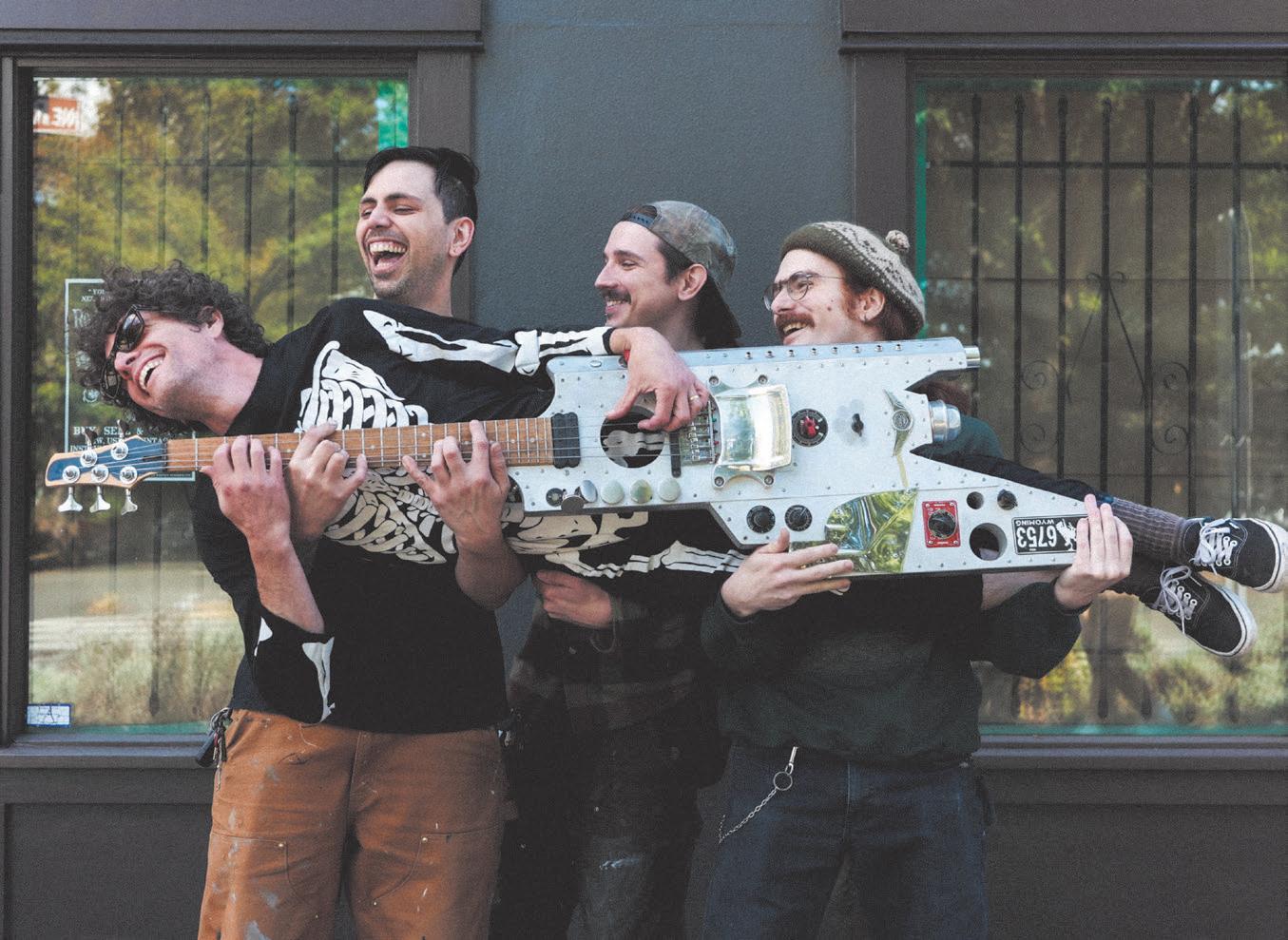
“Bzzzzt!” The sharp squeal of a screw being driven into wood punctures the air, splitting our ears like amp feedback.
In a dusty backroom, Joel Myers is hard at work securing plywood sheets to a frame and tracing hand-drawn cartoon skeletons over them. After a few blasts of sound, Geoff Joynes pulls down his sawdust mask and calls out, “Hey! Pipe down, will ya?” He’s jesting, but Myers obliges and drops the drilling. Though the noise is indeed disrupting the conversation, everyone in the room is anxious about the time crunch. It’s mid-October and those skeletons need to be propped outside by Halloween, when Re-Animated Music is scheduled to hold their soft open-
ing. The shop, which will specialize in refurbished instrument retail and repair, is the collective brainchild of musicians who all worked as managers at the Trading Musician, which closed in May 2024 after serving Seattle’s musical community for over three decades. The team’s passion for reviving the old shop’s spirit is evident as they hustle to get the new store ready for business.
Joynes, who was bedridden with a respiratory illness two days prior, is already back to work; face shielded, he guides me around the guts of the old Cowen Park Grocery, whose owners leased the building to the gang in early January. Later, as we’re sitting, the group—Keegan Metcalf and Sam Smallidge alongside Joynes and Myers—lays out the myriad obstacles of
The Re-Animated Music team from left to right: Joel Myers (sideways) being held by Geoff Joynes, Sam Smallidge, and Keegan Metcalf.

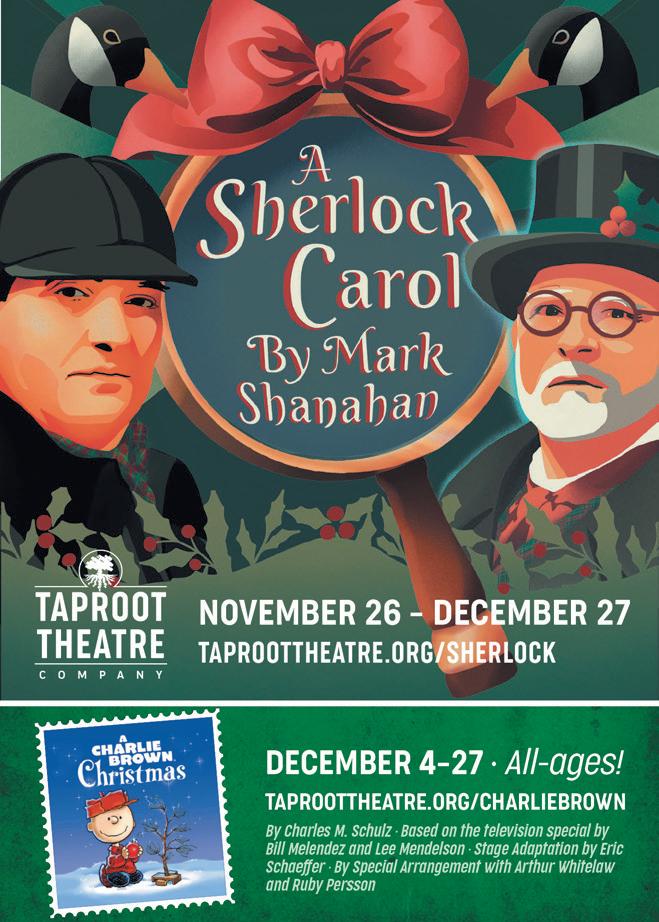
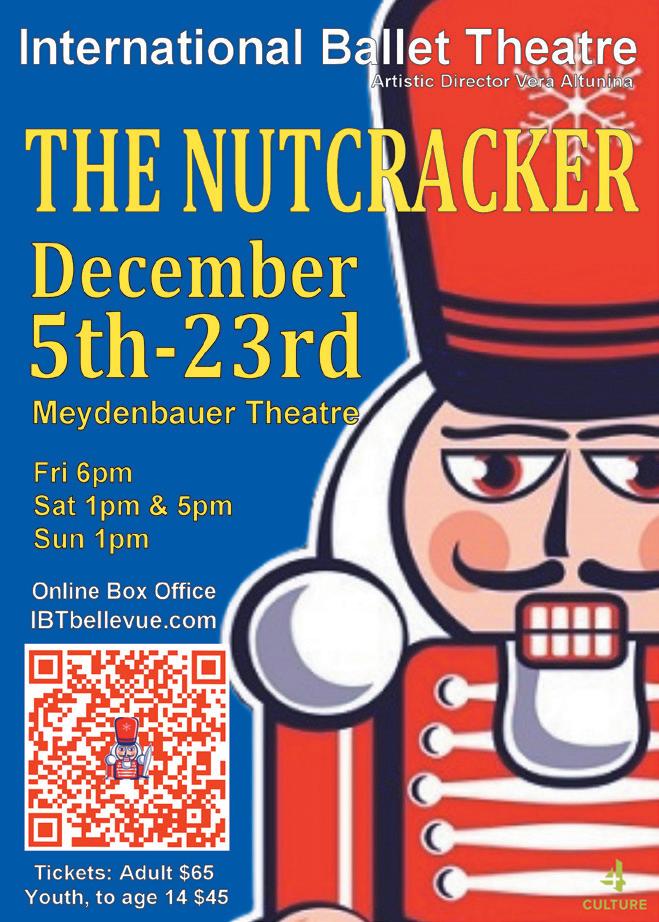

starting up the new shop, and how much they’ve learned about why so few similar small businesses survive in Seattle.
Much of their effort has gone towards bringing the building up to a strict code that was only recently established. Where some businesses enjoy an expedited version of the process, Re-Animated was unlucky enough to be assigned a full review, forcing them to make granular revisions to the building’s plumbing, electrical, and egress, among others. They found only a scarce pool of resources available to help them, including some terrible loan offerings from the city’s Office of Economic Development.
“The City doesn’t make it easy for small businesses,” says Smallidge. “Everything in the city is facilitating their closure rather than helping them flourish.”
“It’s like they don’t want these places to exist,” says Joynes, “and it’s very obvious that the community wants these places to exist. But the cool thing is that every person we’ve involved has rallied around this place. They see it as a necessity for the city.”
Joynes is talking about the skilled family members and friends the Reanimated team recruited, many of them more than happy to assist. Most of their fathers flexed their contracting muscles, installing the necessary sheetrock and making the bathrooms ADA-compliant; the benevolent accountant of Capitol Hill’s Cha Cha Lounge is helping out with the books at a reduced rate. Re-Animated’s announcement was also accompanied by a GoFundMe page asking for $40,000 to help pay off the rest of the debt. Donations flooded in immediately; just nine days later, the group achieved half of their goal. That groundswell of support shows the intense communal desire to fill the hole left by Trading Musician’s sudden closure last year, a decision that ultimately fell to owner Robin Bartlett-Smith. It wasn’t for lack of sales. Smith, who had started the Trading Musician with her ex-husband Mike Smith in 1991, had found herself ready to retire after three decades of ownership. After failing to find a buyer interested in continuing the business, Smith decided to shutter its doors. Speaking to the Seattle Times, Smith
acknowledged the loss her shop’s closure left on the city’s music community. “My hope is that maybe somebody will come along and open up a store like mine in the future,” she said.
Though her employees accepted her decision, the shuttering left them understandably frustrated. They collectively considered themselves the root source of the shop’s beloved spirit. Joynes, for example, had spent nearly half his life in Trading’s orbit, having originally met Metcalf, Myers,
Joynes obliged and became one of the shop’s most vocal champions.
Smith learned about Joynes’s history with the shop via the Seattle Times . “She was impressed,” he recalls. “She said, ‘You skipped school to come and hang out?’ I was like, ‘Yeah. That’s how much this place means to me. To a lot of people.’”
His story is a commonality among Re-Animated’s staff, all of whom were encouraged by Herman (and subsequently, as managers, encouraged others) to contribute to Trad-
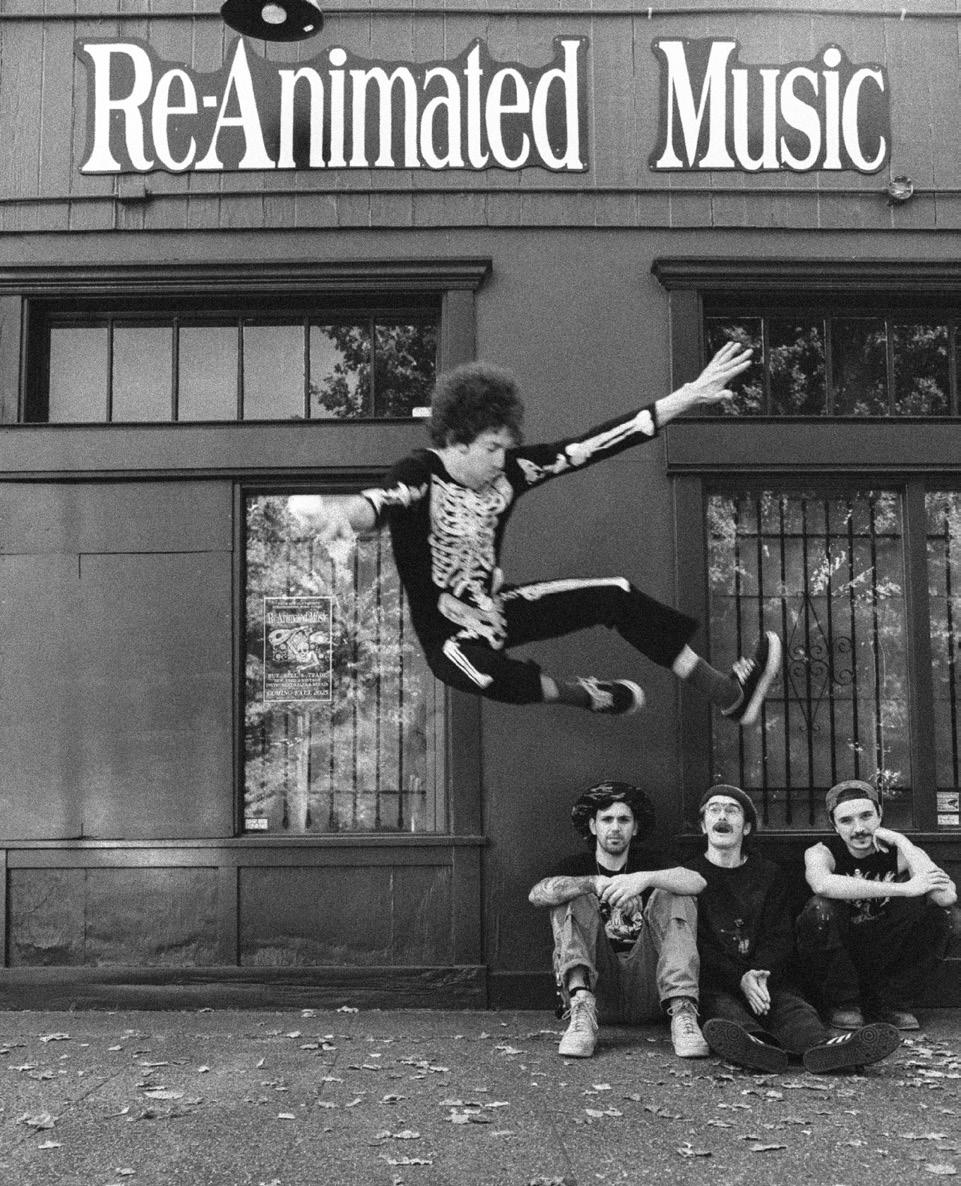
little help from their friends.
“The groundswell of support shows the intense communal desire to fill the hole left by Trading Musician’s sudden closure.”
and Smallidge as a teen truant who would take the 48 from Ballard to play the guitars instead of attending school. Over a decade of loitering, manager John Herman approached him with four different job offers; eventually,
ing Musician’s unique community-oriented environment. Plenty of music shops allow people to demo the instruments they sell, but Trading was a rarity; its full-throated insistence on putting the “musician” first
had become baked into the shop’s ethos. “[Herman] would always say to customers, ‘Hey, I don’t care if you go and play every guitar in the store,’” recalls Joynes. “‘I get paid the same amount.’” Many of Re-Animated’s supporters had come to rely on Trading’s relatively affordable prices and its welcoming space. Those who came to Seattle a little too late are left with only its legend—until now. The staff at Re-Animated aren’t just aiming to revive Trading’s model of music shop; they want to improve upon it. Their end goal is to run it like a co-op, owned and operated by its employees, as a way to counter what transpired at the previous shop. “Not a lot of us got to leave with that feeling of ownership over something that we felt like we took a lot of ownership of,” says Joynes. And for how effectively it fostered camaraderie among its patrons, the old shop carried some outdated values—it was still a relic of a time when guitar-based music, and musicianship in general, were prone to gatekeeping by purists (and prioritized a certain cisgender, masculine identity).
That’ll be gone, replaced instead by recurring events like guitar restringing clinics and audio interface classes, a dissemination of know-how from people who understand the value of accessible in-person tutelage. “We want to give that knowledge freely to anybody who wants it,” attests Joynes, “and give someone the same treatment regardless of who they are, and not make knowledge and instruments and parts any more scarce than they already are.” Scarcity seems to be a motif. There are not enough resources; not enough places to commune without some barrier of entry; not enough elements of the Seattle that was once a petri dish of culture, rather than a vacuum for it. Re-Animated is hoping to bring all of that back, with interest.
“For all the talk of Seattle vanishing… I think that’s part of the reason why people are so excited about this,” sums up Smallidge. “For all the places that have gone by the wayside, there’s still so many people that live here that need these resources. There’s still so many musicians and artists that live in this city, and creative people need places like this.”
Metcalf adds, “You don’t get second chances all the time.” ■
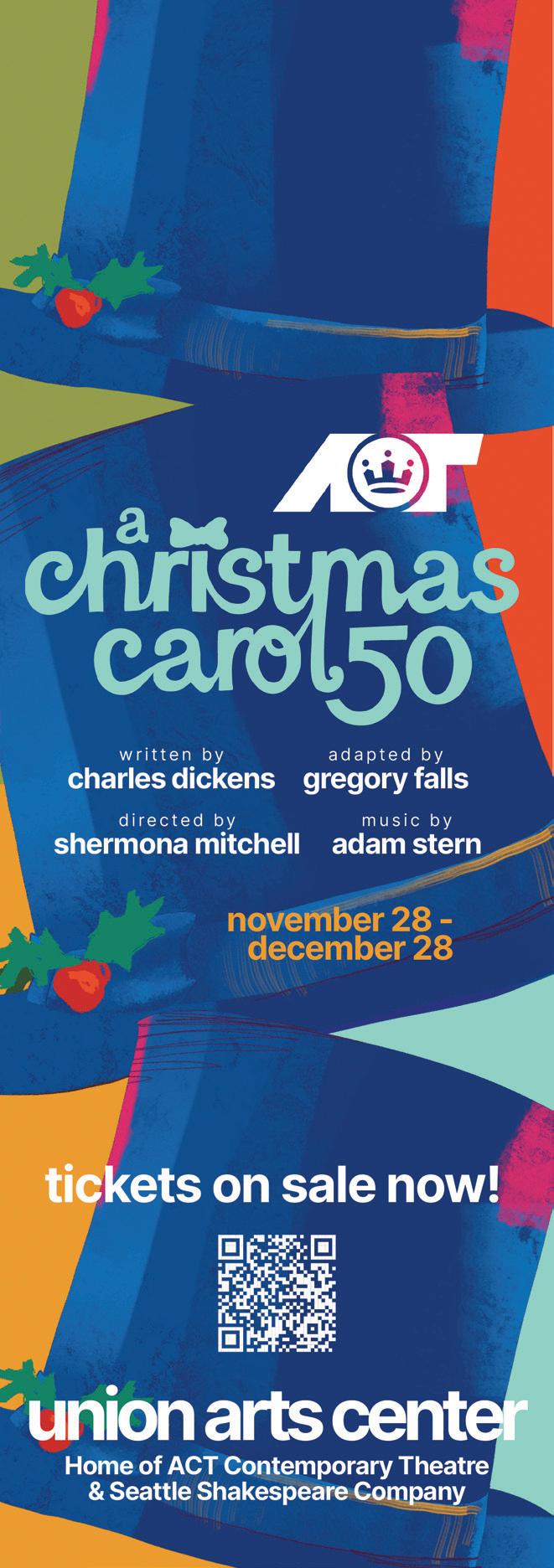
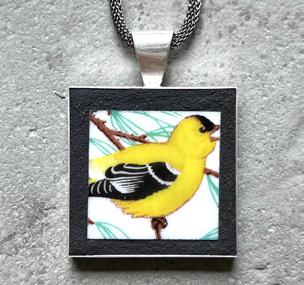


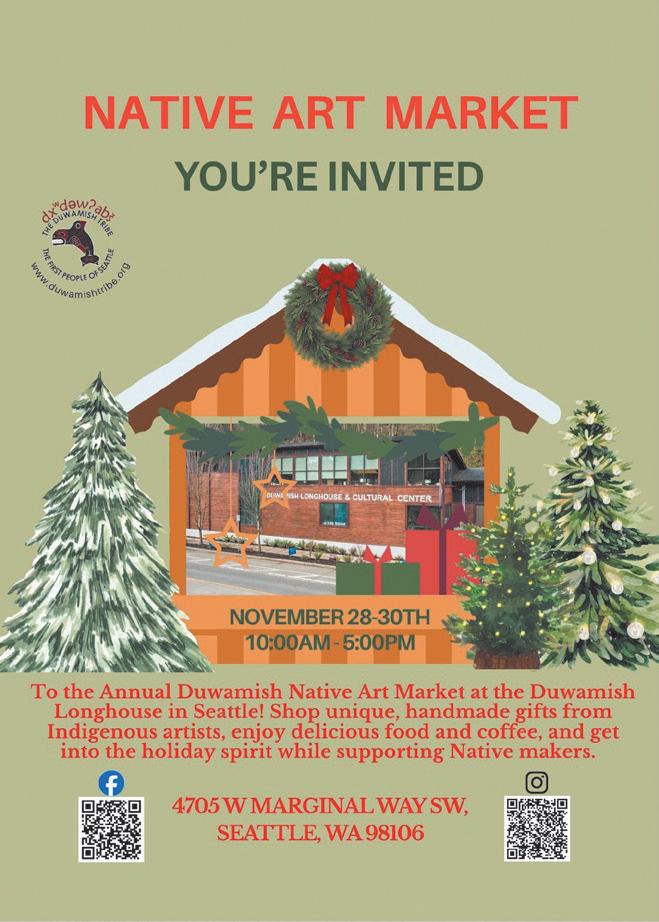
The Giving Spree
15 Gifts You Can Make, Buy Locally, or Find in
a Drawer, So You Don’t
Have to Give Money to Billionaires This Holiday Season
ILLUSTRATIONS BY
ADDELINE GRISWOLD
Cancel that Prime membership. Cut up that Target card. This year, especially, we’re shopping small and sending a message to big box stores and greedy corporate overlords that we don’t need their mass-produced garbage that costs too much after Trump’s trade war anyway. We’re done passing meaningless tokens back and forth to fill some arbitrary holiday obligation. If we’re gonna give, let’s give good.
Date Night Flying Trapeze and Acrobatics Class at Emerald City Trapeze Arts
The best thing to gift a significant other is an experi ence you get to do together. It’s like getting a gift for yourself, too! Emerald City Trapeze Art/School of Acrobatics and New Circus Arts (SANCA) sells a Date Night package for $160. You’ll spend half the class learning a few acroyoga moves. By just using your bodies, you’ll lift each other up into the air to do a series of gravity-defying postures. Next, you’ll learn the basics of flying trapeze. You’ll swing off the high platform while your partner cheers you on below. If you’re like me, you’ll do just fine at these activities, but your partner—whom you gifted the date night to—will be so good at them that the spritely acro bats will ask him if he has a background in gymnastics. This will fuel his ego for months, maybe even years, to come. The two of you will debate pursuing a life in the circus. What more could you want in a holiday present?
NATHALIE GRAHAM
Two Partially FilledOut Elliott Bay Book Company Stamp Cards
The easiest gift to give (and the best gift to receive) is two partially filled-out Elliott Bay Book Company stamp cards. Let me explain. First, I know you have them, and I know you will never, ever, remember to bring both to the store to combine them. Second, the gift signals to your recipient that you read and that you know they read. This is a compli ment. Third, you are gifting them a chance at a free book, but not an immediate guarantee. It’s like a little surprise. Fourth, you are also gifting them a trip to the bookstore, a place everyone loves. You’re gifting them the indulgence of buying a book of their choice, and even though the library is still that bitch, you recognize that one cannot deny the true joy that is owning something forever and ever. (This strategy also works for stamp cards from pie stores.)
NATHALIE GRAHAM
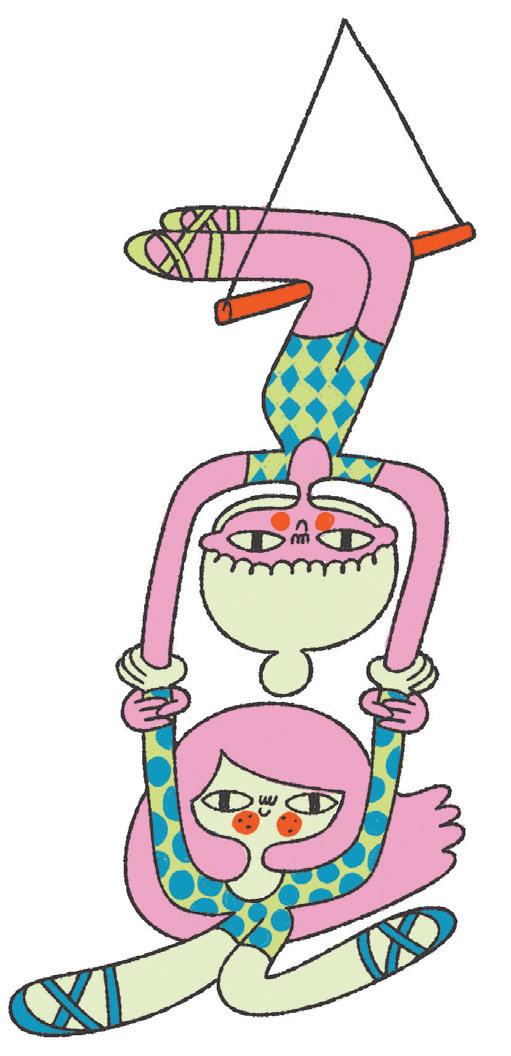
Immortal Perfumes and a Book
What to get your well-read friend who is constantly posting reviews on Fragrantica and Goodreads? A literary-inspired fragrance from the Ballard-based

A Bottle of Landmass Wines
I once explained to a wine shop owner that I had a lifelong aversion to red wine. “Just looking at a bottle gives me a migraine.” Without a pause, he pointed me to a bottle of Landmass Chillable Red and said, “If you ever want to open up the possibility of drinking red, start here.” It took me another year to remember to try the bottle, but once I did, a whole new technicolor world opened up for me. Melaney and Malia (the couple behind Landmass) are first-generation wine producers—which is rare for an industry that’s this hard to break into—who moved to the PNW from LA a decade ago to work on someone else’s vineyard. Today, they still don’t own their own vines, but for 10 years now, they’ve been able to source grapes from around the region to produce sparkling and still wines, and I’ve yet to find one that I don’t love. BILLIE WINTER
micro-perfumery Immortal Perfumes, paired with its corresponding title (purchased separately from the bookstore of your choice). Immortal owner Jen Siems is a former English teacher and a master at evoking atmosphere through scent, and she creates perfumes inspired by “Dead Writers” (Edgar Allan Poe, Mary Shelley, Jane Austen, etc.) and fictional characters, such as Jane Eyre and Mr. Rochester or Catherine and Heathcliff. If your recipient’s taste leans gothic
and sapphic, they might enjoy the vampiric Carmilla fragrance, which has notes of “forbidden fruit and sensual woods.” You could even annotate the book with your musings—imagine unwrapping a clothbound copy of Pride and Prejudice filled with handwritten notes, alongside a scent inspired by Pemberley. To make the experience even more multi-sensory, throw in a matching literary loose-leaf tea from the Wallingford shop, Friday Afternoon. JULIANNE BELL
Beacon Cinema Membership
If you’ve seen a movie at the Beacon lately, then you’ve probably seen their very persuasive membership advertisement featuring ~500 movie clips spliced together, explaining why you should become a member. If you haven’t seen it, allow me to persuade you. The Beacon Cinema features passionate programming all year round with screenings that range from old Hollywood classics to avant-garde and cult favorites. In November alone, they are screening episodes of Twin Peaks: The Return, Vincente Minnelli’s Tea and Sympathy, and Suroh: Alien Hitchhiker which is described as “If the B-52s collaborated with Negativland on an alt-Earth version of Star Trek.” The standard “Adeptus Minor” membership (which runs $75 annually) gives you five free movie admissions, unlimited discounted tickets, first access to Secret Cinema (that’s their series of free mystery screenings), and free birthday admission and popcorn. If your loved one is more of a recluse—or cannot easily get to Columbia City—consider a membership to Scarecrow Video, which offers rentals by mail. The SIFF Egyptian just closed, and the Grand Illusion is still without a home; we can’t risk losing another theater. Support the Beacon! AUDREY VANN
Weed from Raven Grass
Last spring, I went on a girls’ trip to Vashon Island and found myself in Euphorium, a charming dispensary inside a cottage. Hoping to cultivate laid-back island vibes, I asked the budtender to recommend some thing that would help with anxiety and chronic pain, but not get me too high (I’m a little wary after previous budtenders’ picks inadvertently blasted me into outer space). She pointed me toward some pre-rolled joints with colorful labels from Raven Grass, a disabled veteran- and woman-owned business based in Olympia. Her suggestion was just what the doctor ordered—Raven’s proprietary Cosmic Charlie strain delivered on its promise of stimulating creativity and conversation without jitters. Since then, I’ve tracked down Raven Grass’ products at stockists across Seattle and have loved everything I’ve tried. Thanks to co-founder and creative director Nichole Graf’s aesthetic vision, their packaging is exquisite enough to be gift-worthy and eminently reusable. Their joints

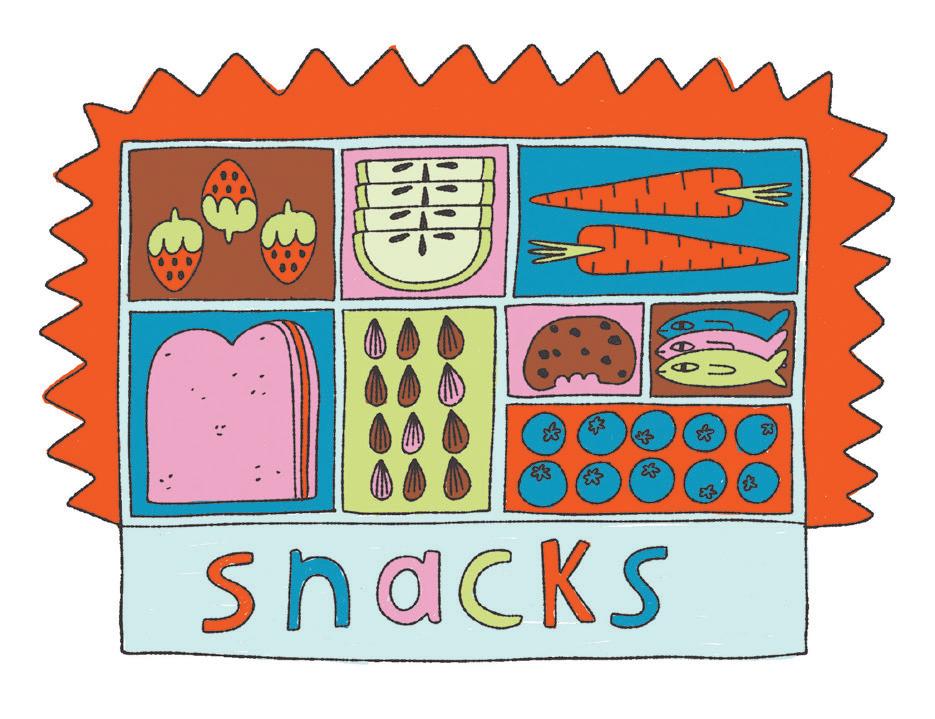
neighbors’ gardens (shhh!), and farmers’ markets, then hanging them upside down to dry. AUDREY VANN
An Art Class
Has your grandmother mentioned wanting to learn watercolor painting? Life is hectic, and adults will rarely commit to new creative experiences on their own, so now is the time to FORCE HER! In Seattle, we are lucky enough to have a bounty of studios and organizations providing art classes to adults with varying levels of commitment, price ranges, and skill levels. Check out the programs at Seattle Artist League and Pratt Fine Arts Center to get started, or opt for a gift certificate so your beloved can choose their own adventure. Another option is to book an art class for yourself and make gifts for your family members (think: pet portraits or customized mugs)—upcoming classes at Seattle Artist League alone include clay gingerbread house luminaria making, beginners oil painting, and sumi-e landscape painting. Plus, this doesn’t have to be limited to visual art or even in-person classes. This spring, I signed up for a donation-based virtual meditation class with New Age music icon Laraaji through the School of Song, which gave me a valuable reminder that I don’t need to attend graduate school or spend a lot of money to continue learning.
AUDREY VANN
Cute Y2K journals from Girls Noise Press
Even though my student days are thankfully long behind me, I still love back-to-school shopping, so I was delighted to discover local indie publisher Girls Noise Press’ series of “DIY2K” composition books earlier this fall. Each notebook cover has a different theme and is hand-collaged with pop culture-inspired photos, motifs, and stickers, which evoke fond memories of my own DIY collaged teenage diaries. Inside, there are 100 crisp, unlined pages and a little pocket to hold mementos. They have a wide range of themes, including Buffy The X-Files Sex and , Chappell Roan, Miss Piggy, Severance, Ina Garten, and even Nathan Fielder and Tim Robinson, so you’re nearly guaranteed to find one that suits your giftee’s specific obsessions. Add some glittery gel pens for extra nostalgia.
JULIANNE BELL
A Snack Drawer
No one buys themselves enough snacks. While the “little treat” lifestyle has taken off on social media, in my experience, it’s often overruled by the “in this economy?” reality. Groceries are expensive enough without throwing in a box of Extra Toasty Cheez-Its and a bag of Nerds Gummy Clusters. This year, give everyone you love permission to slow down and have a snack. Scrounge up a box or even just a paper bag covered in stickers from MochiThings—or, if you’re up for it, an official snackle box—and load it up with your and your giftees’ favorite treats. You know, the kind of stuff they aren’t buying themselves while barely remembering to drink water and eat a single vegetable in our spiraling society. To ensure a good selection, check out the Nordic candy at Scandinavian Specialties, the seasonal bulk candy at the Confectionery, and pretty much anything and everything at Asian Family Market. Overwhelmed by the options?
Three things that never miss are Kinder Happy Hippo, Manzelazo’s Japanese-style peanuts, and Tootsie Fruit Chew Mini Bites. MEGAN SELING
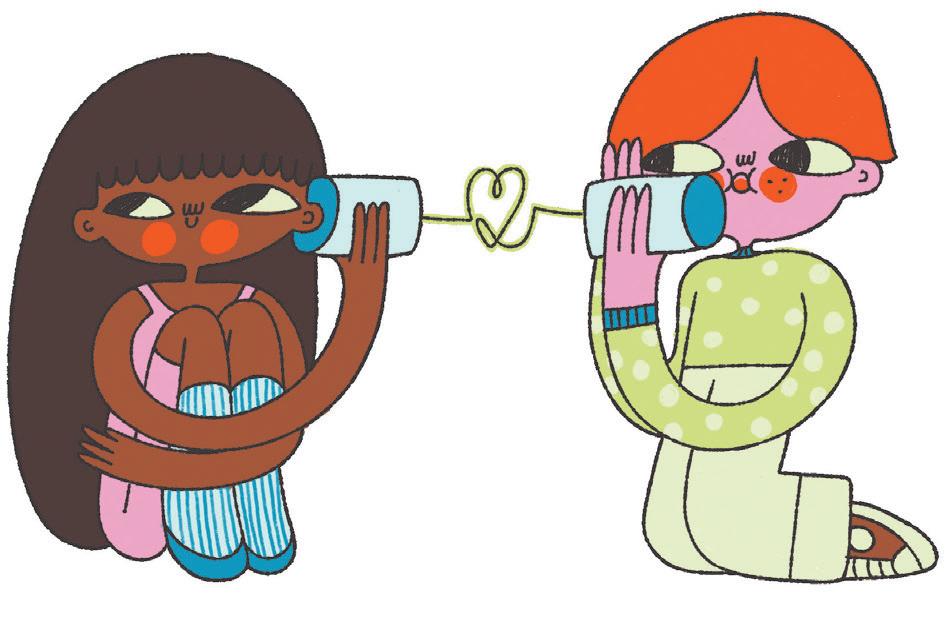
Literally Anything From LUCCA great finds
Have you ever walked into a place that seems to follow dream logic? It’s a Victorian-era apothecary with papier-mâché taxidermy, but also a Japanese bath goods shop! Also, there is a backroom with hand made greeting cards and vintage-style office supplies! Welcome to LUCCA great finds, your soon-to-be favorite gift shop. This is the store you go to to shop for your most interesting friend. The one who would appreciate a painted paper theater or bird sculpture just as much as hand-made incense or an engraved signet ring. And because with items that are shockingly affordable for how delightful, eclectic, and thoughtfully curated this shop is, I defy you to leave without a little something for yourself, too. BILLIE WINTER
A Print from
Psychedelic Lens
I first clocked Erin Fox’s neon-soaked risograph prints at the Magnuson Park night market. They were bright. They were deeply Pacific Northwest (think the old Rainier brewery and pinecones). And they were even more fun to look at with 3D glasses. Now, her new(ish) brickand-mortar space does not disappoint. This artistowned gallery and store has a neon, hand-painted exterior that can probably be seen from space (or at least the Space Needle), and though the shop is small, you can browse for hours—just remember to bring your own mug for the espresso machine.
HANNAH MURPHY WINTER
Local Cookbooks
This was a great year for fans of display-worthy cookbooks by chefs from beloved Pacific North west eateries. A niche audience? Maybe. But for fans of food and pretty things, you can’t go wrong with a beautiful cookbook full of stunning photography and culinary possibilities. For bakers, pick up a copy of Temple Pastries from local laminated dough god Christina Wood. It includes how-tos on more than 30 impressive (albeit intim idating) baked goods such as Chinese Five-Spice Kouign Amann and a Sumac-Roasted Strawberry
Cheesecake Croissant. Have a friend who still sheds a tear over the loss of Pioneer Square’s critically acclaimed London Plane? Earlier this year, owner Katherine Anderson, along with the chefs who made the London Plane so memorable, released a gorgeous tome arranged by the seasons and featuring dishes straight off the menu, including Michael’s Plane Bread and their chicken pot pie. If you want to maximize your thoughtfulness, give the same cookbook to a handful of pals and pick a date in January to host a cookbook club, in which every recipient chooses one recipe from the book to make and bring to share with friends on a chilly winter afternoon. (Invite me, please.) MEGAN SELING
Tin Can Landline Phone (for kids or adults)
As a child, I pored over the Baby-Sitter’s Club series and longed for my own private bedroom landline like Claudia’s—so grown-up and glamorous! I requested one for my birthday and my wish was granted. It’s still one of the most memorable gifts I’ve ever received. Kids these days are glued to their tablets and smartphones, which is not only harmful for them (and us!) but also lacks the vintage romance of the analog phone. Enter Tin Can, a new tech innovation built in Seattle that reimagines the landline for the digital age. The company sells two models of corded phones: the retro Tin Can Flashback, which can be plugged into a home internet router, in-wall ethernet port, or extender, and the original cylindrical Tin Can, which works with WiFi. All Tin Can devices can call other Tin Can devices for free, and you can add an optional “Party Line Plan” for $9.99 a month to enable a list of external numbers that you approve. This means young kids can yap with their friends and family to their heart’s content, free of stranger danger and tech addiction. Yes, this is designed for kids, making it ideal for the niblings or other children in your life, but there’s no reason grown-ups can’t join in on the fun. I need to be able to gab with the girlies while twirling a cord around my finger!
JULIANNE BELL

A Wet Clay Cafe Gift Card
I wasn’t expecting much the first time I went into this Fremont shop. I’d been to a paintyour-own pottery place before. You paint pottery, overthink it, and walk away with a $50 monstrosity that you put on a shelf like a five-year-old’s art class project. (Just me?) But Wet Clay Cafe is better than most paint-your-own spots. It has the hodgepodge charm of a college-town coffee shop, a menu of food and drink that can keep you fed from lunch into the evening, and they are dog-friendly. You can paint the pre-fired slipcast pottery that they have available, or you can head to the back, where there’s a whole-ass pottery studio, where you can learn how to throw on a wheel. Get a gift card for a couple you really, genuinely like, but who maybe have a hard time getting out of their heads. This place will do the trick.
HANNAH MURPHY WINTER
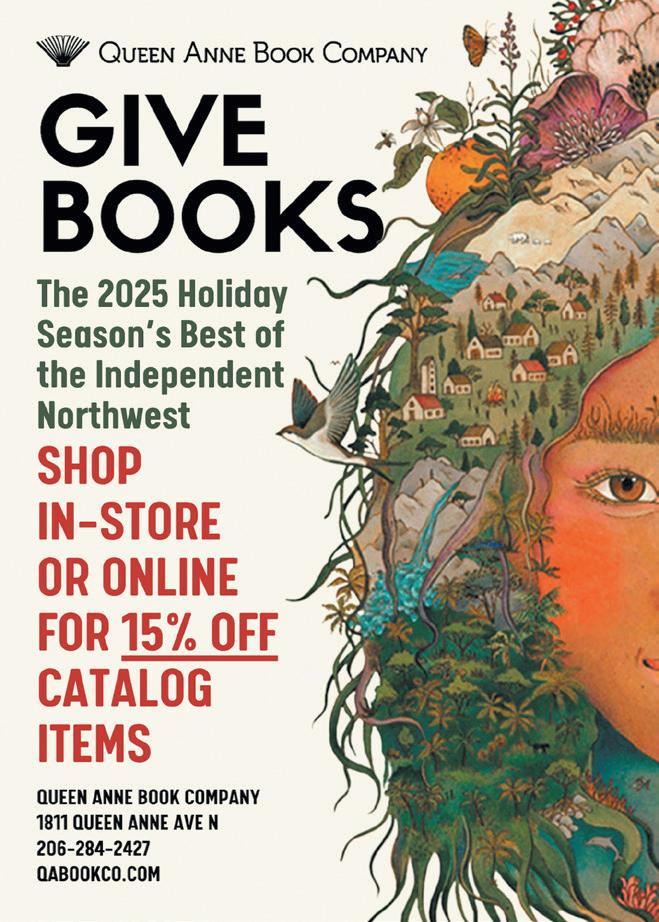
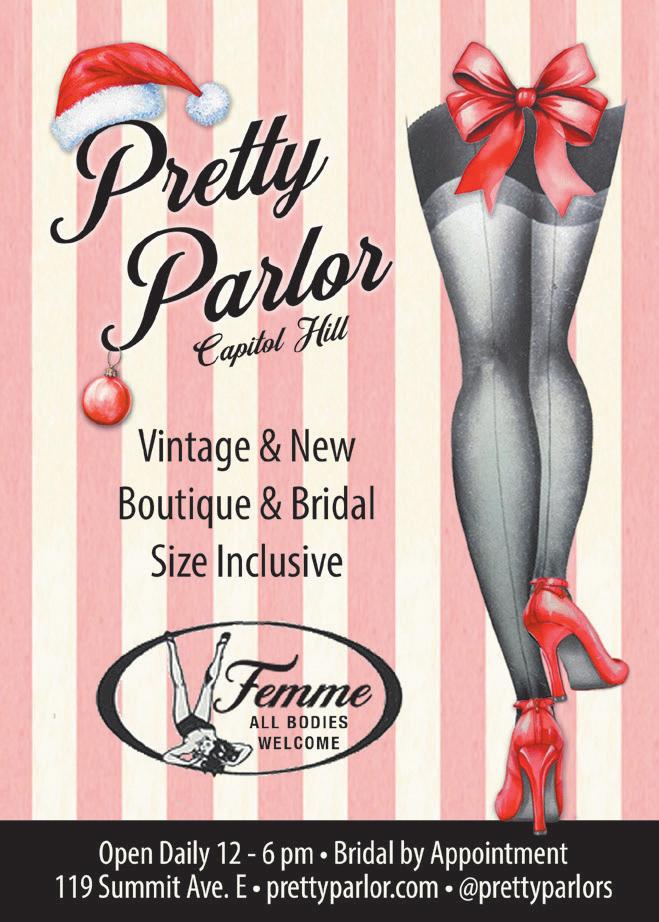

Trisha Ready Wastes No Words
Her Debut Novel, Nobuko, Strings 108 Vignettes Into a Narrative Philosophy
BY MATT BRIGGS
ILLUSTRATIONS BY LAN TRUONG • PHOTO BY BRIAN WEISS
Trisha Ready’s debut novel tells the story of a young American teaching English in 1980s Japan who falls in love with a woman named Nobuko. It’s simple to summarize, but that hardly prepares the reader for Nobuko’s evocative approach in form: 108 ultra-short chapters, each one limited to 150 words. The book is a modular mosaic that blends fiction, memoir, and prose poetry. Each vignette is its own encapsulated memory that together build a narrative philosophy. And by stripping each scene down to atomic sentences and clear-eyed, judgment-free observations, Ready posits that how you tell a story is an ethical choice.
She wastes no words. “When my plane landed in Tokyo, I realized I had no clue how to get to Utsunomiya. I hadn’t charted a route. Or even located the city on a map.” In three tight sentences—statement, follow-up, fragment—we meet a narrator whose honesty and self-effacing humor are conveyed purely through form. The way she speaks (in plain, staccato beats) reflects humility, curiosity, and openness. From page one, the novel’s style asserts a moral clarity: an insistence on simple, truthful syntax as a guide through an unfamiliar terrain.
While Nobuko ’s fragmentary, minimalist approach has roots in Gertrude Stein and American minimalism, its spirit finds equally strong kinship with modern Japanese literature, especially as filtered through English translation. The novel’s restrained realism and episodic structure recall authors like Hiromi Kawakami and Banana Yoshimoto, whose work often unfolds as a series of everyday moments infused with emotional undercurrents. One could easily describe Nobuko in the same terms that the reviewer at A Little Blog of Books applied to Kawakami’s novel, Strange Weather in Tokyo : “a collection of short episodes with little in the way of actual plot,” a story “quiet and understated” and concerned more with “what is left unspoken than what is actually being said.” Ready’s chapters often end not in grand revelations, but in ellipses of meaning: a train ride, a shared meal, a single word of dialogue. She invites the reader to intuit the significance in the silence that follows. This aesthetic shares DNA with the Japanese narrative sensibility that finds drama in the quotidian and morals in restraint.
Early Haruki Murakami is another touchstone: Nobuko eschews Murakami’s surreal flourishes but captures the same gentle alienation and yearning found in his quieter

early work. The narrator navigates being a cultural outsider in Japan, and the text mirrors that experience by balancing two traditions. It is at once an American story of self-discovery and a Japanese-style narrative of understated depth,
Nobuko captures the gentle alienation and yearning of early Murakami.
translated into English within the text itself. When a chapter opens with the Japanese word “gaijin!” (“foreigner”) shouted at her, she notes how it was “pinned to me and everyone who hailed from a different country.”
The book doesn’t editorialize or over-explain the sting of that word. Instead, by letting it recur at key moments, the accumulation of context turns a simple label into a profound commentary on belonging and otherness.
The magic of Nobuko lies in how its modular structure and rhythmic repetitions produce a narrative far richer than its tiny chapters initially suggest. Each piece is like a compartment. According to Ready’s explanation of her form, “divided into parts, like a bento box is”—each containing scenes or memories. In one section, after weeks of witnessing her boss Kacho humiliate students with a riding crop, the narrator rebels in a moment of deadpan theater: “As he started his staccato spiel on discipline…I ducked under my desk.”
The prose remains as measured. No exclamation point required. But
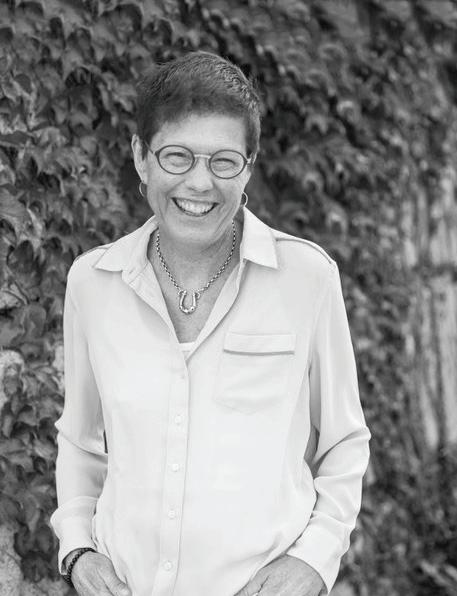
through it, Ready creates a beat of moral victory. The meaning emerges not from plot or authorial commentary, but from adjacency: the juxtaposition of a bullying scene and a quiet act of protest.
Nobuko consistently builds significance through echo. A detail in one fragment (the clack of a katana sword, a shared cup of sake, a spider spinning a web) will resurface later, transformed by context into metaphor. Emotions, too, are distributed laterally across the book. A passing mention of “longing for a transcendent union” in one snapshot reverberates when, many chapters later, that longing is left poignantly unresolved. The result is a reading experience that rewards attentiveness to pattern and rhythm. Linked by rhythm and echo, Ready’s approach solves the problem of representing lived time without conventional plot, turning fragments into harmony.
In practice, this means the novel achieves emotional and moral complexity not by grand narrative arcs, but by accumulation and resonance. These carefully spun pieces resolve into a story that feels complete and profoundly human.
Ready has created a work that is accessible in its language and engaging in its vignette-driven storytelling, yet also richly layered for those who listen to its syntax. Nobuko is an invitation to consider the smallest units of writing: the choice of a period or a conjunction, the decision to repeat a word. In this way, Ready’s book joins a literary tradition that spans Stein to Kawakami, affirming that style and morality, form and feeling, are deeply intertwined. A quiet revelation of a novel, Nobuko asks us to find meaning not in high drama, but in the spaces between the words.
Nobuko was released on FrizzLit Editions in August.

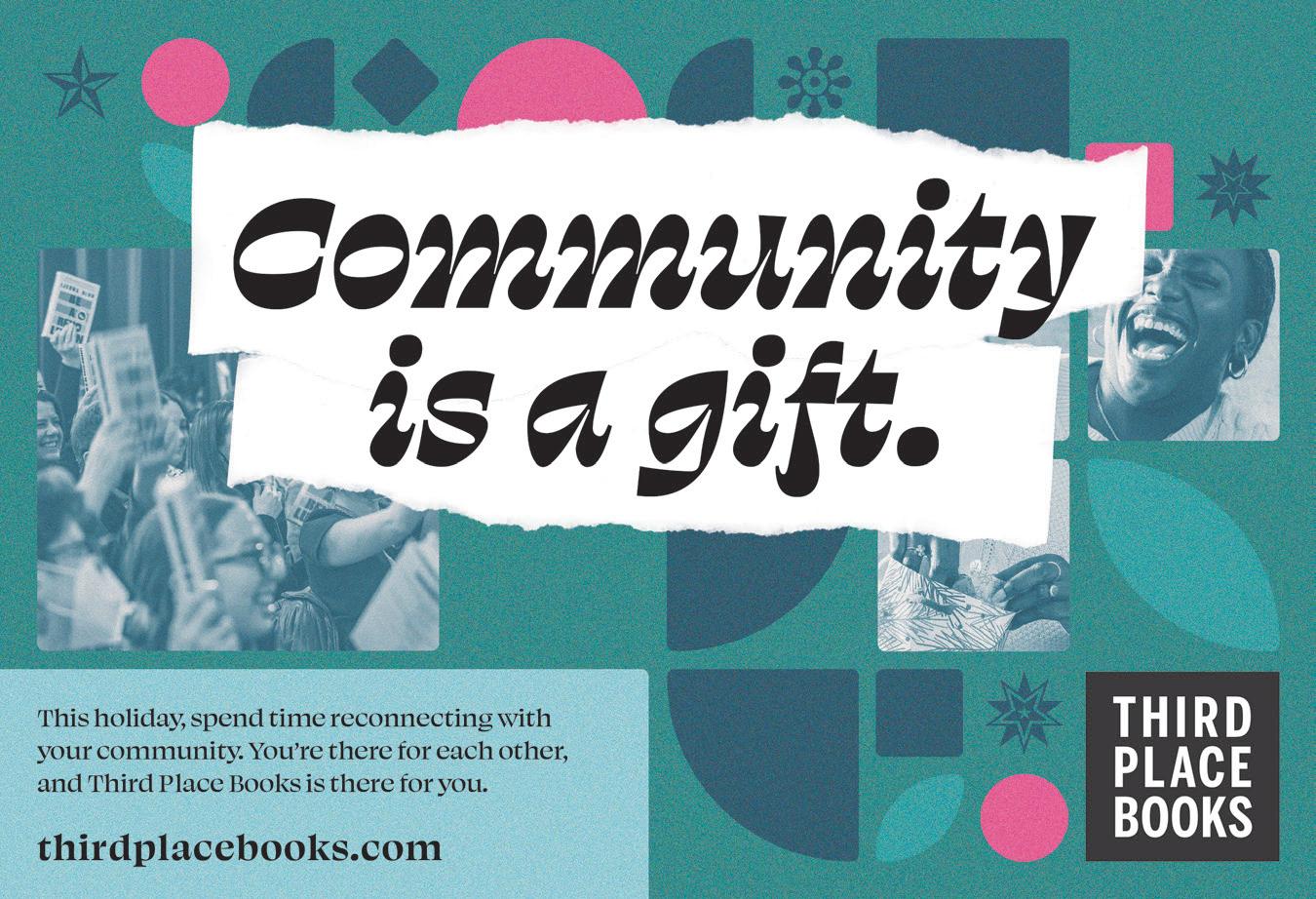
Love Is a Public Force
Mattilda Bernstein Sycamore’s Newest Novel Traces Queer Survival From the AIDS Crisis to 2020 Seattle
BY KATIE LEE ELLISON
PHOTO BY OLIVIA ZAKES GREEN
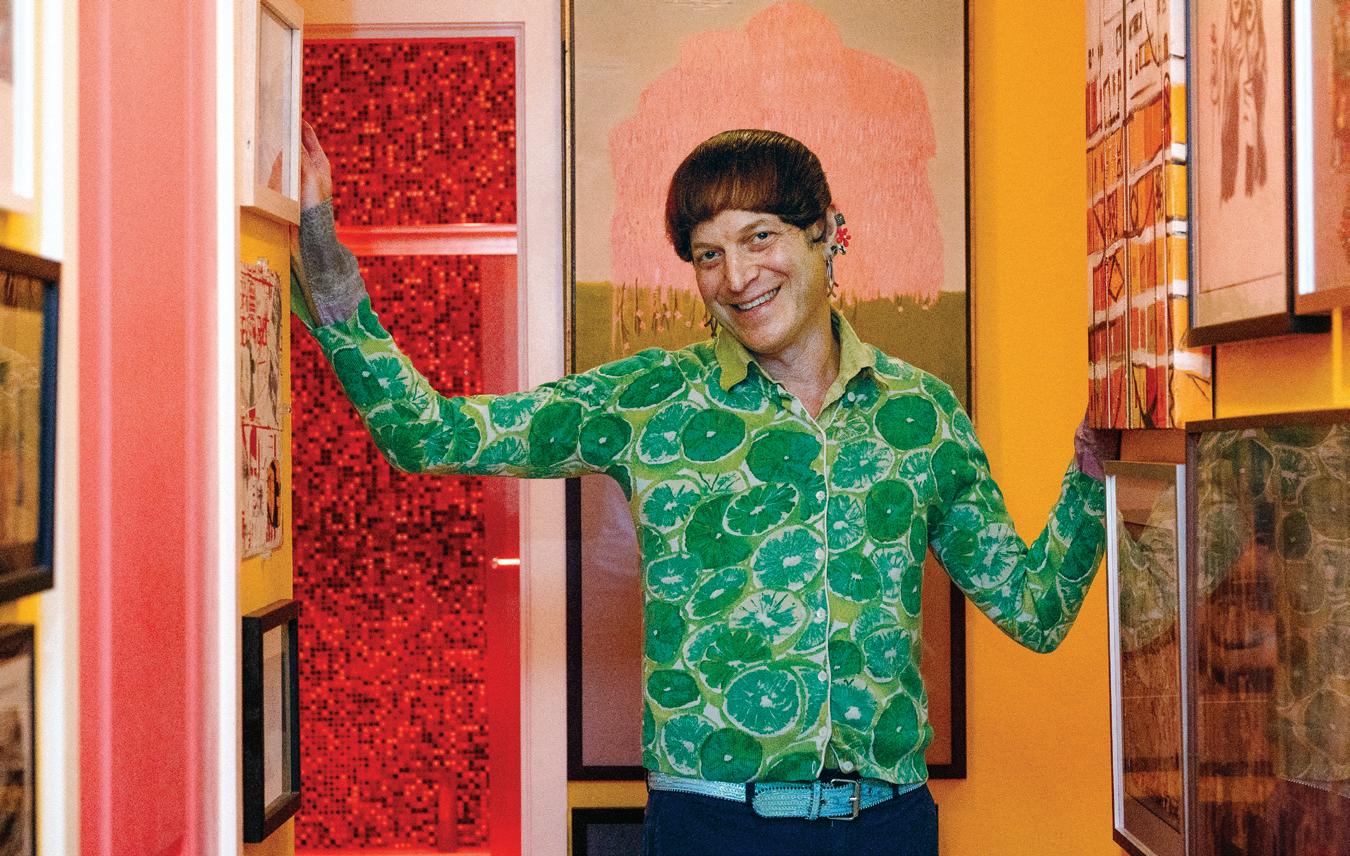
Mattilda Bernstein Sycamore takes long and meandering walks through Capitol Hill most days. From the height of summer to the depths of winter, if the sun is out, she’s soaking in it. On these walks during the pandemic lockdown, Terry Dactyl came to her. She couldn’t write it immediately because she was working on her memoir, Touching the Art, which came out in 2023. Before that, there was The Freezer Door, Sketchtasy, So Many Ways to Sleep Badly, among other novels and memoirs, plus six anthologies and another currently in the works. She’s a prolific queen because writing is survival, she says.
“Writing is my process of staying alive,” Sycamore says. “It is embedded in how I live. Specifically, writing everything that I dream of, and everything that fails me, all of the emotional reality. Often, there are things I’m afraid to say, and then I put them in my writing, and they’re said. Then I can say it! I can read it in the book, and people
aren’t that shocked by it. Often, what people are shocked by has nothing to do with what I’m afraid of. When I write the things that I think, ‘If I write it, I might die,’ and then I write it and I don’t die, that’s part of the process of staying alive.” Sycamore goes deeper still about this question of life or death, how it has been quite literal for her, and how writing has shown her how to live differently in the world.
“Writing is my process of staying alive.”
“When I was a teenager, growing up in a world that wanted me to die or disappear, I had to project invulnerability in order to survive. There was no other way. That was just reality, you know? I needed that invulnerability.” Once upon a time, The Stranger’s
Homosexual Agenda column described Sycamore as a “gender-fucking tower of pure pulsing purple fabulous,” and I’d say that description stands, in case you need context for why she grew up thinking the thickest of skins was a way to stay alive.
But that’s changed for her. “Now, vulnerability is how I connect with people and my work,” Sycamore says. “I’m always writing toward the gaps, the moments of failure or frights or fear, anxiety, loneliness, and the moments that allow us to survive. Those sudden moments of connection in the world, when we move deeper into breath, whatever creates that. I think often what creates that [breath] is being honest about all the depth of everything that weighs us down.”
Terry Dactyl is filled with these moments, one after another, and it’s what makes the novel powerful and compulsively readable, especially as she essentially restarts the story halfway through. But we’ll come back to that.
The book follows our protagonist, Terry
Dactyl, from childhood to midlife. Terry is a trans girl from Seattle’s Capitol Hill neighborhood who gets into Columbia University, then drops out after a year and becomes a club kid in New York City in the ’90s and early 2000s. When COVID-19 descends, she returns to Seattle, where she seeks connection with a neighborhood and a city she finds utterly changed. That connection is sought through long meandering walks while in the midst of chronic pain that catches up with her after years of self-medicating through drugs, mostly. Without them, Terry finds her body ravaged by what she’s lived through.
“That is how the book started for me. I was just walking around in Seattle, I guess in 2020 or 2021, and this character came to me. I started thinking about all these details about her life. Like, her relationship with her mother. I picked the house where she grew up. Her first few years, she was living at the Biltmore. Then she moved to 12th Avenue. It was all being mapped out as I was walking around, and finishing
Her brilliant new novel, Terry Dactyl, is a tale of Seattle in the pandemic, as well as a ’90s NYC club kid’s survival via wit, drugs, and a perfectly timed pink outfit.


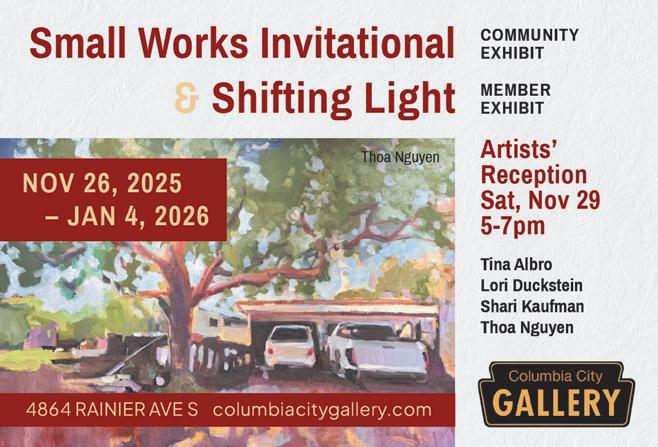

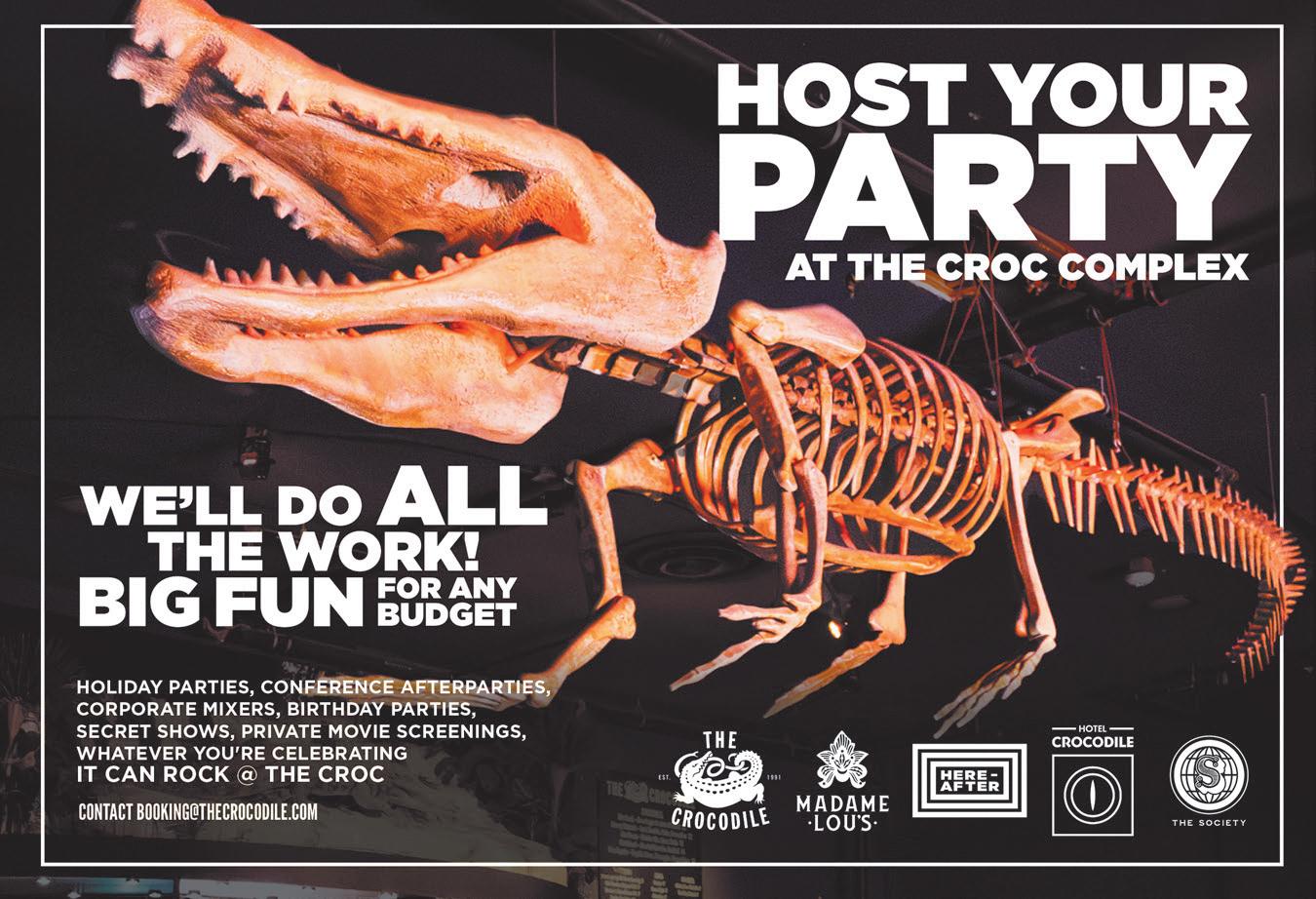
my previous book, Touching the Art . It just kept spinning in my head for at least six months before I wrote a word.”
The book starts in 2020 in New York City. The story then takes us to the AIDS crisis of the ’80s and ’90s in Seattle and New York, then back to the COVID-19 pandemic and the crisis of police brutality in this country that surfaces to the mainstream (again). “Terry’s experience of the world is formed through trauma in its fullest sense. Growing up in the midst of the AIDS crisis, this little kid watched as all of her mother’s friends— who are her friends and her role models—were dying before her eyes. The end of the book [depicts a] traumatized sense of time, because trauma is the pulse. It’s a living, breathing pulse, a three-dimensional experience, or maybe it’s a six-dimensional experience because it gives you all of these ways of thinking and experiencing the world that might not be available to other people. Then all the people she knows in New York die of AIDS, including her girlfriend, who is the central figure in the little world of club kids that she’s a part of. So, in some ways, the book is about what happens for the people who survived.”

is when everyone’s yelling for essential workers, and she starts a chant, black lives matter, abolish the police. That’s when she feels, finally, connected to this neighborhood where she grew up. She grew up there, but it’s not that place anymore. When she grew up, she was a little kid wandering around [in her own house], and all these queens [friends of her mom’s] were like, hey, girl. She was this trans girl coming of age, there was a sense of communal possibility in everyday experience. But that’s gone. So when she feels it, it’s in those moments of screaming out as loud as she can, and blowing her whistle to the tune of black lives matter, abolish the police, and then when people join in, that’s the key. And when someone yells, I love you, and it’s just a random person, it’s only a moment, they don’t get to know one another: That’s where the communal possibility exists. That’s love as a public force. That ritual for Terry is her way of connecting politically with the world, but also with her own history of this neighborhood that formed her, and that now feels, in some ways, like somewhere she had never been before.”
Sycamore heightens Terry’s experience through her longest sentences yet (which is really saying something since Sycamore’s writing is marked by a signature style that rolls and whirls with long sentences). While reading, I imagined these sentences taking on the rhythm and breath of Sycamore’s hours-long daily walks.
“The first long sentence is the first sentence [of the book]. It’s, like, half a page. [Terry’s] on the dance floor at the Limelight, and she’s enthralled with Sid [who becomes her girlfriend], who she meets on the dance floor, and Sid is doing this really intense, surprising performance. In the middle of this crowded dance floor, [Terry is] in her own world. I wanted the sentences to be their own world. Those sentences allow the voice to take possession, and the voice and the character are what drive the book.”
For those that need a more fleshed-out introduction to this local legend, Sycamore is a self-described “faggot, a queen, genderqueer, trans, and nonbinary,” and she’s also an activist and anarchist. She’s resisted traditional systems from her earliest beginnings, growing up in Washington, D.C., and came into herself in San Francisco working with ACT UP (AIDS Coalition to Unleash Power). This beginning shaped her work and her voice, and certainly helped shape and inspire Terry Dactyl and her experiences in the book.
“There are things I’m afraid to say, and then I put them in my writing, and they’re said. Then I can say it!”
By the time Terry returns to Capitol Hill, her outer world becomes simpler, but her inner world becomes richer than ever. I lived in Capitol Hill during the pandemic, and reading this book was a visceral memory returned: If you were there, you remember the flash bombs and tear gas and helicopters all night. The terror of all that, on top of the nerve-wrecking walks in the early days when fuckers didn’t wear masks (I’m still mad at them) or keep a distance, and we were otherwise trapped inside. And in all that rage and fear and loss, Terry finds a moment of what Sycamore called “public love.”
“When Terry experiences it in the book,

“All of us experienced the beginning of the pandemic, and that moment of absolute fear, and also, a moment when we were all together. That was the rhetoric, but it also felt that way, because no one knew what the fuck was going on. Everyone felt vulnerable, and in that vulnerability, there was a possibility. That possibility has been squandered. It’s gone. It’s over. It ended as soon as businesses started reopening. Now we’re living in that loss. But I think that moment of communal possibility, that’s what I mean by love as a public force.”
Lucky for us, we’re alive to take in this latest work from a local heartthrob and a writer who has been recognized by practically every major and minor queer and radical author of the last 20 years. Make way for Sycamore’s latest in your minds, your hearts, and your purses, honey. She won’t let you down.

Terry Dactyl is out from Coffee House Press on November 11.
Body Language
Filmmaker and All Fours Author Miranda July Discusses Weight Lifting, Intimacy, and Her Dream Journal
BY JULIANNE BELL
Miranda July is known for her prolific and expansive body of work, which includes performance art; her films Me and You and Everyone We Know (2005), The Future (2011), and Kajillionaire (2020); and her books No One Belongs Here More Than You It Chooses You, and The First Bad Man. Most recently, her 2024 novel, All Fours—which follows an unnamed 45-year-old married perimenopausal artist who embarks on a road trip and undergoes an intense sexual awakening—has become a galvanizing cultural phenomenon, sparking countless group chats and book club discussions. The New York Times called it “the first great perimenopause novel,” and Starz has acquired the rights to adapt it into a TV series. July has kept the dialogue going with her Substack chat, where her fans swap wisdom on subjects like divorce, polyamory, and hormone replacement therapy.
What was it like to be a part of the Pacific Northwest arts scene just after the riot grrrl movement?
Girls were still making bands and living in named houses, you know, like “The Curse,” after menstruation. We had a studio in the basement and I was briefly in a band called the Need. But more than that, I think the very do-it-yourself ethic was perfect for me, because I had just dropped out of college and didn’t want to be taught, and my chosen art was filmmaking and performance. I think starting Joanie 4 Jackie, which was an underground movie distribution network, was my most riot-grrrl project, in the sense that it was creating an institution in opposition to existing institutions for film, which were so patriarchal.
Technology has changed so much since you started Joanie 4 Jackie. Do you see anything that reminds you of that same DIY spirit today?
I was actually just looking yesterday at a Joanie 4 Jackie pamphlet, and I was arguing then that because of the new invention of video—which, remember, was a clunky video camera, not a phone—we could now make videos, short movies in a much more colloquial and interpersonal way. You could make a video just for one other person, which was kind of an artistic and weird idea [at the time]. When I actually look around at the number of movies I shoot every day [on my phone] and send to friends, and that they send to me, I feel like that is still filmmaking. I feel like we’re in the infancy of how that shapes art and the industry.

Miranda July’s work ethic came from the drive to make her fantasies real.
ELIZABETH WEINBERG
In All Fours, the narrator starts a weight lifting regimen, and I know you’ve said in the past that you worked with a trainer while writing the book. How has lifting affected your life? I still do it—twice a week, for six years now. I think it was the very clunky beginning of wondering if a more embodied life was possible. Literally building strength, having the body be more capable of the things it does every day, was a first step in that direction. It’s actually a very subtle, slow thing, to truly shift from the brain, to just having experiences and enjoying them and understanding them in a physical way. I’m still figuring that out.
You’ve worked in so many different mediums during your career, is there a discipline you’ve never tried that you’d like to?
I would say the discipline of no discipline is what I’m exploring now, which is to say after much relentless rigor, I find that there’s all these unworked muscles and they don’t have anything to do with trying. These other parts of myself need to catch up. It’s a little like in the book—I’m following in her footsteps, more or less, giving this new girl a chance.
How is that manifesting in your life right now?
I mean, it’s huge. It’s kind of like this ongoing release, like when you get bodywork or massage, and suddenly you’re crying and you have no idea why. I’ll have a lot of instances
“I’m not going to try to prove to you that it’s fiction, because that’s tacky and beneath me as a fiction writer.”
like that, but it’ll just be some ordinary experience, like tasting food or something. I really lived as if I was in the Olympics or something, 24/7, everything focused on work. Pretty much anything you might think of in life is new to me, [other than] making something. I love to make things, I’ll always do that, but I’m glad I’m not 97 and figuring this out.
Where did that work ethic and inner drive come from?
I found that that was a world I could control, and it was very tied to fantasy, making fantasies real. As a kid, you cope by having fantasies in your head. At a pretty young age, I graduated to “Oh, if you work really hard, you can make them for other people, so they can see them.” And what could be better than that? Because it’s already your escape, and you’re giving them your escape as an internal world. And then to not be totally alone in that, to actually connect with other people through it in a real but limited way—I mean, how beguiling. What’s not to like there?
It seems like the search for connection and intimacy is a throughline of much of your work. What do you think brings you back to that topic again and again?
On the one hand, it’s right there, it’s easy to connect. But on the other hand, it’s completely elusive to me. I am only just beginning to realize how easily I absent myself when real connection is on the line. I think
in different ways, we all do this. Often, it’s with the things we think we’re the best at—I mean, I’m great at intimacy! No one’s better at intimacy than me! [Laughs] But truly, you could be working so hard on that that you’re not actually risking anything.
You’ve cultivated a really supportive and intimate community on your Substack, what inspired you to start it?
I was getting so many DMs and emails and messages from women about their lives, each of them feeling that they were unique and alone. And I was like, oh shit, I’m the only one who can see that none of you are alone. I was in this weird position. I felt like the support operator—how do I put these people in connection with each other? The Substack came out of that. This idea of the “All Fours group chat” has come about through a combination of media and the public. I was still seeing that there were a lot of people who did not actually have a friend group that they were texting about these issues and who longed for that. I think every writer I know has a mixed relationship with Substack, so I’m still wrestling with it, but as far as the chat, I love it. I’ve always wanted an ongoing hangout where people could ask the most intimate questions and share advice. It’s just great. The chat feels very pure to me, in a grassroots feminist sense.
All Fours is fiction but shares many parallels with your life, which has led many readers to assume it’s autobiographical. What does it feel like to have strangers think they know everything about your personal life?
I really set up the book playfully around the idea of conflating the narrator and the author; I did that to create a certain kind of energy. And thus, of course, people do what they should, which is [think] maybe this is all true. That only bugs me when I’m like, oh god, it was so much work to make that story, it was the best fiction I’ve ever written, and I’m so proud of it that; when I realize that probably 75 percent of people just think it was my journal, I get a little deflated. But I have to laugh, because I went out of my way to invite that. Or at least, I’m not going to try to prove to you that it’s fiction, because that’s tacky and beneath me as a fiction writer.
What’s your favorite outfit right now?
I don’t know that I have one, but I’m going to Portland for [friend and artist Isabelle Albuquerque’s] show at the lumber room, and I was packing for that and wearing a silk scarf. I felt like I was sort of cosplaying a rich bitch or something, wearing a giant silk scarf folded in half in a triangle and then tied so it’s hanging over one shoulder. It was the maiden voyage of this scarf idea. We’ll see if I feel like I can pull it off outside of my house.
I know you keep a record of your dreams. What’s the most interesting dream you had recently that you’re willing to share?
I was making out with someone, and I was surprised that his uvula was dangling by a thread, but I went with it, a new kissing experience. And then it broke off entirely and ended up in my mouth, and I handed it to him, and he put it back nonchalantly by swallowing it.
See Miranda July at the Moore Theatre on November 13, 8 pm, all ages.

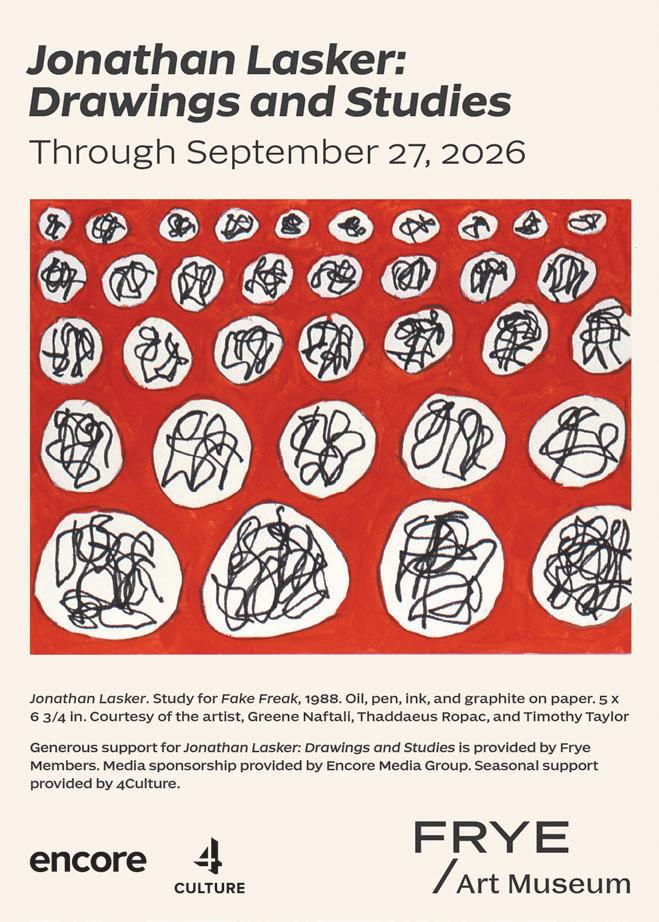

When she was a child, Priscilla Dobler Dzul wanted to be an Egyptologist. Obsessed by ancient culture, she devoured Egyptian mythology and even practiced mummification under the tutelage of her Scottish American grandmother, a woman passionate about science who instructed Dobler Dzul how to preserve small roadkill with borax and salt. On clear nights in Wollochet Bay far from the haze of urban light, she would also take Dobler Dzul outside to teach her about the stars. “She would talk to us about the cosmologies and mythologies of my history,” Dobler Dzul recalls. “She would tell us, I need you to understand how the planets work and how to study the stars, so you can see what it is that people have always been fascinated by.”
But Dobler Dzul had a hard time wrapping her head around the scientific language of astronomy. Instead, it was the stories her Maya grandfather told that unlocked the mysteries of the heavens. “There’s beauty in astronomy, but I could never grasp it fully,” Dobler Dzul says. “But if you create a story to tell me how the tail of the crocodile was pushing all the stars, or how a giant serpent was eating all these stars and planets, flying through the sky…”
“The beauty of oral stories is how they teach about societal relationships.”
Drawing on the stories passed down from her ancestors is what drives Dobler Dzul’s work as an adult. Dobler Dzul now lives in Tacoma, where she works as an artist. Her solo exhibit, Water Carries the Stories of Our Stars, which opened last month at the Frye Art Museum, brings together a new body of sculpture, textiles, and video that tell a story about the connections threading through the Pacific Northwest and the Yucatán.
The Frye isn’t the only museum where Dobler Dzul’s work can currently be found. On October 13 (Indigenous People’s Day), her art debuted at the Metropolitan Museum of Art as part of an unprecedented, unsanctioned art intervention in the institution’s American Wing. Titled Encoded, and curated by Tracy Rector with Amplifier Art, the exhibit features pieces by 17 Indigenous artists who created augmented-reality artwork to interact with physical pieces in the Met’s permanent collection—like Thomas Crawford’s Mexican Girl Dying. A white marble statue made in 1848, Mexican Girl Dying
Mythic Currents
Priscilla Dobler Dzul’s Cosmology Flows From Cenote to Sound
BY AMANDA MANITACH
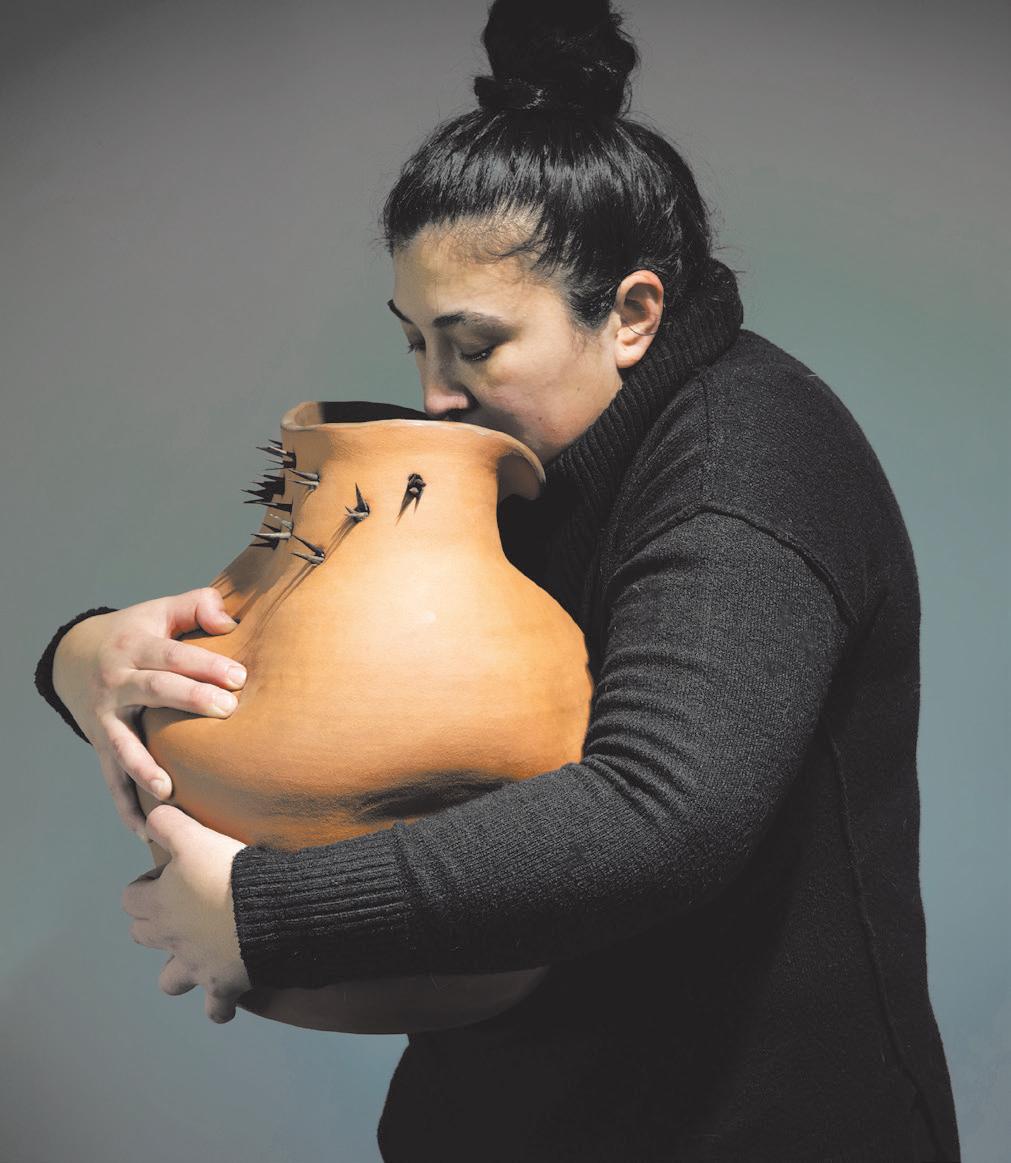
reads like an inversion of the odalisque trope: instead of a woman in sensual repose, the subject is a sensually splayed casualty of colonial conquest, a cross repentantly clutched to her exposed breast. Viewed through Dobler Dzul’s AR intervention, the figure is covered with the decorated pelt of a puma—an animal venerated as an ancestral being in the Maya tradition.
Water Carries the Stories of Our Stars is a significant milestone: Dobler Dzul’s first solo museum show. A few weeks before the
exhibit opens, she’s preparing objects for transportation at a fabricator’s workshop in downtown Seattle. She peels the packing blankets back on a large sculpture to reveal a piece about four feet tall, made of roughly textured Oregon red clay and grog. The large head of a deer emerges from a bed of flowers, beneath it the wild-eyed face of a rabbit baring its teeth, a long tongue jutting between incisors. It’s one from a series designed after the elaborate ancient Maya sculptures called censers, protective entities found in ruins
and temples across the Yucatán Peninsula that feature the faces of gods and animals.
Dobler Dzul’s sculpture, Do you know why rabbit lost his antlers, references a familiar tale passed down through the Americas: the Creator bestows long ears to the rabbit as a result of a series of mishaps and betrayals. The way Dobler Dzul’s grandfather told it—growling, howling, and animating his subjects with a vividness she can never forget—the story was about betrayal within one’s community.
Dobler Dzul’s solo exhibit includes sculpture, textiles, and video, and draws on the stories passed down from her ancestors. AJ LENZI
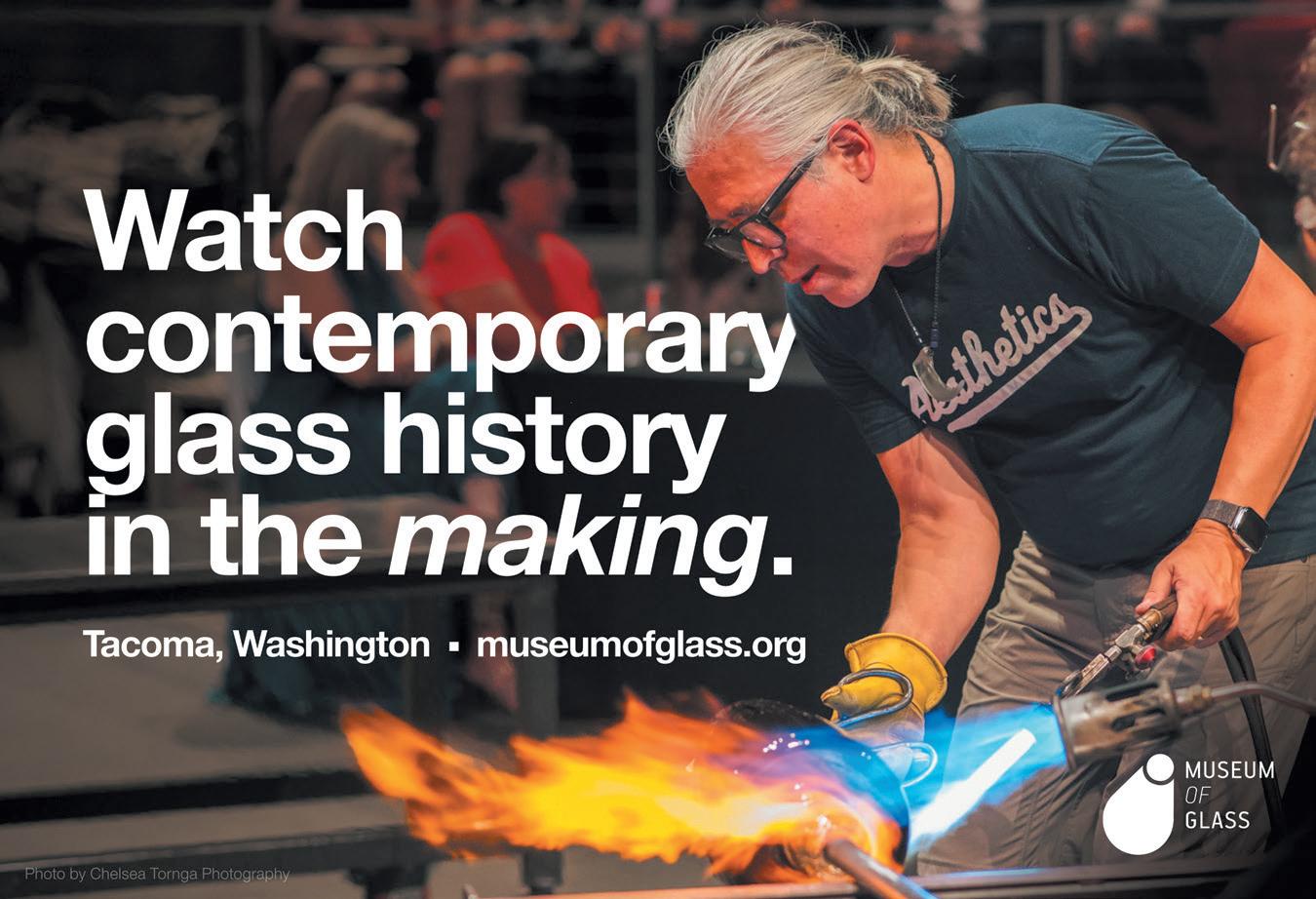

“The beauty of oral stories is how they teach about societal relationships,” says Dobler Dzul. “They’re talking to us about our politics, our government, each other. These are the stories told to children, that everyone learns. Oral stories are a kind of native language that’s being lost throughout all of the Americas.”
Dobler Dzul translates these stories into a visual vocabulary all her own, embedded in clay sculptures and expansive storybook tapestries where characters from Maya mythology mix with 21st-century machinery, people, and everyday things, all of it rendered in shimmering, colorful thread. As in all her work, nothing is accidental; every stitch has meaning.
Reading them is like a hunt for clues. The piece Kukulcán descends from the skies is a tapestry about eternal cycles. The background of the fabric is imprinted with a delicate, repeating fleur-de-lis-type pattern—the design found on the walls of the colonial haciendas where Dobler Dzul’s Maya ancestors were enslaved. The serpent scales of Kukulcán encircle an interior tableau filled with crocodiles, one sprouting flowers, the other dormant roots (“the idea that all our cosmologies have been brought to us on the backs of the crocodile,” she explains). Two cowgirl basketball players bounce the sun and moon off their hips—a nod to the traditional Maya ballgames. And then that ubiquitous bat.
To make each tapestry, Dobler Dzul first draws the design by hand, then maps it out on fabric with color coordinates for the embroidery. The stitching is carried out by Dobler Dzul and her cousin, who take turns free stitching on a machine. Each textile piece takes months to complete.
have to learn Xmanikté But nobody knew it. We only heard of people talking about it in little villages.” Last year Dobler Dzul realized her dream of securing funding for a small textile collective in the Yucatán, Wayak Chuy, which allows her to support local artists passing on the knowledge of their craft.
For Dobler Dzul, research is key to tracing connections, which is key to unlocking the story buried in the data. Some quests remain unresolved, like the search for the identity of a mysterious flower found carved
into caves to study and understand which bat species out of over 120 species on the peninsula is the only one that pollinates this flower. And those bats are in danger right now in large part due to the privatization of land, the caves, the cenotes.”
The whistling song of a flock of bats swirling around the mouth of a Yucatán cave is the opening scene of Jaguar Rebirth, one of two videos on view at the Frye. A love letter to her ancestors, the piece traces the flow of water through the cenotes, through the waterways, to the fields that grow the
and willows, drenched in fog and a chorus of frogs. It might be mistaken for another continent except for the looming image of Mount Rainier in the distance.
In the scenes that unfold, the wetland is decimated, with the mounting tension of a horror film. Dobler Dzul wanders like a mythic character through the transforming landscape; after it’s fenced off with heavy locks and chain-link, she finds a brink and a way in. As she wanders through mud dozed by machines, then across gravel awaiting cement, she carries with her a large clay vessel filled with water, then with stone fruit grown with the water, then with pits from the stone fruit—ever seeking to pour out its contents and connect with what nature remains. An air of anger and futility clings to her figure; there’s no sense of irony or joy as she jams the pits of stone fruit into cracks running through barren concrete. Lines of text flash across the image: Those who take with greedy hands want to silence us forever. But they do not know our rage.

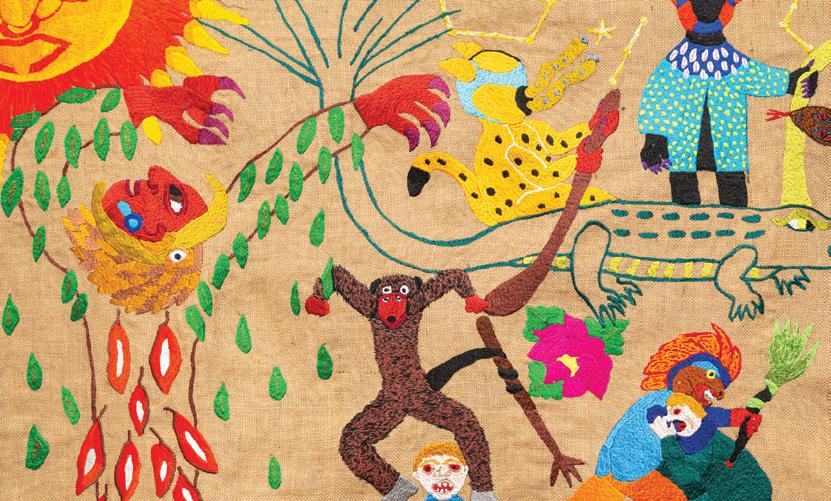
If the presence of physical labor is evident throughout Dobler Dzul’s oeuvre (and it very much is), the invisible labor of research slowly comes to light the more one understands how to read the art. Dobler Dzul typically spends half of each year researching her subjects, working with scientists, anthropologists, and Maya elders living near her birthplace in Mérida, Mexico; the other half is spent creating the art. Much of the research has centered on learning pre-Hispanic Maya embroidery techniques practiced by Maya elders— information that risks being lost with the passing of the current elder generation. Those techniques find their way into her tapestries, such as a diamond-shaped serpentine stitch called Xmanikté. “Legend is, if you stroke the serpent seven times on its back, you will get the knowledge of cross-stitch,” says Dobler Dzul. “As a child, my mother would say, If you really want to learn how to embroider or cross-stitch, you
throughout the temples of Uxmal. Because the majority of Maya codices, books, and manuscripts were burned by Spanish colonizers, contemporary anthropologists can’t be certain what these flowers were. Other less elusive plants, like henequén (also known as agave, and nicknamed “green gold” for the role it played in plantation owners’ exploitation of the region throughout the 19th century), exist at the center of Dobler Dzul’s cosmology.
“For me to understand how to work with this plant, I also had to fully understand its ecosystem. I spent seven years going down
henequén. The video crescendos with the image of Dobler Dzul’s torso rising and falling under a mound of dirt while she is laid out beside a hole large enough to be a grave, awaiting rebirth as a creature of power.
Dobler Dzul spent the past two years filming scenes for her second video, The only thing that existed, was the movement of the waters and the skies. The piece documents the gradual destruction of Wetland 296 in Tacoma to make way for a 2.5-millionsquare-foot warehouse complex for developer Bridge Industrial. It opens with sweeping views of lush wetland thick with cattail
The mythopoetic atmosphere of the cinematically beautiful piece is interrupted by jarring moments that ground the viewer in the reality of Tacoma: a Sounder commuter train barreling by as Dobler Dzul waits to cross the tracks, the luminous face of the supermoon crossed by a commercial jet.
South Tacoma’s Bridge Industrial Warehouse Project is not only one of the largest warehouses in the world to date, with 20 acres of paved parking lot—its proposed use: to be leased as a distribution center for online order fulfillment—it also happens to sit directly atop the South Tacoma Aquifer, a major source of drinking water for the city. “I don’t see myself as an artist or an activist,” Dobler Dzul says. “I see myself as a person that’s trying to survive and hold on to my culture and my family. All I can do is start bringing more awareness, so people can start being awakened.”
For the ancient Maya, cenotes—aquifers—were not only sources of drinking water, they were sacred portals to the underworld. In Dobler Dzul’s cosmology, water is a portal, too. The aquifers of Tacoma are, in fact, connected to the cenotes of the Yucatán, and they are talking to each other through networks deeper than we understand. The quiet power of Dobler Dzul’s work lies in the knowledge that telling a better story is the key to seeing the world as it really is. If we understand that everything is connected, maybe we will begin living like it.
Priscilla Dobler Dzul’s Water Carries the Stories of Our Stars is on view at the Frye Art Museum until April 19, 2026.
Dobler Dzul typically spends half of each year researching her subjects, working with scientists, anthropologists, and Maya elders; the other half is spent creating the art.
MEL CARTER
JUEQIAN FANG
Shadow Work
The Human Magic of Manual Cinema
BY BESS LOVEJOY

Centuries before haunted house attractions or horror films, audiences thrilled to magic lantern shows. Also known as phantasmagorias, these performances featured hand-painted glass slides illuminated by candles, projecting fantastical and macabre images—grinning demons, bleeding nuns, the political dead—onto darkness or thick smoke. By the 1790s, phantasmagorias had become true multimedia spectacles: images rose from the floor and disappeared, thunder crashed, and disembodied voices echoed around the room.
Manual Cinema, established in Chicago in 2010, makes work that feels like the phantasmagoria’s great-great-grandchild. The group’s central technology—the humble overhead projector, the kind you might remember from school—functions like a magic lantern, casting silhouettes, cutpaper shadow puppets, and colored slides aglow and transforming them into something otherworldly.
“When I’ve seen it, I’m like, this is magic. I’m a practitioner of it, and I don’t fully understand it,” says Drew Dir, Manual Cinema’s co–artistic director and lead puppet deviser. He’s inspired by very, very early
film, such as the work of Georges Méliès, the French magician and filmmaker who made the moon stick out its tongue in 1902’s Le Voyage dans la Lune
But a Manual Cinema show is more than just eerie shadows. There are live actors, props, and an ensemble of musicians creating a live score. Watching a performance has a choose-your-own-adventure quality: “It’s like watching an animated film be created
“It’s like watching an animated film be created live in front of you.”
live in front of you,” Dir explains. “Audiences can either watch the final image that we’re making, the shadow play on a big screen above them… or they can watch all the craft that is being put into making that live below, because we expose everything.”
Manual Cinema got its start about 15 years ago, thanks to a spare overhead projector in Julia Miller’s landlord’s garage. Miller, another of the company’s five co–artistic
directors, had experimented with shadow puppetry as part of Chicago’s famed-butnow-defunct Redmoon Theater. She brought a small group of artistic friends together— some with backgrounds in theater, others in music or visual art—to make a short shadow puppet show inspired by a lullaby. The result was Lula del Rey, which Dir describes as a “dreamy space cowboy story about a girl growing up in the middle of an array of radio telescope satellites in the desert who hears this song, this far away song, and goes on a journey to pursue the song.” The project was meant as a bit of a lark, but after its performances at a storefront theater in Chicago, “people started asking us, ‘When’s your next show?’ And we said, ‘We don’t have a next show,’” Dir says.
Until, of course, they did. The group fell in love with the possibilities of the form—the chance to combine storytelling, puppetry, music, spectacle, and movement. They took Lula del Ray’s dreamy space cowboy ballad to bars and DIY spaces in Chicago. The next year, on Halloween, they premiered a show called Ada/Ava in the front window of Dir’s apartment building. They’ve since toured Ada/Ava around the world, and followed it up with more than two dozen other works,
an Emmy, animations featured in the 2021 Candyman remake, and a tour with folk rock band Iron & Wine.
The 4th Witch—which they’re bringing to Seattle in mid-November—is inspired by elements of Shakespeare’s Macbeth. But don’t expect a straight retelling. Dir describes it as a “mirror image story of Macbeth,” in which themes of power, magic, vengeance, dreams, nightmares, and guilt “play out not on the psychological terrain of Macbeth, but for an unnamed girl who is at the opposite end of the spectrum of Macbeth [himself] in terms of her power and her status.” The story follows a young girl who flees a war-ravaged village and escapes into a forest. There, she’s taken in by a witch and becomes her apprentice. Her grief makes her magic more powerful—and soon, her rage finds a target: Macbeth himself. “We have a character in the form of this girl who undergoes an enormous trauma and is offered power to right that trauma,” Dir says. “But the moral content of that power, I think, is ambiguous.” It’s one part war and one part witches— two ways of solving problems, perhaps. And if the heavier themes are the meat of the show, Dir says the witchcraft is the dessert. After all, there’s a reason why “people have
Manual Cinema’s otherworldly shadow-puppet shows are largely inspired by phantasmagorias from the 1700s.
KATIE DOYLE
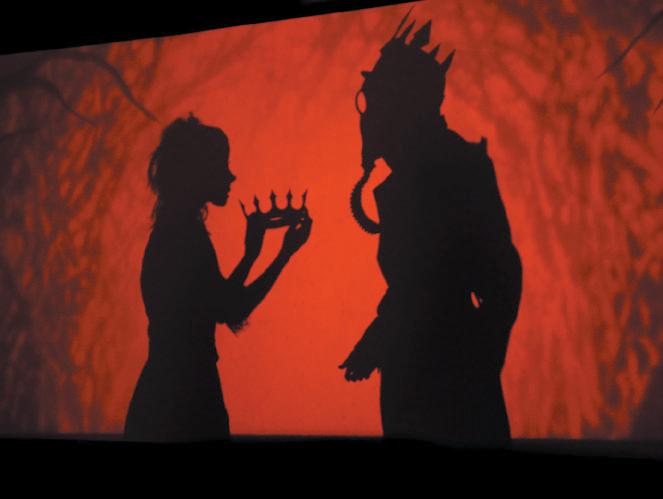
been attracted to Macbeth for centuries,” he says. “There’s all sorts of opportunities for spectacle, with witches, magic, and the creation of potions, and flying. There are all sorts of tricks that we were excited to take on.” (Even the score, featuring three female vocalists alongside piano, violin, and cello, sounds appropriately witchy.)
That excitement came only after years of resisting the idea of doing Shakespeare. “We always said, well, [Shakespeare] doesn’t really make sense for the work we do. We’re so visual and nonverbal and Shakespeare is so much about the language.”
But the company eventually found what Dir calls a “backdoor” into the story: “I began to think about it in terms of not lines of dialogue, but all these symbols that recur over
“We say all the time… what do the puppets want?”
and over and again in Macbeth . You can really distill the play down into this very simple visual vocabulary: a witch, a dagger, a bloody hand, a crown.”
The artistic team also had some unusual partners in crafting the show: the puppets themselves. “We say all the time, what does the medium want? Or what do the puppets want? Because oftentimes we’ll come in with a story, but we’ll find that the puppets want to tell a different kind of story, and it’ll be a negotiation.”
Disturbingly, what the puppets wanted here was revenge. That wasn’t in the seeds of The 4th Witch when they began work, says Dir. “But there was something about this story about this girl who is responding to personal tragedy… her grieving process translates into a desire for revenge. And that was something the character, the silhouettes, the puppets wanted to do.”
He likens discovering what the puppets want to using a metal detector on a beach. “You might go in with a plan of what you’re looking for, but the metal detector, if you point it over here, it goes, beep, beep, beep, beep. And you just have to follow that because you know something is there and you don’t know what it is, but this thing is
beeping and you have to move towards it.”
For all the talk of puppet agency, this is still very much art made by humans. “In our daily lives, we’re surrounded by so much imagery, and most of that imagery comes from corporations that are crafting it because they want you to buy something,” Dir says. “Increasingly the imagery is coming from machines that are creating without much human input or craft at all, or that are just copying or duplicating images that are [already] out there. And so to be able to offer an audience a certain kind of imagery where you can feel the labor, you can feel the material, you can feel the hand, the human hand behind it—I think increasingly we don’t have that experience, and it can be almost an emotional, moving experience to see an image or art that is crafted that way. I think we’re in danger of losing touch with it.”
“The value of Manual Cinema, the name of our company, means literally cinema by hand,” he adds.
The experience is emotional—when Manual Cinema’s Frankenstein played at the Moore for one night in March 2024, I exited with a tear-streaked face, and the bathroom was full of women visibly moved by the performance. (This also might have had something to do with the emphasis on motherhood and grief in the show’s retelling of Mary Shelley’s story, an angle well-suited to Shelley’s own biography, which involved a mother who died shortly after giving birth to her, and multiple miscarriages—one so awful she might have died of blood loss had her husband, the poet Percy Shelley, not told her to sit on ice.)
Gruesome anecdotes aside, it’s remarkable that a performance where all the wires are showing can evoke such strong feelings. It’s further evidence that the power of art lies not in technical mastery, however impressive, but in its ability to show us other humans grappling with age-old themes: love, loss, power.
And even with everything visible, the show feels like magic, just as in the phantasmagorias of old. Maybe that’s the real secret—even when we know it’s all a show, we can still choose to believe.
See Manual Cinema’s The 4th Witch at the Moore Theatre on November 12, 7:30 pm, all ages.
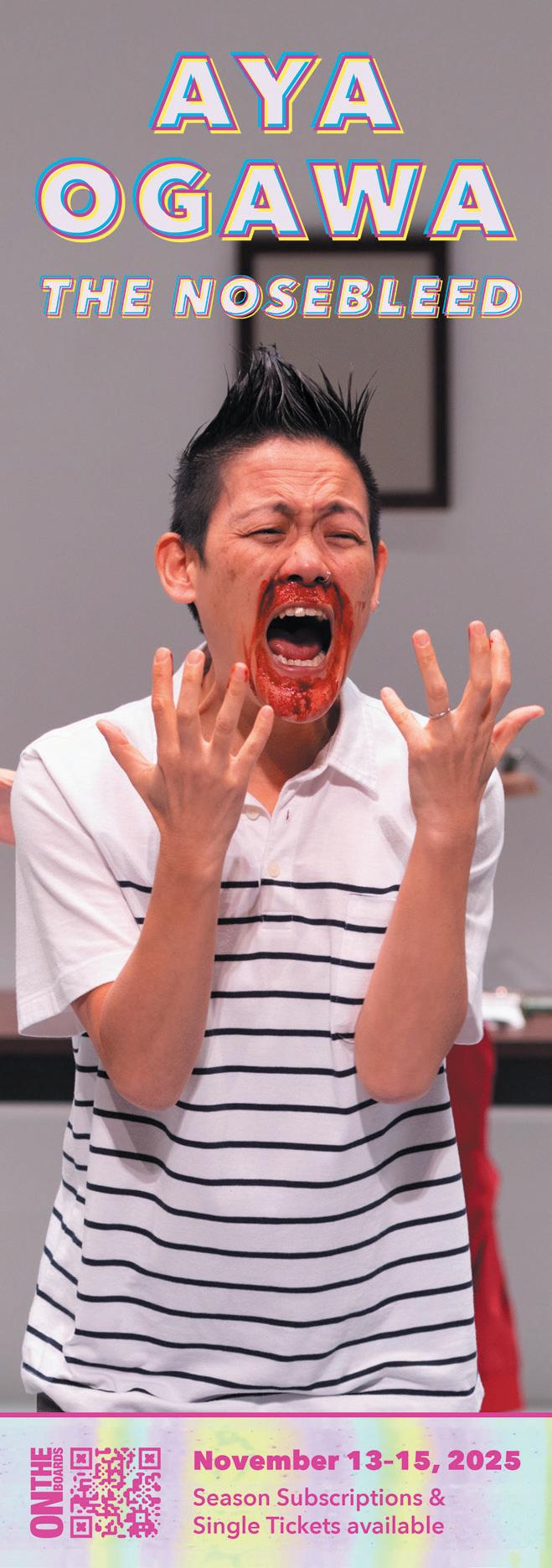
Each Manual Cinema production has a choose-your-own-adventure quality.
KATIE DOYLE
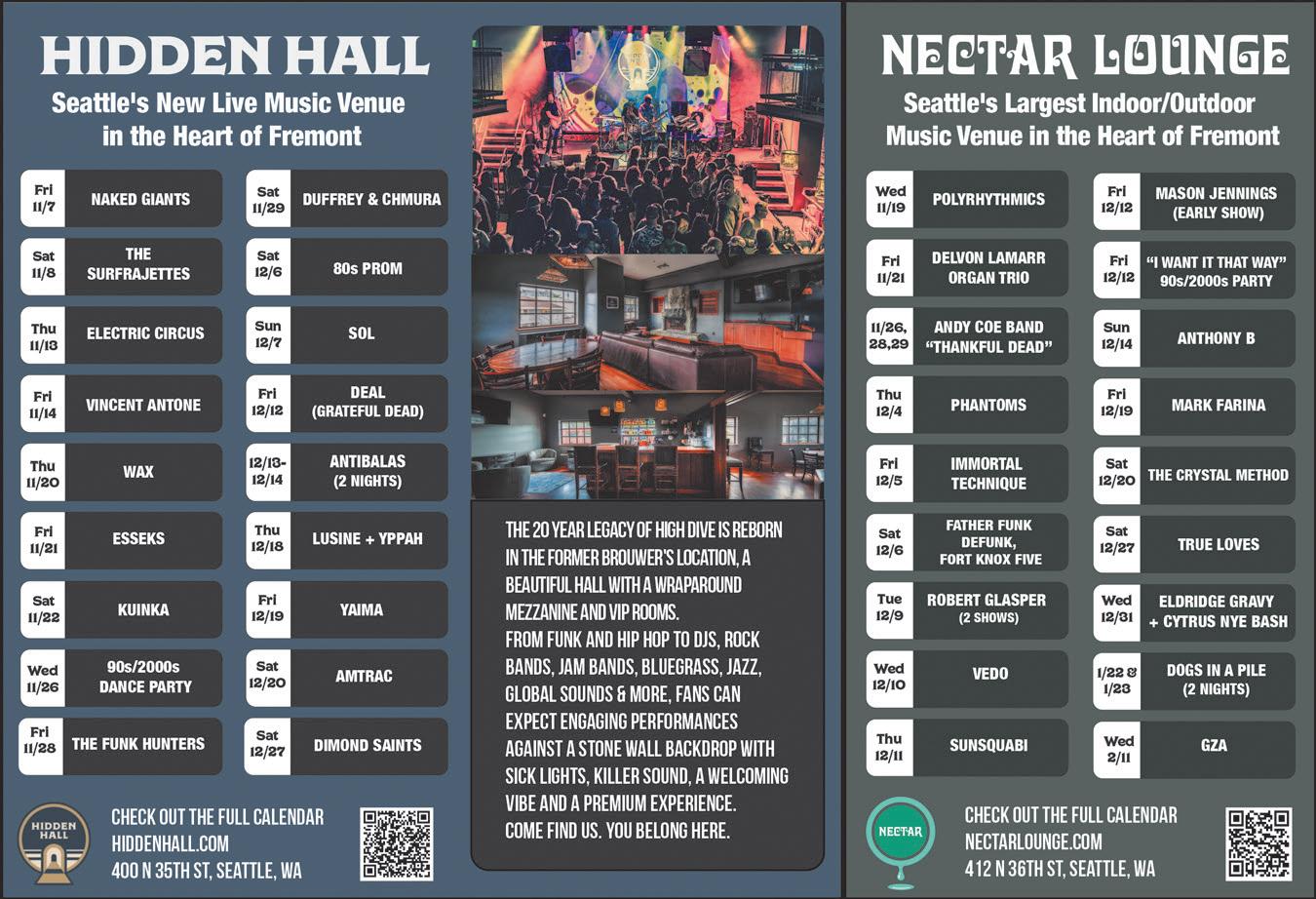
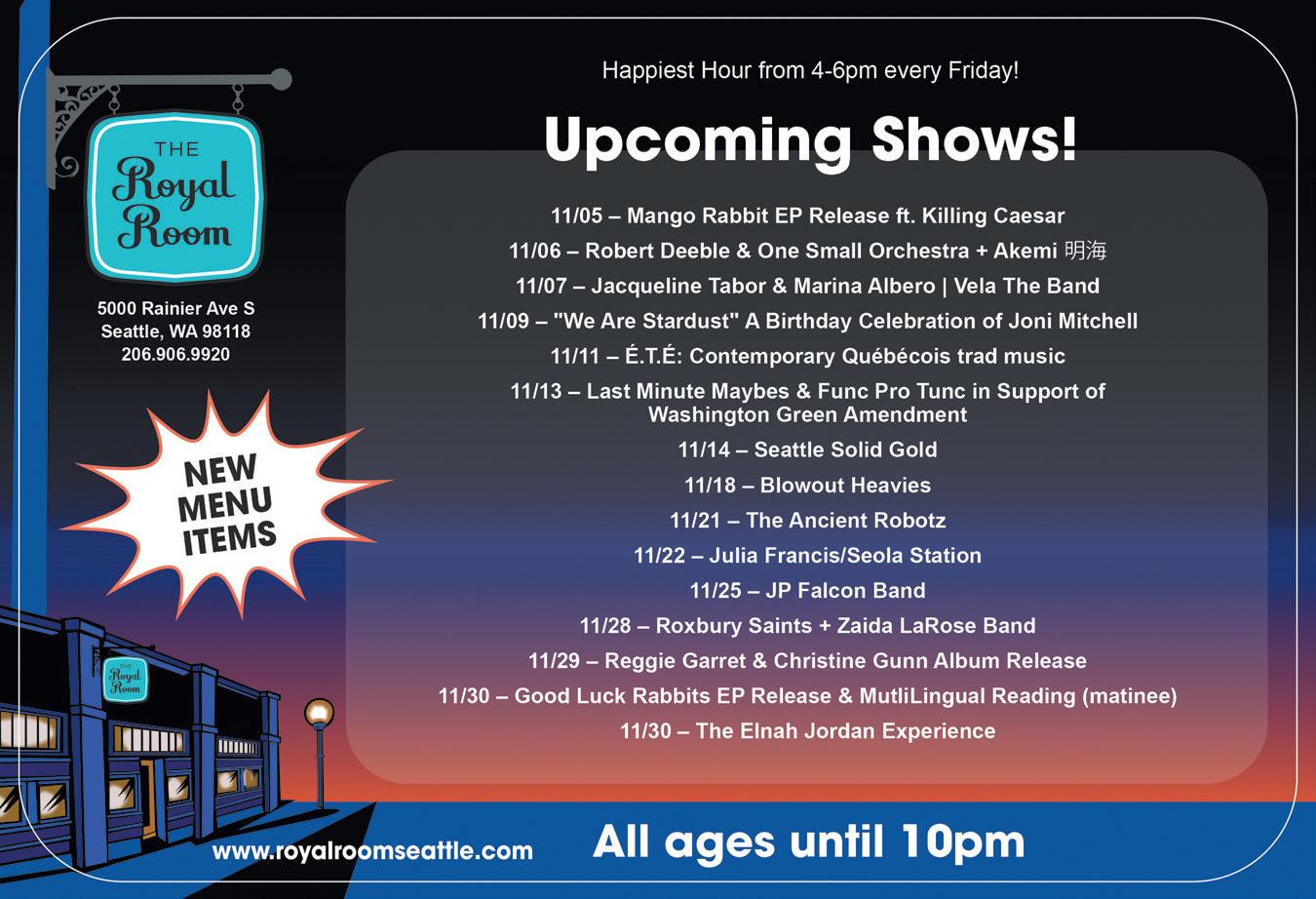
Good Things Take Time
Dean Johnson Took the Scenic Route to His Second Album
BY AUDREY VANN
PHOTOS BY LUIS ARELLENAS
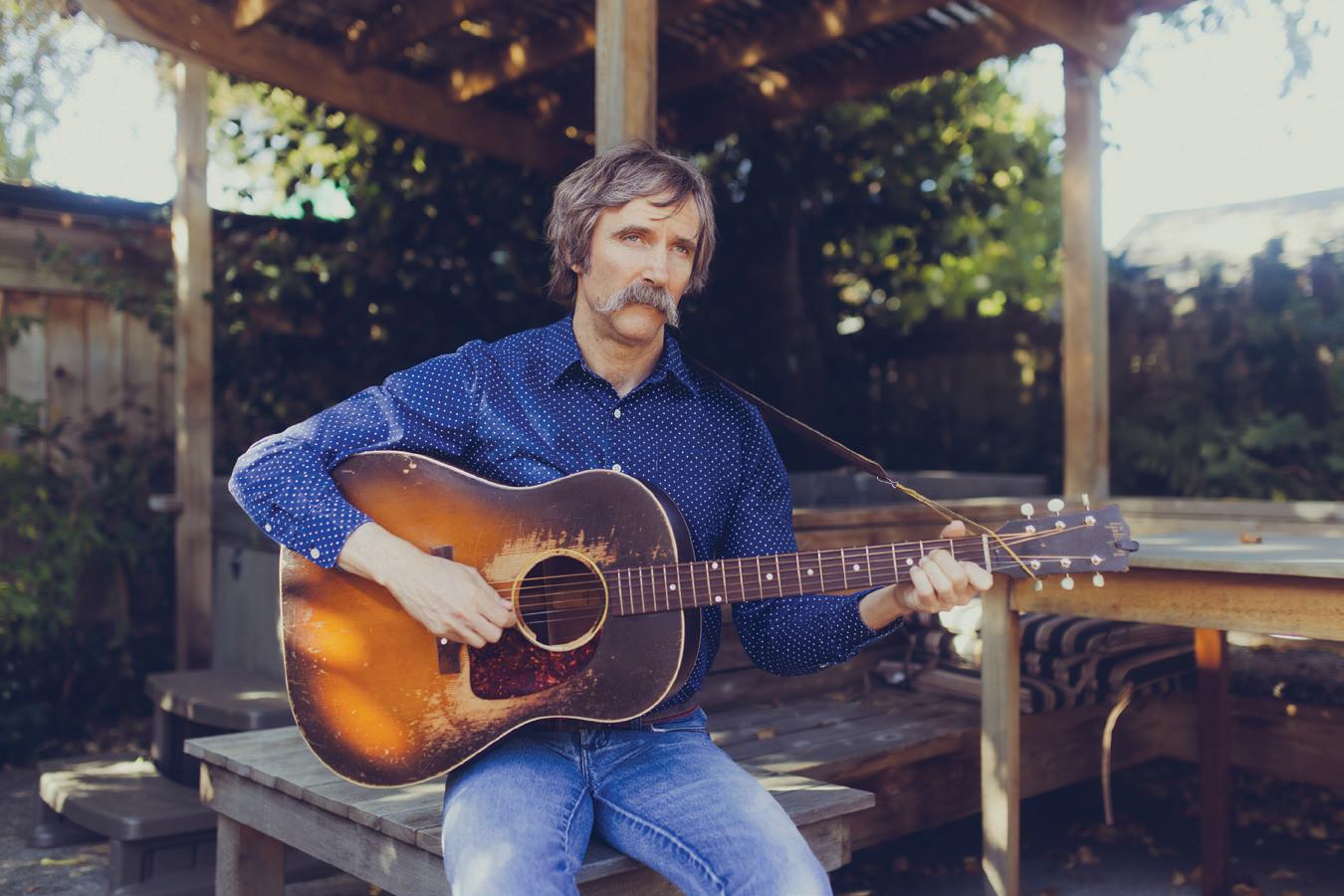
Dean Johnson says that there are some pretty mean songs on his sophomore album, and that’s why he’s titled it I Hope We Can Still Be Friends. However, the name alone should tell you that he’s far from a bully. The man is soft-spoken, hyper-considerate, a little self-conscious, and impossibly charming. When I arrived at his house on a sunny Monday afternoon, he was anxiously awaiting my arrival with the tea kettle whistling and two types of tea neatly set out for me to choose. As I debated whether to choose decaf or herbal, I remembered what a friend recently said to me in preparation for the interview: “Everyone who meets Dean falls in love with him.” It’s easy to see why. Johnson’s music is warm and laid back with the wit of Michael Hurley and the vocal stylings of the Everly Brothers. His presence radiates gratitude, and he appears to be genuinely astonished that people listen to his music. This magical combination of talent
and sincerity has led him to tours with Rilo Kiley/Jenny Lewis, Blind Pilot, John Craigie, and more; he also signed to Saddle Creek this year—I Hope We Can Still Be Friends will be his first release for the label I caught up with Johnson at his home in Seattle to discuss his new album, finding his voice in his 40s, and the overrated concept of dream jobs.
I know that your debut album included songs you had written over a long period of time. Is the same true for I Hope We Can Still Be Friends?
That is true. At least a third of the songs, I never thought I would record. I had enough friends who wanted me to record them, so I did. And for my own sake—to give them a place, you know? I kind of dread the idea of recording, but I ideally want to embrace it and have that be more of the focus of what I do. I have a lot of music to record. Going onstage and singing my songs can still feel awkward. If you’ve ever heard the
songs on my first record, there’s a lot of heartbreak—exposing stuff. They can be exaggerated, but they are all written in the first person. There is stuff about jealousy and possessiveness. Doing those solo can be pretty vulnerable.
“I did not get comfortable onstage until I was in my 40s.”
As you were choosing which songs to record, did you find a unifying theme on the album?
Yeah, I did. The second single, “Death of the Party,” is about energy vampires, and it’s the most overtly mean song. There are other prickly songs on the album, mostly about relationships. There is a kind of heavy
“mean” theme. It’s a little bit embarrassing how petty some of them are. I have a hard time with people who are relentless talkers. When I sing “Death of the Party” to audiences, I say, “I hope you’re not afraid to come and talk to me after this song!” That is actually what led to the title I Hope We Can Still Be Friends.
What is your favorite song on the album?
My favorite is called “Shake Me.” It’s about revenge from Mother Nature. The destruction of the planet might be where humans eventually find common ground. The lyrics are “mountains under carpet,” and I always explain that line before I play it live. It’s about sweeping all your problems under the rug. A lot of the songs feel fragile on the record because we were playing live and weren’t very rehearsed. There is a delicacy to the recording. It’s a little bit wonky. “Shake Me” goes off the rails a little bit. But hopefully, that adds to the charm.
Dean Johnson, at his home in Seattle, rejects comparisons to the Everly Brothers. “Maybe I’m like a very unrefined back-porch Roy Orbison,” he says.

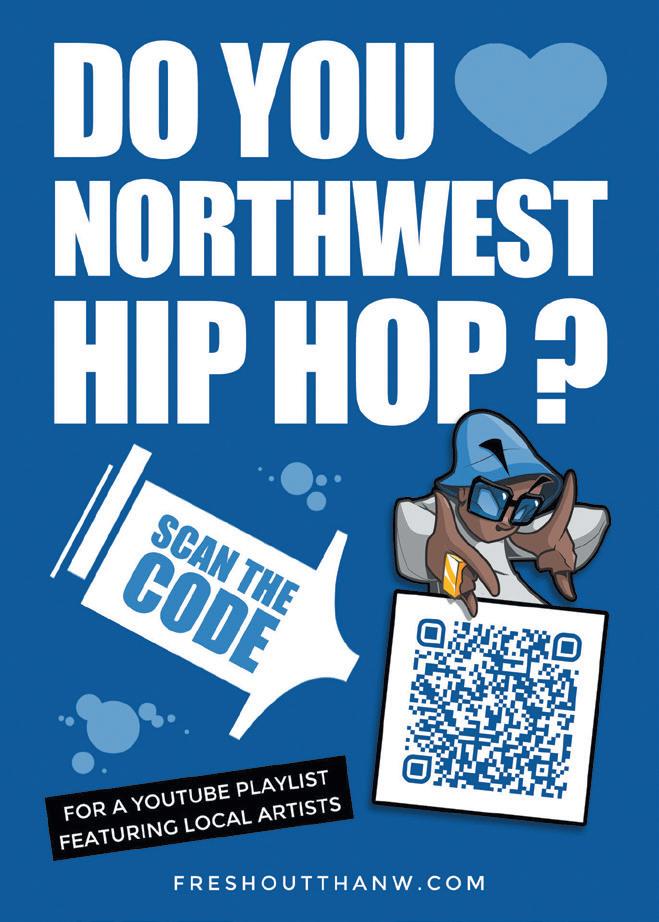
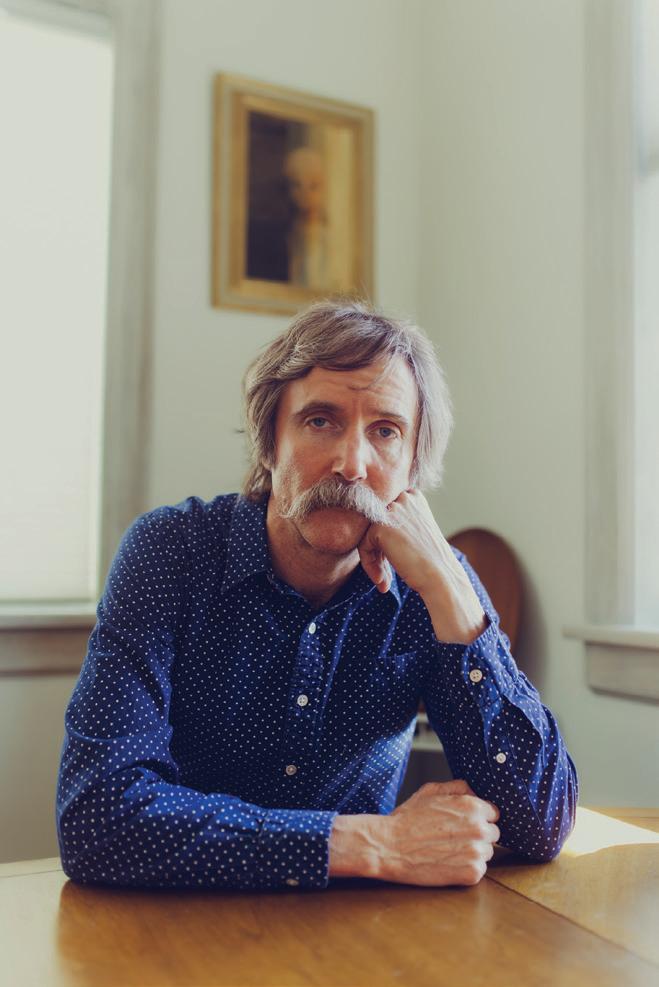
What musicians do you look to for inspiration?
I feel like I’m pretty typical when it comes to influences. Early on, I got into Bob Dylan, the Beatles, and Neil Young. Then, I was really into Sam Cooke and Ray Charles. When I was in high school and middle school, I loved the Violent Femmes, the Dead Kennedys, the Cure, and Echo and the Bunnymen. But there are some songs that make me want to write. Like Neko Case’s song “Star Witness.” That is an incredible song. Her songs paint a strange picture that feels like the Pacific Northwest to me. I think she would have been a great person to soundtrack something by David Lynch.
I’ve noticed that much of the press about you puts an emphasis on your age. How do you feel about that?
Well, it doesn’t bother me if it comes up in an interview because my story is unusual—I released my first record [Nothing for Me, Please] at 50. I can’t blame anyone for drawing attention to that. I can have times when I wish I were 22 years old and the life of the party. I can feel self-conscious. But it’s just me, really. People are mostly nice. I can tell that touring is good for my brain. I used to have a really good memory. It’s sad that I’m doing this at this stage in my life when I can’t remember things as well. If I were doing it at 25 or even 30 years old, I would remember every face
and every name. I’ve lost that big time. That feels kind of crummy.
Where do you see your career headed?
Good question. At least right now, my booking agent and my manager are trying to get me to grow as much as possible. But having a big team seems like a significant challenge to me. Being immersed with other people 24/7 is a potentially precarious situation. My biggest goal is to enjoy the recording process more than playing to thousands of people. However, I make more memories on the road than just sitting around the house and keeping a routine life. My routine life is extraordinarily bland. Taking a walk with my girlfriend Kate is my favorite thing to do.
If you recorded albums when you were younger—let’s say 25, 35, and 45—what would that have sounded like?
They probably would’ve been more indierock adjacent. I think I would’ve sung a lot differently—even in my 30s. I am still learning how to sing. I just had two shows in a row where I was cringing at myself the entire time. I’m not good at remembering to breathe and relaxing my diaphragm. In my 20s, I probably would’ve belted a lot, and not in a controlled way. I probably just would have been loud and more obnoxious. I’ve made recordings at home in the last 10 years that are pretty bad. I like to think that if I were making albums in my 20s, I would’ve
Dean Johnson finds inspiration in everyone from Sam Cooke and Neil Young to Neko Case and the Dead Kennedys.
learned some of the stuff I have learned over the last few years a lot earlier.
I did not get comfortable onstage until I was in my 40s. In my 30s, I was pretty shy onstage. To this day, when people post videos of me playing, I don’t like to listen to them, but I think that’s pretty typical.
Do you come from a musical family?
Neither of my parents played an instrument. They gave us children an organ, hoping one of us might pick it up, but that never happened. My brother, who’s eight years older, got me a cheap old guitar when I was 14 and showed me the basics. Over
“Music has been the only constant— me, connecting with the guitar.”
the next 15 years, I just noodled with the guitar. The typical path is to take lessons and learn other people’s songs, but I mostly just made up guitar parts.
The only other unusual thing about my childhood was my dad; he was home a lot and sang all the time. He was an incredible singer, but my siblings and I hardly acknowledged it. It was just normal to have him sitting at the table singing songs from opera to Ray Charles to the Beatles to Bob Dylan.
Otherwise, my parents barely played music when I was a kid. My younger brother and I were accidents and born long after my older brother and sister. Most of our childhood, we were just hearing what our older brother and sister played, and it wasn’t even very much of that.
When you were a child, what did you foresee your adulthood being like? What path did you see yourself going down?
I didn’t think about it… The longest job I ever had was as a carpenter. I was a bartender for 11 years. I’ve done handyman stuff. I’ve made coffee. I never got myself on the trajectory of having a career.
That reminds me of the quote “I have no dream job, I do not dream of labor.” Outside of a career, what was capturing your imagination or interest as a child?
[ Laughs ] Yeah. That probably relates to me. Music has been the only constant— me, connecting with the guitar. I never became much of an artist, but I also love the art world.
What’s the most memorable live show you’ve played?
The biggest one was last summer. I was invited to play Roskilde, a huge music festival in Denmark. Our slot was at noon, and it was pouring rain. Plus, it was the last day of the festival—people had partied their brains out. Nobody knew who I was, of course. We were playing in an indoor space that had 1,200 capacity. I thought we’d be playing to 50 people. Anyway, we came out of the curtain from backstage and the place was full to the brim. We were like, “Holy shit.” Luckily, I relaxed and had a great time talking to
the crowd and making jokes. The crowd was dead quiet during our set, and then the applause was rapturous. I kept laughing because of how thunderous it was. It still blows my mind.
What was the first concert you attended? Around 1985, when I was 14, my older sister was dating a guy who was the most influential music guy in my life. He was into Seattle bands. I went to a Young Fresh Fellows show under his wing. That was a big deal. Another time, that guy’s brother took me to buy my first electric guitar. It was really special. He also took me to see the Dead Milkmen at the University of Washington HUB Ballroom when I was about 15.
Going to see live bands gave me a very particular feeling and energy—a very nervous energy. When I turned 21, I used to go watch open mics at bars, and I would get so incredibly nervous on behalf of the performers. I was nowhere near performing.
It is interesting to hear you’re a bit self-conscious about your singing because anytime I’ve ever heard anyone talk or write about your music, there’s an emphasis on how beautifully you sing. You are often compared to the Everly Brothers.
And that’s absurd! Maybe I’m like a very unrefined back-porch Roy Orbison. I feel so unrefined compared to people who are natural singers. I can’t control my vibrato. Sometimes I’ll get a really nice flow of vibrato, but I still haven’t worked hard enough to figure out what the hell is going on.
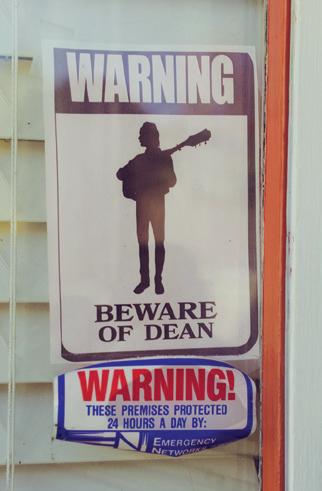
Although, as I’ve gotten more experience, I’ve begun to enjoy performing. I enjoy the singing part a lot. I feel really fortunate and absolutely grateful that there has been any attention to my first record and that things have happened like this. When I recorded that album, I imagined that I probably would never release it.
I wouldn’t have gambled any money on getting this far. And, considering my age, the fact that Saddle Creek wants to release my music means a lot. I feel like because of my age, it feels like it’s more authentically the music that’s appreciated, and I like that.
See Dean Johnson at the Showbox on November 21, 7pm, 21+.

Watch out: He’ll make you a cup of tea.
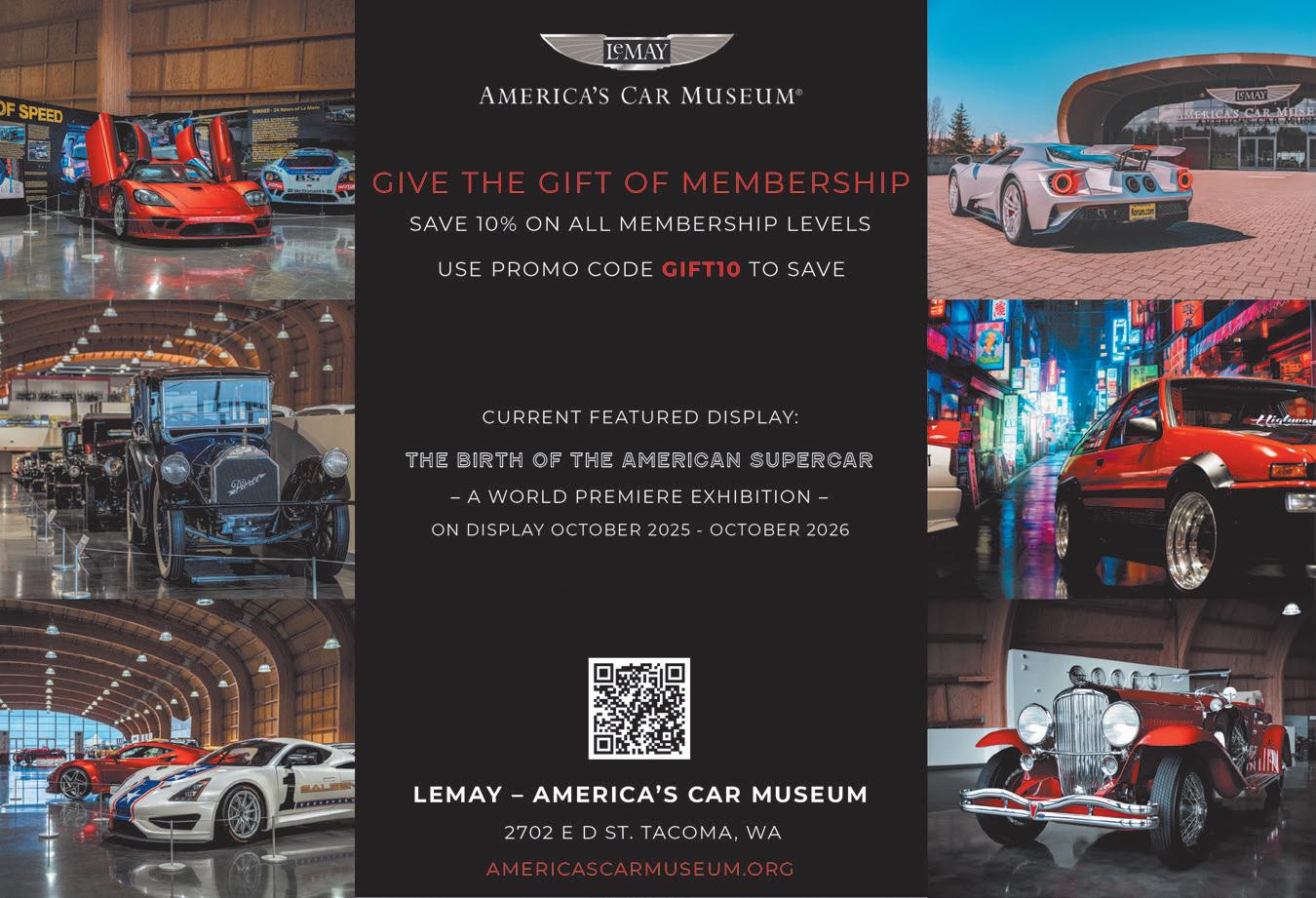
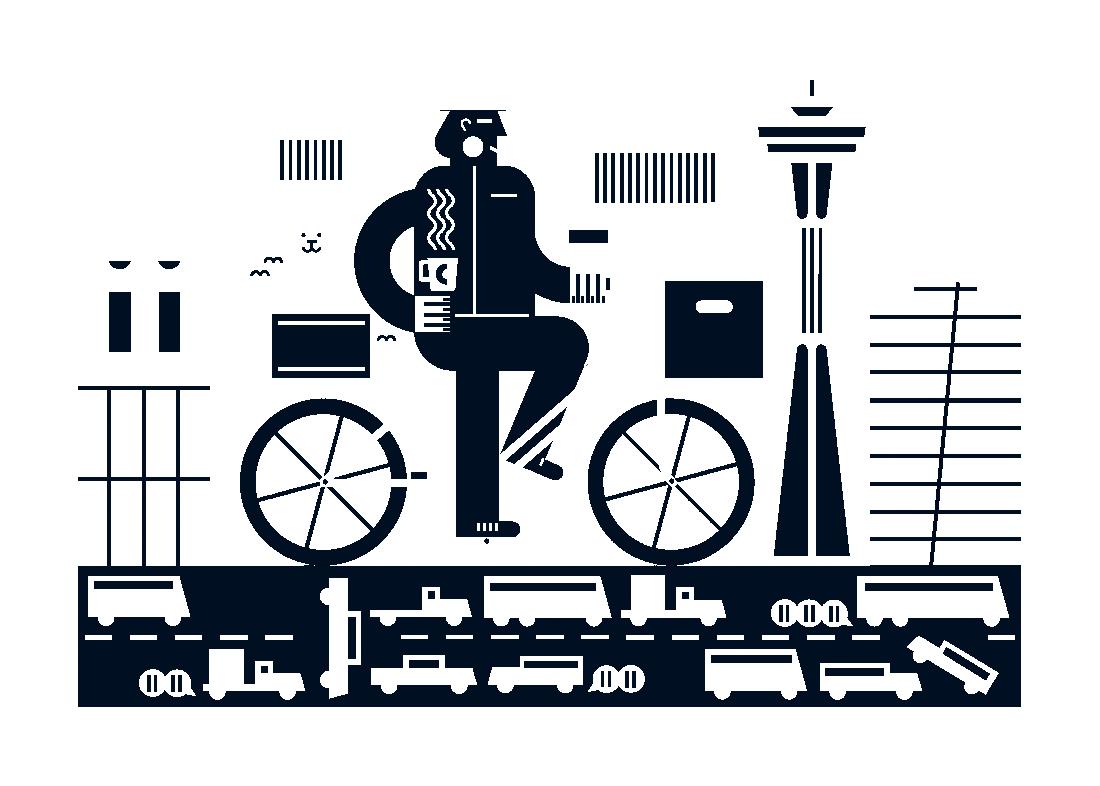


The Beat Goes On
Heart’s
Ann and Nancy Wilson Reflect on Five Decades of Enduring Magic
BY AUDREY VANN
ILLUSTRATIONS BY HARRISON FREEMAN
Heart’s spell is enduring. I’ve been under it since I was 10, the tomboy middle sister of three who played the drums, practiced karate, and took music recommendations from my dad. I don’t recall the first time I heard hits like “Barracuda” or “Crazy on You,” but they were always there for me to angrily lip-sync in the mirror when I felt disenfranchised by adults. I worshipped them the way that I saw boys my age worship Led Zeppelin and AC/DC—two bands I never liked. I didn’t prefer Heart because I identified with their femaleness, I preferred Heart because their songs were better. In Heart’s music, you feel what they feel; they don’t have to say it explicitly. Ann’s lyrics are poetic, Nancy’s guitar solos are nuanced; both are masters of subtlety and
power. The way the Wilson sisters communicated through their instruments was something I knew well with my own sisters—a magical connection that can only be described as sorcery.
I was excited for the chance to chat with the Wilson sisters about forthcoming projects, their own teenage music idols, and their Thanksgiving plans. Oh, and smoking weed (a real full-circle moment considering that I rolled my first joint on an LP copy of Dreamboat Annie).
I recently read your 2012 memoir, Kicking and Dreaming, which mentions the time you got high with your parents. Can you tell me what you remember about that experience?
ANN: It was one of the most surreal things that has ever happened to me. We were up
in our room playing guitars, and our parents had a cocktail party going on downstairs. Someone came up and knocked on the door to tell us that our parents wanted to see us downstairs. I thought, “Oh no, they are going to get divorced.”
“From the minute we saw the Beatles on TV, we knew we had to be in music.”
NANCY: I thought we were totally in trouble because of the even worse stuff we’d been doing. But they were like, “We’ve tried pot in an attempt to bridge the generation gap.”
We were so relieved. But then, they said, “We would like to smoke with you to bridge the gap between our generations.” So, after dinner that night, with our candles lit and music on, we passed a joint around the dinner table with our parents and some of their hip friends from church. We put on Abbey Road by the Beatles because we all loved it, and it was a beautiful point of connection for us. I could hardly enjoy the music, because I was in shock. My whole psyche was screaming, “I’M GUILTY! I’m supposed to be guilty! I’m supposed to be guilty, but I’m getting away with something!”
ANN: The weirdest part was seeing my mother’s face while high, and knowing that she was high, too! It was incredibly hilarious and also surreal.
NANCY: It was an experience I never, ever

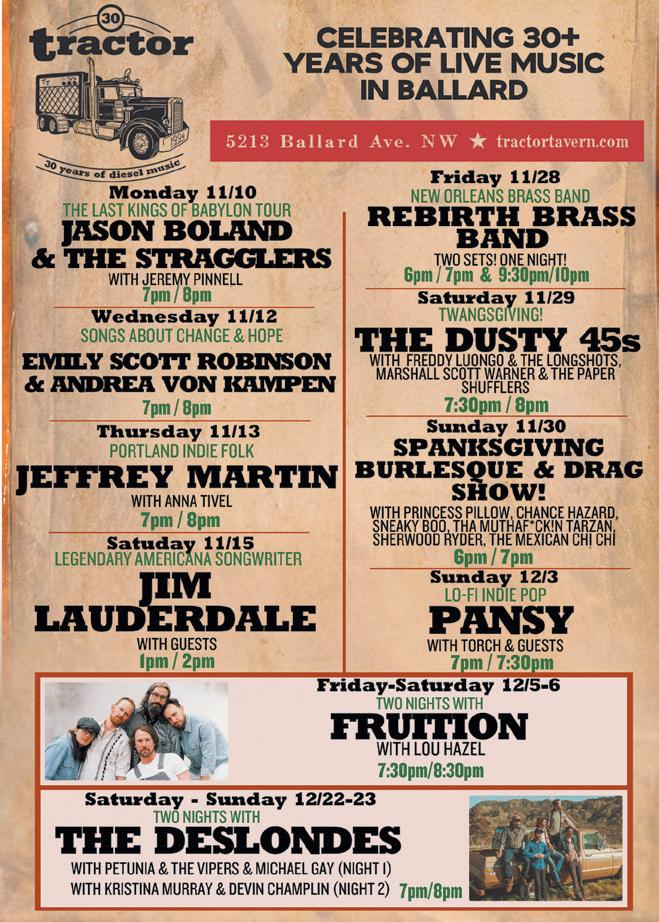
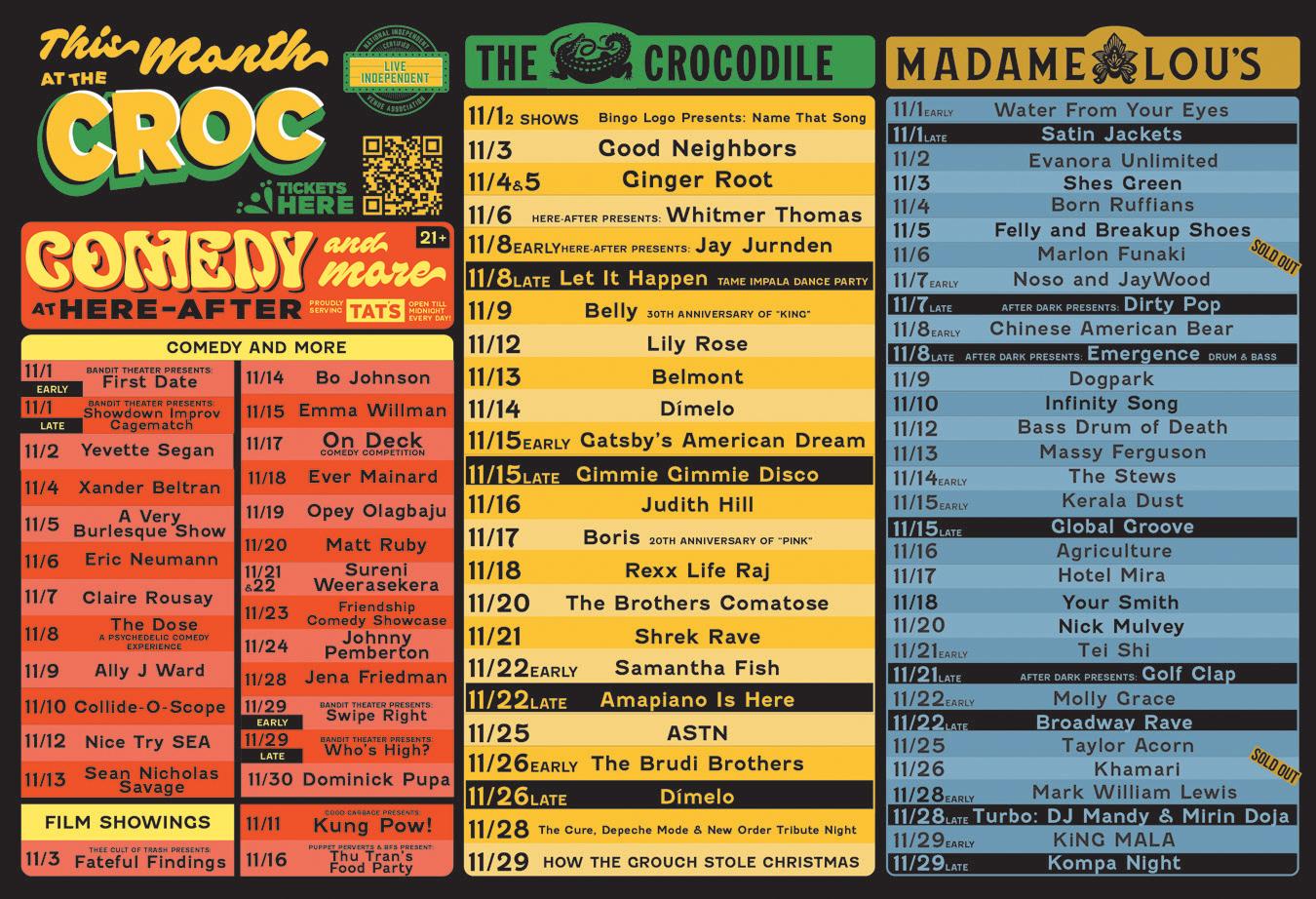

wanted to have again, and thankfully one I never did have again! It’s also not an experience I would ever suggest that anyone have!
[Laughs]
Wow, that scene needs to be in a movie at some point.
NANCY: Actually, there is a movie in progress. Carrie Brownstein of Sleater-Kinney has been writing it with us, and she will probably direct it, too. There were a lot of actresses who raised their hands after the first draft. I think Florence Pugh and Anne Hathaway. Also, the Fanning sisters, Dakota and Elle. There’s no way to know at this point yet, but it’s just fun to think about.
The memoir was written with Seattle-based writer Charles R. Cross, who died last year. What was it like to work with him on your memoir?
ANN: Charlie was a really amazing listener. I had read his books about Kurt Cobain and Jimi Hendrix, and I just loved them—they were great rock ’n’ roll stories with a fantastic sense of place in the Pacific Northwest. I knew that Charlie was the one who could write the Heart story. He was an incredibly intelligent person, a great writer, and a famous rock ’n’ roller.
NANCY: He was the coolest of the cool. He was so passionate about his love of music and all things creative. I really like how he put the book together. I think the book itself was kind of the blueprint for Carrie Brownstein’s first draft of the script. He was such a lovely friend to have, and we stayed in touch even after we did the book together.
Nancy, you recently joined Chappell Roan on stage to play “Barracuda.” How did that collaboration come about?
NANCY: Just from looking at social media, we were aware that she was putting “Barracuda” in her set almost every night. I thought, “Wow! She’s brave to do that.” It’s really a
hard song to sing, and she nails it every time. My hubby, Geoff, suggested that I reach out to her. Chappell and her band were like, “We would be so honored!”
The amazing thing for me was to see Chappell-mania up close. There were a lot of passionate young people screaming every song at the top of their lungs. It was really inspirational. I love to see it happen at Heart shows, too—just to see how meaningful the songs are to people, how they soundtrack their lives, and how the songs are a mirror for them to reflect themselves in. It was beautiful to see the fulfillment of the promise of music reciprocally being shared. That’s what it’s all about.
What do you remember about seeing the Beatles live at the Seattle Center Coliseum in 1964?
ANN: I mostly remember that no one could hear the Beatles because of all the girls screaming. You couldn’t hear a thing. You could only hear a sound like jet engines, and it was the girls shrieking.
NANCY: It was beyond anything we teenagers had ever lived through. Ann and I had an all-girl band called the Viewpoints at the time. We had our mom sew us military jackets—the same ones that the Beatles had been wearing on their tour—to match them. We had our little band watching, you know, with opera glasses, so we could actually see.
The Brownie flash bulbs were like explosions all through the air, just from people taking flash pictures of each other. When Ringo’s kick drum showed up with the Beatles logo on it, Mal Evans, their roadie, carried it out, set it up on their stage. Every flash in the entire place went off at once. It was like daytime. When the Beatles finally showed up, it was a roar of screams. It came in waves; you could hear a little bit of music, then one of them would tap their foot, and the screaming would start up again. It was really life-altering and a really cool thing to be alive for.
the Little Queen album cover?
ANN: Most of them are still around, either in the care of me or the woman who made them. A few of them are in Hard Rock Cafes around the world, in Brazil, Vegas, Orlando, all over the place.
NANCY: We have some of our medieval stuff from the Little Queen era. That stuff was the coolest. I think that was the best era. When we went to do the album cover photo shoot for Little Queen, we rented a wagon, some goats, and a bow and arrow. We’ve kept artifacts like the crystal ball, tool boxes, and shawls that were thrown around—stuff like that. We still have some of the ’80s outfits, too. We call them “Cadillacs” because some of them were as expensive to have made as cars. [Laughs]
Ann, what was it like to revisit old home movies and memories during the creation of your upcoming documentary, Ann Wilson: In My Voice?
ANN: It was very surreal! I was doing some work on the documentary recently and looking at some slides from my teenage years. It’s so wonderful to see all of those faces again. There were people I could barely recognize now—friends of my parents, and my parents, who are now deceased. It’s so nice to see them vibrant and in their 30s.
From the minute we saw the Beatles on TV, we knew that we had to be in music.
Nancy, I also read that you once hitchhiked to Canada in an attempt to find Joni Mitchell. Since then, have you met Joni?
NANCY: I absolutely got to meet her. My high school friend and I were the wild ones who went on a pilgrimage, hitchhiking to find Joni. Years later, when I was living with Cameron Crowe and working on scores for his films like Jerry Maguire and Almost
“It’s important to take a breather from all the dark stuff swirling around.”
Famous, I got a chance to meet Joni Mitchell and have dinner at this little place called the Four Oaks Restaurant near Laurel Canyon— it was a famous hippie hangout. She’s really cool. She’s hyper-intelligent, obviously. And she loves to talk about herself and tell her stories. She just kind of chain-smoked and drank cappuccinos. Ever since then, I only order cappuccinos. I’ve always fancied myself as a kind of wannabe of hers, the prowess of her poetry inventions and everything she gave us, but she was also a great friend who I hung out with every once in a while.
When I told her, it was really embarrassing. I was like, “You know the crazy stories of youth? Me and my crazy, wild-child girlfriend, who I’m still tight with, who I’m still a Joni fanatic together with, hitchhiked up to Sechelt to try to find you in your cabin where you were writing our life stories in your music.” She got a pretty big kick out of that.
I’m obsessed with Heart’s 1970s medieval revival style. Have you kept stage outfits from over the years? Where are your outfits from
What are the best parts about being in a band with your sister? What are the biggest challenges?
NANCY: The best part is obvious: being on stage together. The hardest part is what surrounds the nucleus of what we have on stage—all the politics, power trips, and the people who try to take control. We have the actual control—the two of us—because we are the captains of the ship. The hardest part is knowing exactly how to steer the ship and how to, at this point in the band’s legacy, make the biggest footprint. The songs are going to be there long after we’re gone. I just want to make the right decisions so that the end of our story is impactful and that we can have the smoothest victory lap possible.
Let’s end with a fun question. Your Seattle date is four days before Thanksgiving—what are your holiday plans? Do you have any signature dishes or traditions in your family?
NANCY: Oh, totally. We always have a big get-together. We grew up like that, and there are signature dishes a-go-go. There’s grandma’s candied yams, which I like to make. And the pie, of course, made with apples from our apple tree. And the turkey, although sometimes we do more of a vegetarian-forward meal with just a small side of turkey. I love cooking, so I don’t mind it. I always love getting together with family, and the part when people say, “I’m grateful for…” I think that’s a really important annual tradition to carry on. It’s important to take a breather from all the dark stuff swirling around.
I’m really grateful for my life, for being a musician this entire time, and for knowing what I was destined to be. I feel luckier and luckier every year that my whole life’s work has been music. I don’t know what it would have been otherwise. I want to acknowledge and feel grateful for that.
See Heart with Cheap Trick at Climate Pledge Arena on Nov 23 at 7 pm.

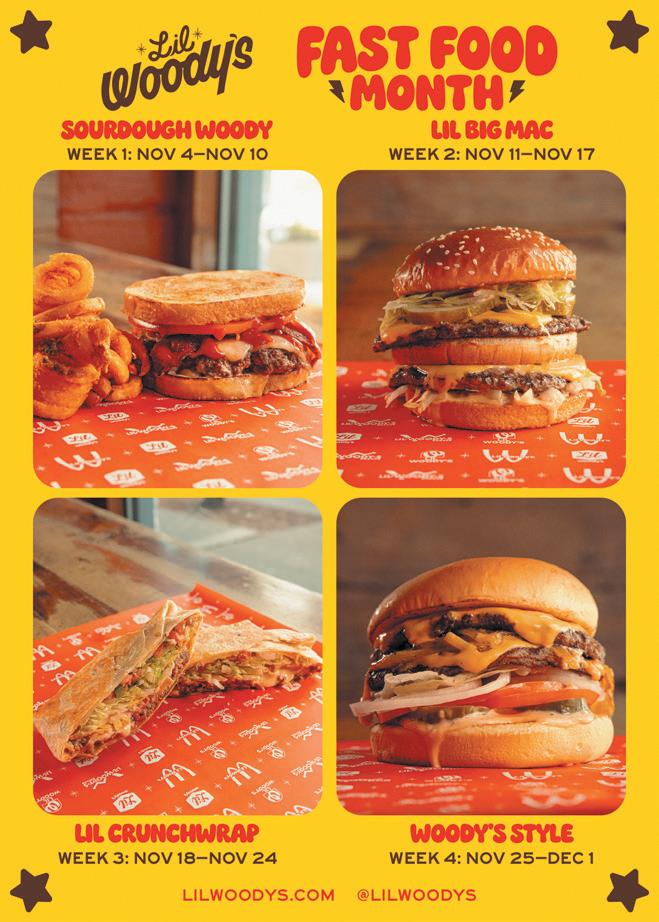
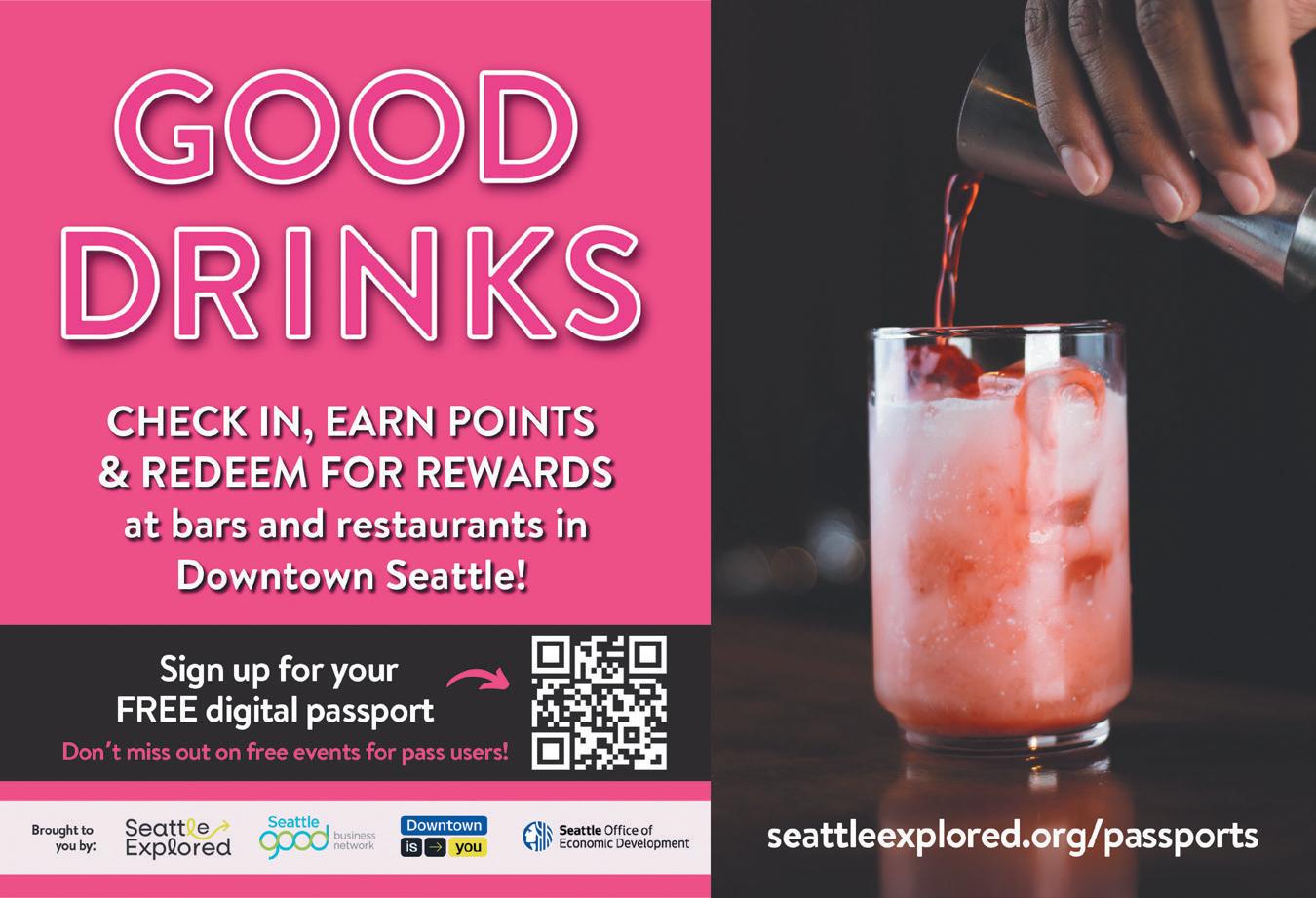

Pie, Pie, My Darling
Millions of grocery-store pumpkin pies are sold every year— are any worth buying? A Stranger investigation.
BY MEGAN SELING AND
THE STRANGER’S PUMPKIN PIE CONTROL BOARD
PHOTOS BY BILLIE WINTER
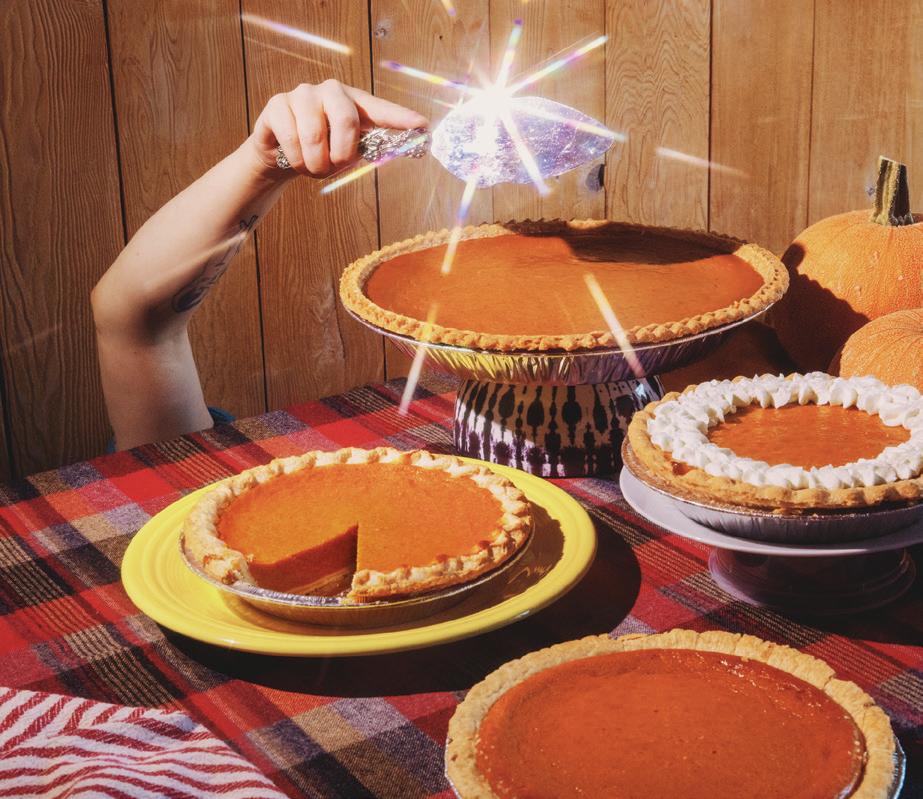

Safeway, $10.99
Just a fraction of a point (0.05 if you want exact math) carried Safeway into first place over Costco. Before you get indignant over the Albertson’s-owned grocery chain potentially swaying the results by selling their seasonal pie with a pretty, dessert-table-ready ring of whipped cream, know that our official tasting panel was very torn on whether that was a pro or con. Some liked the addition—multiple voters noted it was “cute”— while others docked the pie points, finding the decoration “too sweet” and being put off by an unidentifiable stabilizer. What was in the whipped cream to keep the peaks stiff, even as the afternoon wore on? It was a hot topic at the office, with guesses ranging from white chocolate to pudding to something “funky.”
SCORE: 16.25/25
“On the sweeter side, which I enjoyed.”
“Cuuuute. This one cheated because it has whipped cream, but the best things in life usually come with whipped cream and cheating anyway.”
“Points for being very wet and very cinnamony.”
“Spices are wrong and late.”
“Flavor isn’t pumpkin, but looks great and good crust.”
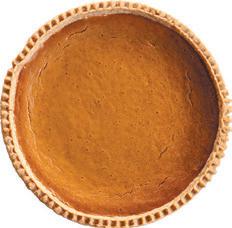
Costco, $5.99
Safeway may have won by a fraction of a point, but Costco’s pumpkin pie is far and away the best value. It’s just $5.99 for more than three pounds of pumpkin pie. “Is that a lot of pie?” one pie amateur asked in Slack. Fuck yes, it’s a lot of pie! The thing is massive. To compare, Costco’s pie weighed 58 ounces while Fred Meyer’s last-place dessert came in around 21. It had one of the better crusts, too—somehow Costco has managed to mass-produce a foot-wide pie and not have a soggy bottom. That’s the Kirkland magic, baby.
SCORE: 16.2/25
“Good texture, but just sweet, no pumpkin flavor.”
“Best all around. Still very grocery store, but better than the rest.”
“Crust not super flavorful, but tender and flaky. Nostalgic in a shitty kind of way.”
“Kind of sweet and boring.”
“Crust = saving grace.”
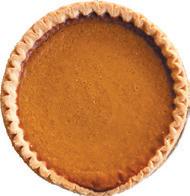
PCC, $19.99
No soggy bottoms here, either! The crust on PCC’s pie got one of the higher scores in the batch, with one taster describing it as “toasty.” Another thought the crust was dry, but that’s nothing a little whipped cream couldn’t handle. That said, this was the priciest pie in the bunch, coming in at $19.99.
SCORE: 14.3/25
“Best crust.”
“Kind of a classic, childhood, mom made it from canned pumpkin and frozen crust recipe.”
“Metallic aftertaste in filling. Tastes like Libby’s pumpkin puree straight from the jar.”
“Nice cinnamon.”
It wasn’t the ending we hoped for. The sadness was palpable in The Stranger’s Capitol Hill offices the day after the Toronto Blue Jays shattered the Seattle Mariners’ dreams of finally making it to the World Series for the first time in franchise history.
“HOW?” cried out Editor in Chief Hannah Murphy Winter. “That was my least favorite pie! WHO LIKED IT?”
A voice rang out from the crowd gathered around the table. “I did!”
“That was my favorite, too,” said another.
The debating quickly became unintelligible as accusations flew—phrases like “funky whipped cream” and “gelatinous” and “colonial gourd mash” peppered the heated conversation as everyone rushed to defend their palates. No one was talking about baseball—well, Nathalie was talking about baseball—but we were all fixated on the polarizing assortment of pies scattered across the conference table.
Inspired by the seasonal arrival of pumpkin everything, the return of The Great British Bake Off, and the Stranger staff’s (at times obnoxious) passion for debating pretty much anything and everything, we decided to dedicate one late-October afternoon to conducting a pumpkin pie taste test. But we weren’t looking for the best pie in the city. We didn’t visit a single local bakery for our
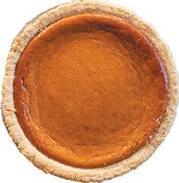
Metropolitan Market, $11.99
Metropolitan Market has a hell of an in-house bakery. Their cakes are consistently superior to other grocery stores’, and their famous chocolate chip cookie (The Cookie) deserves its reputation. The pumpkin pie available for purchase on the day of our taste test, though, came from an outsider, Alki Bakery. Would Met Market have fared better if they made their own? It’s impossible to say. I will say this was the first pie to get claimed after the taste test. The people who liked this pie really liked this pie.

SCORE: 14.2/25
“Actually tastes like pumpkin. Thankful for that.”
“Appearance to enjoyability ratio is way too high. Deceiving.”
“A little gelatinous.”
“Is this a gingerbread cookie?”
“Fluffy custard texture with air holes in cross-section. Flaky crust. Pretty good!”
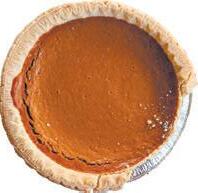
Whole Foods, $13.99
The crust on Whole Foods’ pie was divisive among voters. The several shouting matches mentioned above? At least two began with this crust. Some liked that it was more cookie-like and tender and crumbly, while others cried blasphemy.
SCORE: 13.8/25
“Decent pumpkin flavor! Classic texture.”
“Pale shortbread cookie-like crust. Pleasant custard. Non-traditional, but I like it.”
“Too sweet.”
“Strong pumpkin taste that fades into chalk.”
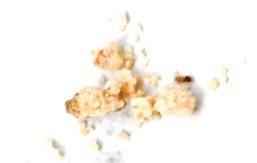
#1
#2
#3
#4
#5
specimens. Instead, we focused on the pies that are the best for what you might need this holiday season, sourcing our selection from eight different grocery store chains around the city: Whole Foods, Safeway, QFC, PCC, Fred Meyer, Costco, Metropolitan Market, and Town & Country.
These are the pies you might buy after accepting a last-minute invitation to a Friendsgiving and not wanting to show up empty-handed. These are the pies you would pick up when you love your family, you really do, but you live in a studio apartment
Accusations flew— phrases like ‘colonial gourd mash’ peppered the heated conversation.
with an unpredictable oven, and even throwing together a Pillsbury crust and a can of Libby’s could end in disaster. These are the pies you buy when drunk, high, sad, and/or just hungry at midnight and eat straight from the tin, spraying Reddi-wip directly into your mouth between bites. They’re not perfect, but they serve a purpose.
A voice of reason broke through. “None of them are good.”
“I thought #2 was,” yelled a defender. “It was squashy! I would buy that pie.”
And just as quickly as calm came, the chaos ensued once more as a dozen taste-testers debated

Town & Country, $16.99
Just as with Metropolitan Market, the only pumpkin pie available in Town & Country’s bakery came from a wholesaler, Willamette Pumpkin Pie Co. According to their website, you can also find their pies at Metropolitan Market, Albertson’s, Fred Meyer, and Safeway.
SCORE: 16.25/25
“Flavor is classy and strong, crust is bottom of the barrel.”
“Crust was not fully baked. Pie filling both flavorless and nasty.”
“Rustic appearance, which at first made me think it was homemade. Pale, dry crust and not super fresh flavor.”
“Flavorless crust. It had no life.”
whether a filling should be “wet” or “custard-y” and a crust should be flaky or crumbly. One brave soul motioned to consider the possibility that pumpkin pie is actually not good at all unless acting as a neutral vehicle for mountains of whipped cream. Someone gasped.
We were honestly surprised by the results. Not only was every pie vastly different from the next (save for Fred Meyer and QFC, which are both owned by Kroger), but our tasting panel of 12 Stranger staffers also varied. While some would (and very loudly did) argue there wasn’t a single decent pie in the group, a few folks happily handed out perfect scores to some of the options. Pie is personal. And, for many, pumpkin pie especially is linked to family, tradition, and the holidays—all emotional landmines.
That said, ultimately, the two winners, Safeway and Costco (it was essentially a tie with just a fraction of a point between them), only squeezed out about 16 points of a possible 25 after being rated on appearance, flavor, texture, crust, and overall enjoyability. In elections, that’s a victory! But in the high school grading scale, that’s a solid D. Still, people are gonna buy these pies. Last year Costco reportedly sold more than six million pies countrywide between September and December, and the American Pie Council (a real thing!) reports that “approximately $2 billion in pies are sold in grocery stores every year.”
So if you’re gonna pick up a cheap grocery store pie this season, you won’t be alone. And you may as well make it the best cheap pie money can buy. So read on to find your perfect match, whether you want it wet, extra spicy, or just decent enough to shove in your mouth so you can dodge awkward questions at the holiday dinner table.
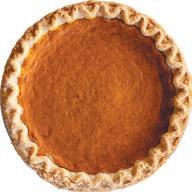
QFC, $6.99
That the pies from QFC and Fred Meyer both came in at the bottom supports our tasting panel’s abilities, seeing as how they appeared to be identical. It makes sense— both Fred Meyer and QFC are owned by Kroger and both were bought in the same “Bakery Fresh” packaging with the exact same crust stamped into the tin. Tasters didn’t see the pies in their packaging, and they weren’t placed next to one another in the blind taste test, but the testers’ palates couldn’t be fooled. A bad pie is a bad pie is a bad pie.
SCORE: 10.5/25
“Texture was like gelatin. Crust was flimsy and rubbery. Filling had too much spice.”
“This pie is mean!”
“How is it sour? Is my tongue numb?”
“Kind of dusty/bitter (too much cardamom?). Left unpleasant aftertaste.”
“Seems okay?”
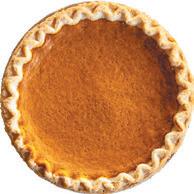
Fred Meyer, $6.49
In last place, we have the pie from Fred Meyer, which appeared to be identical to the pie from QFC. Same “Bakery Fresh” sticker and packaging, same crust stamped into the tin. It makes sense—both Fred Meyer and QFC are owned by Kroger. For some reason, Fred Meyer’s pie was 50 cents cheaper. It ended up at the bottom of the list because one tester found what appeared to be unfortunate, inarguable evidence that someone in the pie processing plant wasn’t wearing a hair net.
SCORE: 9.6/25
“Gross flavor, jiggly jelly firmness.”
“So much jiggle.”
“Strong spice-forward flavor. Unsure how I feel about it.”
“The crust was like chewing a piece of gum.”
“Unnaturally wiggly, tastes like ass.”

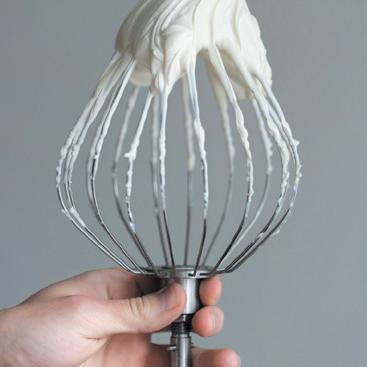
Pumpkin Pie Needs Whipped Cream
Look. Even the very best pumpkin pie usually benefits from a little assist. Pies like lemon meringue and pecan already have a lot going on, they’re self-contained and prefer to go it alone. They don’t need anyone, or anything. Pumpkin pie, the smooth uni-texture baddie that it is, is a collaborator. Whipped cream is the Simon to pumpkin pie’s Garfunkel; this pie needs whipped cream.
I’ll ask my mother not to read this part—Debbie, next paragraph please—but I secretly love a can of whipped cream. I can’t imagine what they put in it, and I don’t want to. But the difference between real whipped cream and “whipped cream” made in a factory (and then packaged in an aerosol can or plastic tub) is like the difference between the candy flavor “grape” and an actual grape. “Grape” and Reddi-wip may have their place (IN HELL) (complimentary), but nothing beats homemade whipped cream.
Making whipped cream is terribly easy. And you’ll feel like a barefoot contessa, lovingly whipping up a big bowl of it to enhance a pie you may have had to buy at a chain that you wish you could boycott, but life is hard, and you were asked to “bring a dessert,” so you’re doing your very best.
Here’s how to make whipped cream:
INGREDIENTS
1 cup heavy whipping cream
1 teaspoon pure vanilla extract
Sugar to taste*
* Some people swear it does not need to be sweetened at all, since cream has a natural sweetness, and the pie will be loaded with sugar as well. You use the amount that’s right for you. I use a couple tablespoons to start out and then go from there.
DIRECTIONS
Grab a big bowl and throw it in the fridge or freezer for 15-30 minutes if you can. In fact, you’re going to want everything pretty cold, including the beaters— this helps the fat in the cream stay stable, which helps us achieve gorgeous, voluminous heights. Pour the whipping cream, vanilla, and sugar amount of your choice into the bowl and begin beating with a hand mixer* (start on low so it doesn’t splatter). The liquid will start off heavy and still, like rain that hasn’t yet become a cloud. Increase the speed, but not too much—we’re getting where we need to go on a steady medium. The ripples will thicken, and then soft peaks will form (meaning the tips curl gently when you lift the whisk). Continue to build the body up just a bit from here, but don’t go too far or it will clump and turn into a weeping butter ghost of its former self.
Once you have the perfect consistency, it’s showtime. Extra credit: add a dash of cinnamon on top, and/or a shave of nutmeg. Et voilà! We did it!
Don’t have an electric mixer? You can do it by hand with a whisk, Little House on the Prairie style. It will take several minutes. Like, 10-12. Maybe even longer. But it will be worth it and you will leave the experience both physically and mentally stronger. EMILY
#6 #7
#8


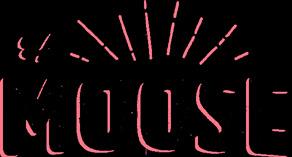




We do our best for accuracy, but please check venue websites for updates and more information, as event details may have changed since press time!
Møtrik Freakout Fest
Housekeeping note: We have ceased to include pricing information, unless the event is free or sliding scale. (This is mostly due to third-party ticket vendors, like Ticketmaster, who have a monopoly on pricing that is not only unfair, but also confusing, due to varying fee structures. We hate them, and so should you.)

MUSIC
Ginger Root
NOV 4–5
Once upon a time, Ginger Root’s DIY visionary Cameron Lew told Atwood Magazine he hasn’t considered working with an outside producer because each idea he has “moves so fast that I’m afraid if I lose momentum, then the whole song is going to go away.” Lew’s frantic creative energy is apparent in most everything he puts out. Ginger Root’s most recent full-length, 2024’s SHINBANGUMI, was accompanied by a 20-minute mockumentary about a struggling video producer in 1987 Japan who finds the courage to start his own production company. His live show is no exception. Rounded out by a jumpsuit-clad video-effects
specialist wielding a newscast-grade camera for live video mixing, a Ginger Root show is a multimedia delight where every aspect is both unexpected and essential. Lew’s quirky Huntington Beach outfit performs as a quartet (gotta count the cameraman), and if you showed up to Japanese Breakfast’s ZooTunes show in September, for which Ginger Root opened, you already get the draw. Musically, Lew and co. zip between bedroom city pop, goofball soul, and jammy, Mattson 2–esque jazz, all buoyed by Lew’s sketch-comedy banter and nasty electro-slidewhistle riffs. (Crocodile, 8 pm, all ages) TODD HAMM
Triathalon, YUNGMORPHEUS
NOV 5
When Triathalon’s 2014 debut, Lo-Tide, came out, beach-goth rock arrangements and whammy bar surf-guitar work were their calling card, but soon, any coarseness in tone was smoothed out like fine-grain
beach sand. By the time 2018’s Online came around, keyboards and a drum machine had entered the chat, and we were left with the suave, breathy, post-chillwave beats we would come to rely on. Their guitars had become seductive garnish, and cinematic postcoital shower vibes were on the menu. Fast forward to 2025, and the only thing remaining in the New York trio’s creative story arc was, you guessed it: existential dread. The band has said their newest effort, Funeral Music, answers the growing question of what sort of vibe their memorial services would put out, and interestingly enough, the tracks find the band leaning back into their more foundational rock and specifically shoegaze impulses. (Barboza, 7 pm, 21+) TODD HAMM
Freakout Festival
NOV 6–9
You may not know most of the lineup, but if you’re agile enough to hit up multiple rooms per night and you Do Your Own Research™, you can discover
several new artists—local and foreign—who’ll longterm enrich your life. That’s the magic of Freakout Fest, now in its 13th year. With 70 acts performing at nine venues in Ballard and Fremont, Freakout promises a diversity of sonic adventures. Japanese noise-rockers Melt-Banana are as wild as ever, 32 years on. Portland’s Møtrik honor their name with klassik, ekstatik krautrock accelerations. Switzerland’s L’Eclair—some of whose members moonlight in Zambian rock gods W.I.T.C.H.—elegantly and cinematically funk you up (and down and all around) and will make you feel very sophisticated. Seattle shoegazers glass egg will unveil songs from their new, serenely misty visions & ecstasies album. The industrial-electronic group Chalk will bring their foundation-shaking capabilities all the way from Northern Ireland. My can’t-miss pick is Mexican psych-rock group Diles Que No Me Maten, who purvey an eerie, mysterious strain of post-punk. I could go on, but I don’t want to annoy my editor. [Ed. note: I did in fact let Dave go on—check out his 20 (!)
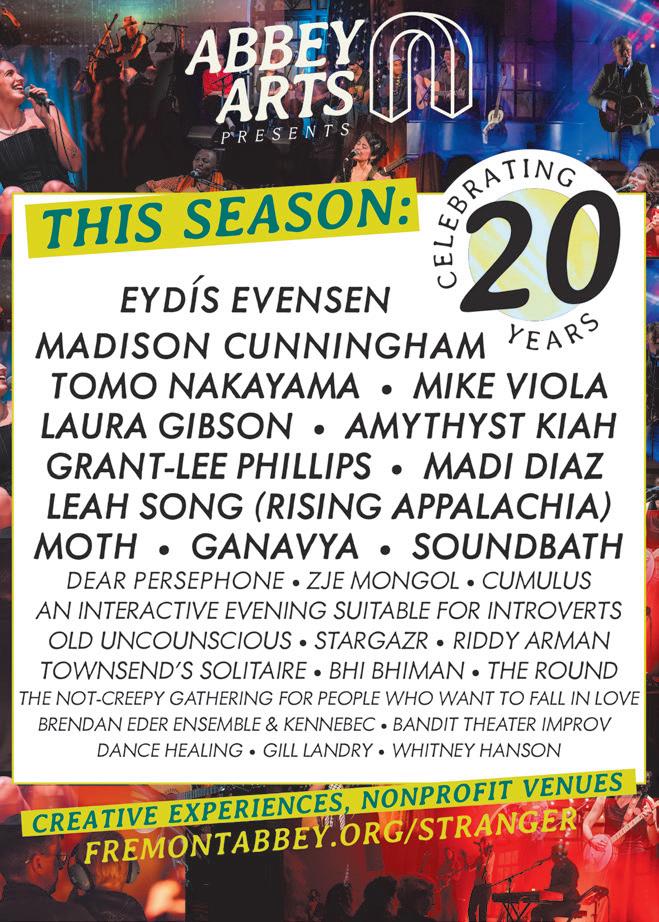
Freakout Festival picks at TheStranger.com.] (Various venues and times, 21+) DAVE SEGAL
ECSC: 20th Rare Soul Weekender with Bernadette Bascom
NOV 7
In the early and mid 1980s—when grunge was merely a sprout in the dirt—Bernadette Bascom, the daughter of civil rights activist Rev. Marion C. Bascom, was keeping R&B and soul flowing through the Pacific Northwest with jams like “I Don’t Wanna Lose Your Love” and “Seattle Sunshine.” This is just a small fraction of what makes Bascom a local legend, along with being a member of funk groups Acapulco Gold and Robbie Hill’s Family Affair, becoming the first artist signed to Stevie Wonder’s Black Bull label, and teaching singing lessons across the region for decades. Long-running DJ collective Emerald City Soul Club will kick off their 20th annual Rare Soul Weekender with a live performance from the local legend, along with DJs spinning heat from their rare vinyl collections. (Black Lodge, 9 pm, 21+) AUDREY VANN
Freddie Gibbs & the Alchemist, Mavi, Sven Wunder
NOV 7
The Saints ’73-’78
NOV 9
Who was the first punk qua punk band? It’s an argument that can last for days, but Australia’s the Saints can legitimately contend for that honor. Although the Ramones’ first LP came out months earlier than the Saints’ 1976 debut single, “(I’m) Stranded”/“No Time,” both groups were germinating their fast and noisy songs synchronously on different continents in ’73 and ’74. Whatever the case, the Saints’ early tunes have aged very well, and new generations of punk-rock lovers still hunger to hear them played live. Ergo, this tour. Mudhoney front man Mark Arm’s replacing the Saints’ late, raw-throated singer Chris Bailey, and though his voice isn’t as adenoidal, Arm has the pipes and agitational energy to do these snarling anthems justice. Thankfully, original guitarist/songwriter Ed Kuepper’s still kicking ass, and he’ll be joined by OG Saints drummer Ivor Hay, ex–Birthday Party/Bad Seeds mensch Mick Harvey, and bassist Peter Oxley. Expect middle-aged folks moshing to the swashbuckling punk nuggets of (I’m) Stranded, Eternally Yours, and Prehistoric Sounds, plus singles from this vital era that have never been performed in North America. (Neptune Theatre, 8 pm, all ages)
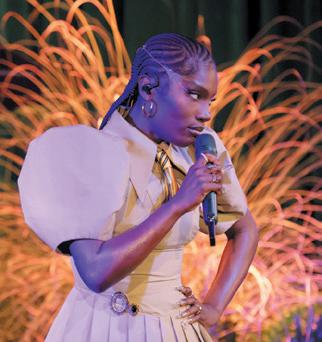
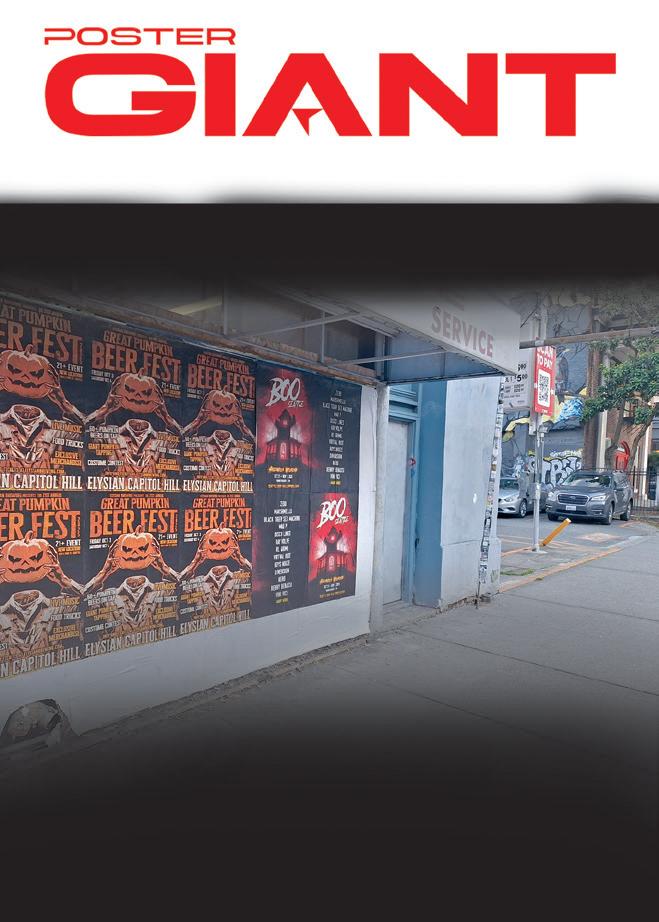

Individually, Freddie Gibbs and the Alchemist are two of the finest remaining practitioners of classic rap orthodoxy. The two have shown that hard-bodied street rhymes (Gibbs) and sample-based, neck-snapping beats (the Alchemist) never really went out of style, it’s just that fewer people were doing them hard enough. The Gary, Indiana–bred emcee is also hilarious. On record, Gibbs is quick to rap about “smashing like mashed potatoes,” and lament forgetting how many kids he has, like he did between songs at his Bumbershoot set last summer. For his part, the Beverly Hills–raised Alan Daniel Maman, aka the Alchemist, has produced for an enormous chunk of the rap pantheon, ranging in style from Action Bronson to Dilated Peoples, Schoolboy Q to Earl Sweatshirt. Of late, his penchant for album-length collabs has resulted in more than a few gems, but most notably, 2020’s Alfredo with Gibbs, which was nominated for Best Rap Album at the following year’s Grammys. This year’s sequel, Alfredo 2, is another notch in the duo’s illustrious win column. (Showbox SoDo, 8:30 pm, all ages) TODD HAMM
Shudder to Think, Zwei Null Zwei
NOV 8
Shudder to Think made the rare leap from DC punk stronghold Dischord to major label Epic (thanks to an Eddie Vedder endorsement), but it was hard for indie die-hards to be mad at them in those nutty, post-Nevermind ’90s. Bands as weird and audacious as Shudder to Think deserved to get a shot at nextmedium-sized-thing status, damn it. Despite the Dischord association, STT were never punk, per se. Rather, they were actually a strange mix of math rock, post-punk, and glam rock, which Craig Wedren then launched skyward with a voice that swooped from delicate falsetto to powerful roar like an American Freddie Mercury. STT really bloomed on 1992’s Get Your Goat, a dazzling collection of songs that swerved unpredictably, flexed impressive guitar muscles, and invented new forms of rock beauty, thanks largely to Wedren’s demonically angelic vibrato. The 1994 Pony Express Record solidified STT’s status as quirky genii; its slanted and enchanted rock left Pavement sounding like flat-footed normies. Seeing a reunited Shudder to Think—one of the featheriest heavy bands that America’s produced—in 2025 seems like an improbable yet necessary dream. (Barboza, 6:30 pm, 21+) DAVE SEGAL
Doechii
NOV 10
All hail Doechii the don, Doechii the dean, Doechii supreme, the Swamp Ruler! Unless you’ve been living under a rock for the last two years, I feel confident in assuming that you’re probably already familiar with the Grammy Award–winning rapper, singer, and fashion icon and her insanely brilliant, inventive 2024 mixtape, Alligator Bites Never Heal In that case, maybe you, too, shed a few tears over her historic Grammys performance, cackled over the sitcom-inspired “Denial Is a River” video, and braved Ticketmaster to secure tickets to the Seattle stop on her Live From the Swamp Tour. The Swamp Princess herself has decreed a school-inspired dress code for the tour and proclaimed that the “runway starts at the venue,” so I suggest treating this assignment like the Met Gala and taking a cue from Doechii’s chic, menswear-inspired personal style—time to start raiding the thrift stores for sweater vests, pleated skirts, blazers, and button-downs! (WAMU Theater, 8 pm, all ages) JULIANNE BELL
Patti Smith
NOV 10
Patti Smith (who will also be in town the night before for a book event, see pg. 69) is the punk poet laureate, a National Book Award–winning author, Instagram sensation, and overall national treasure. And, despite her status as an American icon, I am constantly in awe of her down-to-earth personality and approachability. In 2015, during the release of her second memoir, M Train, I caught Patti at a now-demolished U-District cathedral for a reading. To my surprise, the evening was delightfully unstructured, with acoustic songs, stories, and an unmoderated Q&A. Having now seen her on three different occasions, I’ve found that she brings that authentic, inviting energy to every show she plays. Smith will celebrate the 50th anniversary of her debut album, Horses, by playing
DAVE SEGAL
REBECCA

Reyna Tropical
NOV 8
Fabiola Reyna has mastered both the agile guitar picking of several vintage Southern Hemisphere subgenres and the art of homage, to turn tragedy into enduring legacy. Originally one half of Reyna Tropical, Reyna suddenly found herself the sole remaining band member when, in 2022, her musical partner Nectali “Sumohair” Díaz died in a scooter accident. After much contemplation, Reyna decided to carry on, keeping the moniker as tribute. Early RT EPs featured equal guitar/vocal songwriting and MPC input in the vein of a sunny Chico Mann/Captain Planet collab, and while Reyna’s 2024 solo debut, Malegría (a fitting mashup of the Spanish words for “bad” and “happiness”), does contain a dose of dance flare à la Bomba Estéreo, the album features her brilliant soukous-inspired, high-register guitar flourishes and lively dance BPM, with moments of more loping chicha tempos, all while honoring the band’s original motto, “Queer love and Afro-Mexico.” (Nectar Lounge, 8 pm, 21+) TODD HAMM
the album in its entirety. My fingers are crossed that she’ll also perform her first single, “Piss Factory,” which also happens to be my go-to karaoke song. (Paramount Theatre, 8 pm, all ages) AUDREY VANN

David Byrne
NOV 11–13
When Byrne released Who Is the Sky? earlier this year, he posted a full-album listening party
on YouTube. “Hello and thank you for listening to my record for the first time,” he said to the screen before the first track, in that David Byrne voice that is somehow awkward and stilted and completely charismatic. “Now, since this is the first time you’ve heard this record, there’s some tips I suggest: Be with someone you love, and cut some onions. Prepare a nice meal, together. Eat it when the record’s over.”
He’s a delightful weirdo on stage and on screen, and one of the few boomer white men I still want to give a mic to. He won’t tour forever, so take advantage of this chance to see him. And you may ask yourself, “Well, how did I get here?” (Paramount Theatre, 8 pm, all ages) HANNAH MURPHY WINTER
Neko Case, John Grant
NOV 14
Good things come to those who wait, and for me, that good thing is Neko Case’s first album in seven years, Neon Grey Midnight Green. Between the breezy, Virginia Astley–esque “Winchester Mansion of Sound,” which is an ode to her dearly departed friend/ collaborator Dexter Romweber, and the cinematic love song “Wreck,” the album is already in the running to be my favorite of the year. Before I had even heard

DEVYN GALINDO
SHERVIN LAINEZ
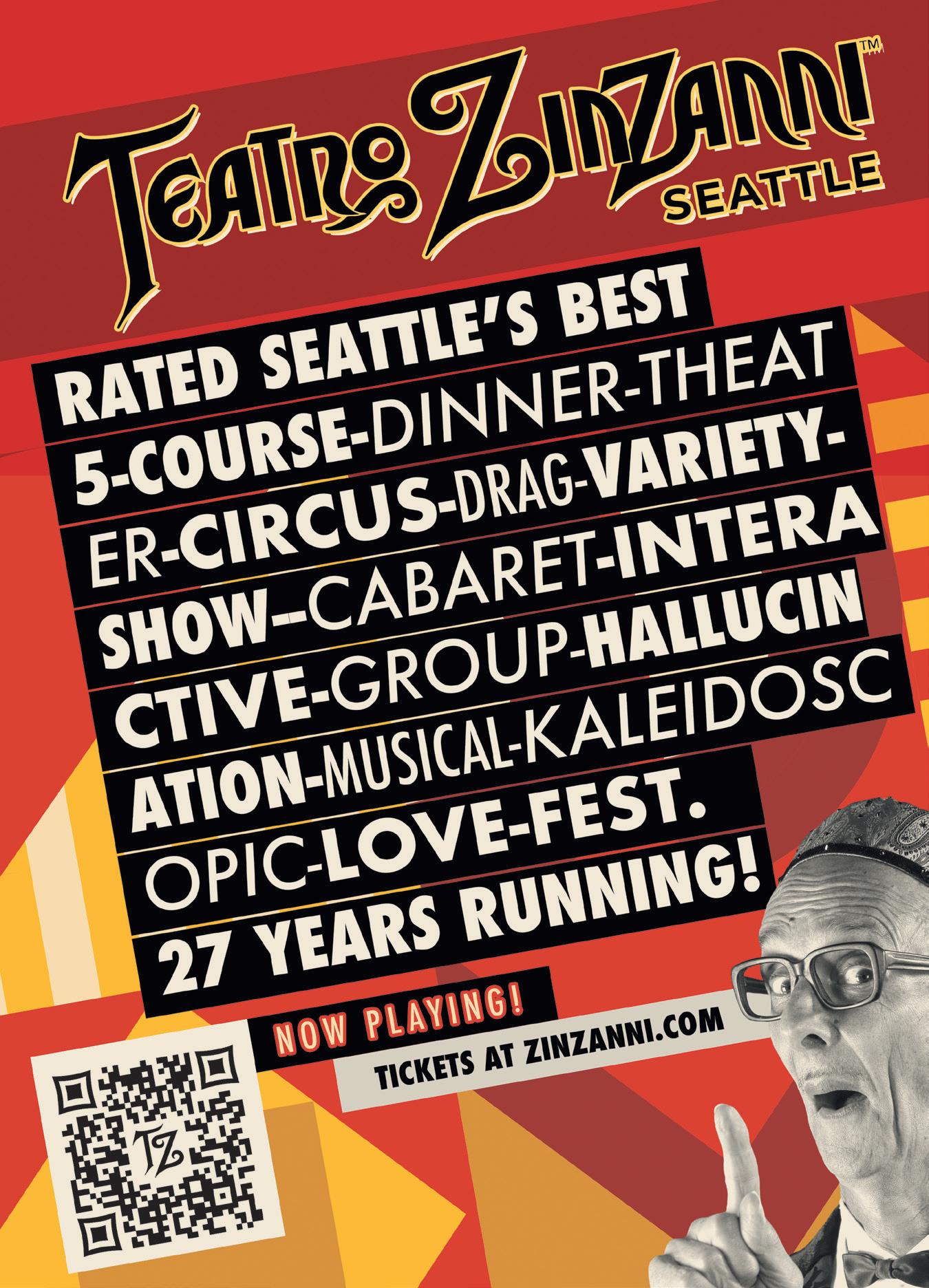
the full album, I was immediately drawn to its cover, which features Case swathed in green fur beside a fallen chandelier, with a puff of smoke in her hand, evoking the 19th-century surrealist artists Leonor Fini and Leonora Carrington. The album was recorded at her home studio in Vermont—Carnassial Sound—and is her first produced by her alone. Case writes: “I’m proud to say I produced this record. It is my vision. It is my veto power. It is my taste.” She will support the new album alongside singer-songwriter John Grant (formerly of the Czars). (Paramount Theatre, 8 pm, all ages) AUDREY VANN
Seattle Bands Stand With Gaza: Mt Fog, Reverse Death, Westmoreland
NOV 16
Good cause/good bands alert. Seattle’s Mt Fog have morphed from the solo project of vocalist/musician/ songwriter Carolyn B. into a trio featuring Afrocop drummer/Select Level keyboardist Andy Sells and bassist Casey Rosebridge. Carolyn’s kaleidoscopic vocals hint at the artful acrobatics of Kate Bush, Björk, and Sinéad O’Connor while the songs on their latest album, 2024’s Ultraviolet Heart Machine, cohere into compelling hybrids of emotion-laden synth-pop and funk. They should be much better known. Led by multi-instrumentalist Daniel Onufer, Reverse Death have become one of my favorite local rock bands, making psychedelic music that’s beautiful, languorous, and suffused with mystery. Their 2022 album, Stretching to Infinity, basks in a tranquil, sacred aura of liquid guitar chime-bliss that’s as devotional as German mystics Popol Vuh. The track title “Floating Delight” telegraphs its effect. The new Reflectors, Vol. 1 showcases Reverse Death’s affinity for gorgeous minimalist psychedelia à la Spiritualized, with hints of a more chill 21st-century Beach Boys. Seattle seldom produces music of this beatific nature, so treasure it, you ingrates. (Tractor Tavern, 7:30 pm, 21+) DAVE SEGAL
Julie Doiron, Black Belt Eagle Scout
NOV 16
Canadian singer-songwriter Julie Doiron is the only person on Earth who wrote a song about a dying grandma so catchy and affecting that it’s a Vivian go-to when a fool passes me the aux cord (Broken Girl is foundational for sad girls everywhere). A former member of the dreamy, punky Eric’s Trip, Doiron is a songwriter’s songwriter who has consistently released interesting folk-ish alternative music for three decades. She’ll share the stage with Black Belt Eagle Scout, or Katherine Paul, the Anacortes-born, Portland-based Indigenous singer-songwriter whose 2023 record The Land, the Water, the Sky is a beautiful heart-ripper. Recommended for fans of Phil Elverum (Mount Eerie/the Microphones), who is musically and personally connected to both artists. (Vera Project, 7 pm, all ages) VIVIAN McCALL
Shrek Rave
NOV 21
The lords, ladies, and fairy-tale creatures of Far Far Away are gathering for a night of absolute bedlam in Shrek’s Swamp—regardless of his “KEEP OUT OGRE” signs. There will be costumes, a kaleidoscope of Shrek-meme visuals, and an EDM-ified Shrek soundtrack. People will be sipping on swamp juice. What’s in it? Nobody knows, but definitely a fuckton of alcohol. This is the Shrek Rave. Be warned: This is literally a rave. If you go into it thinking it’ll be a fun Shrek costume party like some of us did back in 2023 or whenever this party went on its viral national tour, you may be disappointed. That happened to me. Go expecting a sweaty, bass-thumping party with a pocketful of MDMA in a pair of donkey ears and you’ll have the time of your life. (Crocodile, 10 pm, 21+) NATHALIE GRAHAM
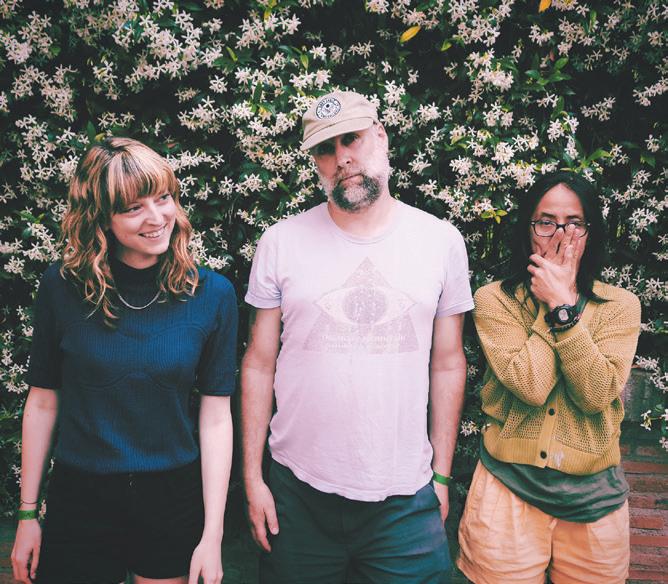
Built to Spill, Papas, Larry Yes
NOV 25–26
Built to Spill is the best thing to come out of Idaho since the potato crop. Doug Martsch has been rocking out Boise-style since ’92. In that sense, they’re a “legacy act.” But good songs never die, and There’s Nothing Wrong With Love and Keep It Like a Secret are timeless because they were never super on trend. Built to Spill always did its own thing. (But if you’re worried the new-ish songs from 2022’s When the Wind Forgets Your Name will ruin your precious nostalgia, even these “new” songs were written a long time ago.) The band is joined by Boise’s Papas and Portland’s Larry Yes, two artists so small that putting them on this bill with indie-rock legends is, like Built to Spill, rad, old-school scene love. (Neptune Theatre, 8 pm, all ages) VIVIAN McCALL
More
Sir Chloe, Venus & the Flytraps Nov 5, Showbox, 8:30 pm, all ages
Tomo Nakayama ‘Ocean’ Album Release Nov 7, Fremont Abbey, 7:30 pm, all ages
Belly: 30th Anniversary of ‘King’ Nov 9, Crocodile, 7 pm, 21+
Herb Alpert & the Tijuana Brass & Other Delights Nov 9, Benaroya Hall, 7:30 pm, all ages
TeZATalks, N3PTUNE, Pussy Willow, and Porcelain Nov 9, Barboza, 7 pm, 21+
‘Avatar: The Last Airbender’ Live in Concert Nov 15, Paramount Theatre, 7 pm, all ages
The Brian Jonestown Massacre, Federale Nov 15, Showbox, 8 pm, 21+
King Princess: The Girl Violence Tour Nov 16, Showbox SoDo, 8 pm, all ages
Boris: ‘Pink’ 20th Anniversary Tour Nov 17, Crocodile, 8 pm, all ages
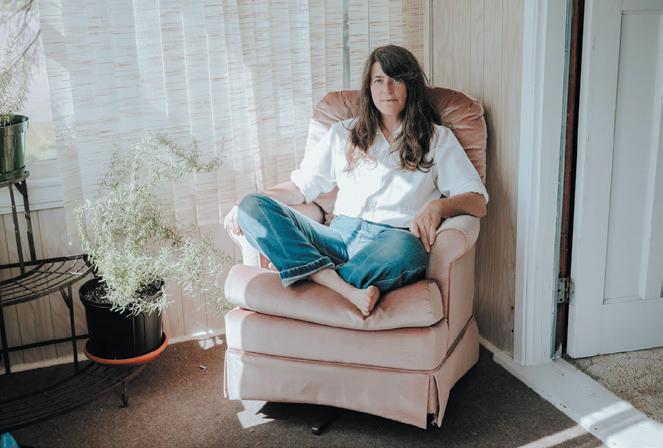
Donnie Emerson & Nancy Sophia Rabbit Box, Nov 19, 8 pm, all ages
Khruangbin Nov 19, Neptune Theatre, 8 pm, all ages
Piano Starts Here Presents: The Music of Sun Ra & Fletcher Henderson Nov 19, Royal Room, 7:30 pm, all ages until 10 pm
An Evening with the Residency in 3-D with Macklemore Nov 20, Showbox, 7:30 pm, all ages
Bryan Adams: Roll with the Punches with Pat Benatar & Neil Giraldo Nov 21, Climate Pledge Arena, 7:30 pm, all ages
Dean Johnson, Theo Lawrence Nov 21, Showbox, 8 pm, 21+ (see pg. 49 for preview)
Tei Shi, Harmony Nov 21, Madame Lou’s, 6:30 pm, 21+ Heart, Cheap Trick Nov 23, Climate Pledge Arena, 7 pm, all ages (see pg. 53 for preview)
Oblé Reed, Parisalexa, and Esebree Nov 26, Neumos, 7 pm, all ages
Sarah McLachlan Nov 26, Paramount Theatre, 8 pm, all ages
Deep Sea Diver: Homecoming Concert Nov 28, Paramount Theatre, 8 pm, all ages
Seattle’s Tribute to The Last Waltz Nov 29, Neptune Theatre, 8 pm, all ages
The Mountain Goats Dec 3–4, Neptune Theatre, 8 pm, all ages
Early Warnings
SYML Dec 5, Moore Theatre, 8 pm, all ages
A John Prine Christmas with Jenner Fox Band Dec 9, Tractor Tavern, 8 pm, 21+
Smokey Brights: ‘Dashboard Heat’ Album Release Dec 11, Crocodile, 8 pm, 21+
Thunderpussy with Mike McCready Dec 11, Showbox, 8:30 pm, 21+
Earl Sweatshirt Dec 15, Showbox SoDo, 8 pm, all ages
David Benoit’s Christmas Tribute to Charlie Brown with Courtney Fortune Dec 18–21, Jazz Alley, various times, all ages
Jenny Don’t & the Spurs Pre-NYE Bash Dec 30, Tractor Tavern, 8 pm, 21+
Mudhoney Dec 31, Neptune Theatre, 9 pm, all ages
New Year’s Eve with Kenny G Dec 31, Jazz Alley, various times, all ages
The Residents Jan 10, Neptune Theatre, 8 pm, all ages
Cate Le Bon Jan 27, Neptune Theatre, 8 pm, all ages Julianna Barwick with Mary Lattimore Feb 17, Crocodile, 8 pm, 21+
Cardi B Feb 22, Climate Pledge Arena, 7:30 pm, all ages
Suzanne Vega Feb 22, Neptune Theatre, 7:30 pm, all ages
VISUAL ART
Finally We Have Met: Neon Works by Yale Wolf
NOV 6–18
Yale Wolf stands out among his contemporaries not only as a master of neon, but as a master of miseen-scène, crafting environments where neon plays both centerpiece and supporting role in larger poetic tableaux. His work reveals a knack for pulling meaning from free-form simulacral doodles and fragmented flourishes designed to illuminate and transform the objects around them, as seen earlier this year in Reclaimed, where pops of neon (steering wheel, sunroof, headlights) detailed the ghostly carcass of a rusted-out scrapyard sedan blistered by fire and pummelled by bullets. Ethereal decadence wreathed in decay! In Finally We Have Met, Wolf is bringing mirrors into the equation, including a nearly six-foot reflecting pool ringed with searing pink barbed wire. Let’s just say
LILAH EDWARD & MELANIE RADFORD
MATT WILLIAMS
Julie Doiron Nov 16, Vera Project
Built to Spill
UPCOMING FEATURED EVENTS
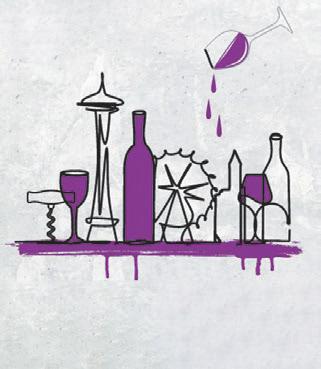




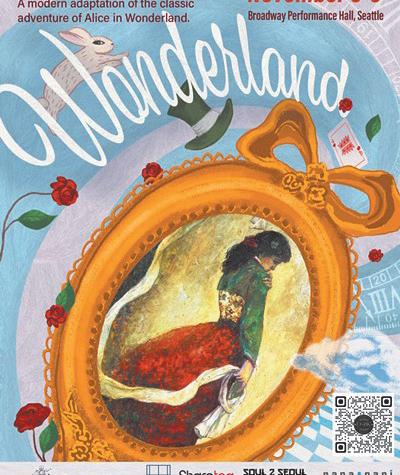
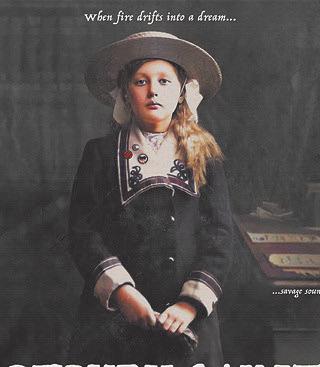


LAnd SEA
NOV 8–JAN 10, 2026
Before opening their Seattle galleries, longtime friends Eleana Del Rio (Koplin Del Rio) and McLean Emenegger (AMcE) ran separate art spaces in Los Angeles. Their camaraderie continues as they team up for the group exhibit LAnd SEA, which pairs artists from both galleries to make new collaborative works. While some group shows can be meh, this one promises to ooze genuine chimeric chemistry from powerhouse duos like painters Niki Keenan + Drie Chapek, photographers Daniel Carrillo + Eirik Johnson, and artistswho-defy-boxes Tim Cross + Robert Hardgrave (who are constructing their own mini-gallery to go within the gallery). Bring cash for holiday purchases, not only from AMcE’s Niche Market in the front, but for craveable collabs like Tommy Gregory’s memento-mori mash-up with the renowned de la Torre brothers: a 30-inch hand-blown glass figure encircled by serpents, crowned with a dove where his genitals should be, grasping a tiny bottle of liquor, with a bronze skull for a head. Says Gregory: “It’s about drinking too much (and life and death, obviously).” (AMcE Creative Arts) AMANDA MANITACH
Etsuko Ichikawa:
The combination of fire and paper doesn’t seem like a recipe for success; for Etsuko Ichikawa, it’s how you make a glass pyrograph. Ichikawa was an artist in residence at Pilchuck Glass School when, 20 years ago, she accidentally dropped a lump of molten glass onto the floor. The whiplash burn mark it left on the ground proved an “aha!” moment and the start of decades-long experimentation with her now-signature technique. To make the work she (oh so briefly) drags the melting tails of molten glass across paper, which momentarily catches fire. It’s a sight to behold at the hot shop: as much performance as painting, a ballet with flames. The unique marks left behind look like shadows of smoke and ink. It’s been a minute since Ichikawa has produced a body of pyrographs (she also makes sculpture, installations, and video, and has worked extensively with vitrified uranium glass), so be sure to catch this show. (Winston Wächter Fine Art) AMANDA MANITACH
Sarah Gordon
Field Notes: Artists Observe Nature
OPENS NOV 16
I am scared of bugs, and I generally find art glass to be uninteresting, so I was surprisingly intrigued by the Museum of Glass’s newest offering, Field Notes: Artists Observe Nature. The exhibit spotlights Art Nouveau and contemporary glass artists who have mimicked the forms and patterns of nature, from realistic beetles and terrifying scorpions to naturalistic pinecones and slimy salmon. For me, the star of the show is Vittorio Costantini’s series of 300+ delicate lampworked glass-insect specimens, which are to-scale and as entomologically accurate as possible. (Museum of Glass) AUDREY VANN
Gretchen Gammell: ShellBodies
OPEN THROUGH NOV 26
Since graduating from the Oregon College of Art and Craft in 2003, Gretchen Gammell has churned out vibrant paintings that explore the female form and mind. But her newest series, ShellBodies, turns to the abstract for an eight-year project in the making, used to cope with the transition between life and death while she was studying nursing. “My job gives me the responsibility of holding and caring for the bodies of those who go on ahead of us,” she writes. “Their unique stories are so much like the intricacies of a leaf, a petal, a washed stone. When the body transitions into death, what is left behind is a shell marbled and grooved with the history of their life.”
The result is a collection of kaleidoscopic still life paintings rendered in rich gem tones with abundant clusters of shells, flowers, and fruits. (Hall Spassov Gallery, free) AUDREY VANN
More
Tonantzin Eterna Protectora: An Exploration of La Virgen de Guadalupe Through Nov 23, Columbia City Gallery, free
Fay Jones: New Paintings Through Nov 29, Studio E Gallery, free
Kim Smith Claudel: End Cycle Through Dec 6, The Vestibule, free
Jen Ament: Headtrip Through Dec 20, Spectrum Fine Art, free
Asian Comics: Evolution of an Art Form Through Jan 4, MoPOP
Tariqa Waters: Venus Is Missing Through Jan 4, Seattle Art Museum
Beau Dick: Insatiable Beings Through Jan 18, Frye Art Museum, free
Farm to Table: Art, Food, and Identity in the Age of Impressionism Through Jan 18, Seattle Art Museum
Cultured Commodities: Photographs from the Henry Collection Through Jan 28, Henry Art Gallery, free
An Evening with Patti Smith
Nov 9, Meany Hall
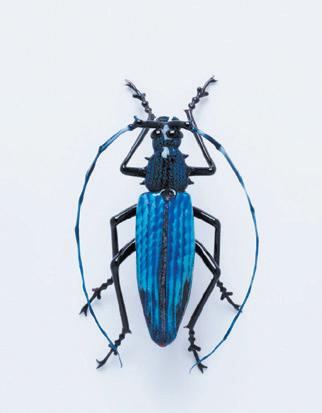
Field Notes: Artists Observe Nature
Opens Nov 16, Museum of Glass
Boren Banner Series: Camille Trautman Through Apr 12, Frye Art Museum, free
Priscilla Dobler Dzul: Water Carries the Stories of Our Stars Through Apr 19, Frye Art Museum, free (see pg. 43 for preview)
Jonathan Lasker: Drawings and Studies Through Sept 27, Frye Art Museum, free
Ten Thousand Things Through Spring 2027, Wing Luke Museum
Ash-Glazed Ceramics from Korea and Japan Through July 12, 2027, Seattle Art Museum
Ai Weiwei: Circle of Animals/Zodiac Heads (Bronze) Through Oct 2027, Olympic Sculpture Park, free
Gossip: Between Us Ongoing, Tacoma Art Museum
Haunted Ongoing, Tacoma Art Museum
Hello Again: Fresh From the Back Room Opens Nov 6, Greg Kucera Gallery, free
Robin Arnitz: Sanctum Opens Nov 6, Shift Gallery, free
Suneeva Saldanha: KANIYO. Tales Opens Nov 6, Gallery 110, free
Tensions of the Tangible, Curated by Jia Jia Opens Nov 6, SOIL, free
Thomas Stream: Solo Exhibit Retrospective Opens Nov 6, Stonington Gallery, free
Timea Tihanyi Opens Nov 6, Greg Kucera Gallery, free Akio Takamori: Soul Image Opens Nov 7, James Harris Gallery, free
New Nordic: Cuisine, Aesthetics, and Place Opens Nov 15, National Nordic Museum
Aisha Harrison: Porous Body Opens Nov 22, Bainbridge Island Museum of Art, free
Early Warnings
Chris Kallmyer: Song Cycle Opens Jan 10, Seattle Art Museum
Samantha Yun Wall: What We Leave Behind Opens Feb 5, Seattle Art Museum
Beyond Mysticism: The Modern Northwest Opens Mar 5, Seattle Art Museum

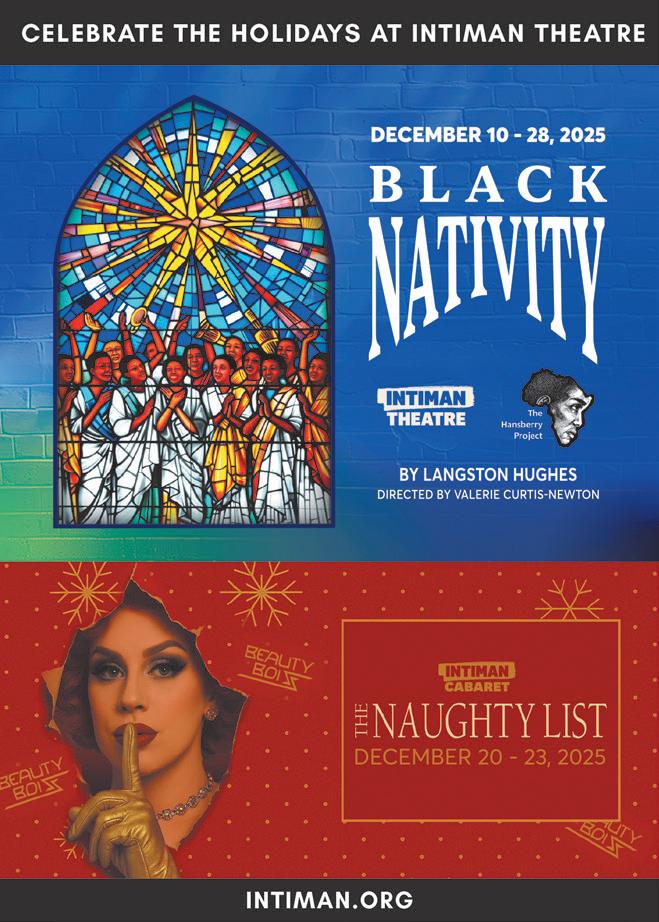


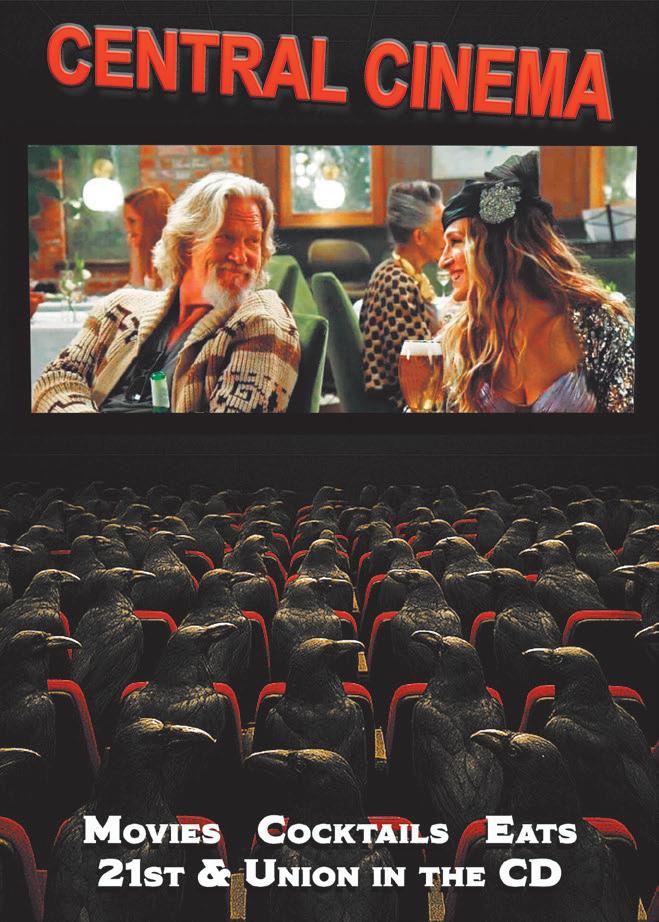

LITERATURE
Quan Barry
NOV 5
Poet, novelist, and playwright Quan Barry’s 2019 novel We Ride Upon Sticks—which revolves around a girls’ high-school field-hockey team in Massachusetts in 1989, and their foray into witchcraft—is one of the most original, charming, weird, nostalgic, and witty books I’ve ever had the pleasure of reading. So naturally, I have high hopes for her newest release, The Unveiling. The literary horror novel follows Striker, a Black film scout who joins a very white luxury Antarctic cruise in order to photograph potential locations for a splashy Ernest Shackleton biopic. After an ill-fated kayaking excursion, Striker finds herself stranded with a select group of survivors. Gradually, everyone’s “secrets, prejudices, and inner demons” emerge among the frozen, desolate landscape, and Striker begins to lose her grip on reality. It sounds like a combination of The Shining and Get Out with eldritch vibes, and what’s not to love about that? (Elliott Bay Book Company, 7 pm, free, all ages) JULIANNE BELL
Susan Orlean with Claire Dederer
NOV 7
Longtime author and New Yorker staff writer Susan Orlean has written non-fiction books about orchid thieves, library fires, famous dogs, and animal-human relationships, but not until her new book, Joyride, has she ever written a book about herself. The memoir details her life as a writer, including managing deadlines and overcoming writer’s block (consider my interest piqued!) as well as losing love, finding love, and facing her own mortality. Orlean will sit down with one of my favorite writers, essayist and critic Claire Dederer, to discuss the new book and how she adapted from exploring other people’s lives to tackling her own. (Town Hall Seattle, 7:30 pm, all ages) AUDREY VANN
An Evening with Patti Smith
NOV 9
Punk-rock poet laureate, writer, and just general rock star Patti Smith is coming to Meany Hall (the day before her Paramount Theatre show, see pg. 62) to talk about her latest memoir, Bread of Angels. The book dives deeper into Smith’s life, covering the ground her 2010 book Just Kids—about her relationship with lover Robert Mapplethorpe—only hinted at. Bread of Angels touches on Smith’s childhood growing up as the eldest of four kids, her teenage years, her marriage to the late guitarist Fred “Sonic” Smith, and how she found writing again after experiencing great loss. Bread of Angels publishes on Nov. 4, Mapplethorpe’s birthday and the day Fred “Sonic” Smith passed. Tickets include a copy of Bread of Angels from Elliott Bay Book Company. (Meany Hall, 7:30 pm) NATHALIE GRAHAM
Jazmina Barrera and Megan
McDowell: ‘The Queen of Swords’ and ‘The Week of Colors’ by Elena Garro
NOV 20
We are living in a golden era of translated literature, and, as a devourer of previously underrated authors like Clarice Lispector, Tove Jansson, and Tarijei Vesaas, I am loving every moment of it. The late Mexican author Elena Garro is the latest translated 20th-century author on my radar, as she is known as a trailblazer of magical realism, feminist horror, and anticolonial speculative fiction, who wrote with palpable rage and a vivid imagination. This talk between

Oyinkan Braithwaite
NOV 12
Nigerian author Oyinkan Braithwaite’s morbidly hilarious debut novel My Sister, the Serial Killer, a dark comedic thriller about a long-suffering nurse’s toxic relationship with her beautiful sociopathic sister, was a breakout hit that climbed the bestsellers lists and cemented her status as an author to watch. Now she’s back with her latest novel, Cursed Daughters, which explores similar themes of family, death, and love in a much different way. Eniiyi’s family believes her to be the reincarnation of her mother Ebun’s cousin, Monife, since she was born on the day of Monife’s funeral and bears an eerie resemblance to her. They believe this means that she, too, will be doomed to a tragic premature death. To make matters worse, the family also suffers from another curse: “No man will call your house his home. And if they try, they will not have peace.” When Eniiyi saves a man from drowning and inconveniently falls for him, she must fight to prove that she is not destined to the same fate as her foremothers. (Seattle Central Public Library, 7 pm, free, all ages) JULIANNE BELL
biographer Jazmina Barrera and translator Megan McDowell will celebrate the two book releases: Barrera’s exploration of Garro’s life, The Queen of Swords, and McDowell’s translation of Garro’s short story collection, The Week of Colors. Both books document Garro’s legacy as a forward-thinking writer, mystic, socialite, and activist. (Third Place Books Ravenna, 7 pm, free) AUDREY VANN
More
Li-Young Lee Nov 3, Rainier Arts Center, 7:30 pm
Becky Spratford Nov 6, Central Library, 8:30 pm, free
Tuck Woodstock with Serena Hommes ‘Sex Change and the City’ Nov 17, Elliott Bay, 7 pm
A Conversation with Padma Lakshmi Nov 18, Benaroya Hall, 7:30 pm
Early Warnings
Honorée Fanonne Jeffers Jan 27, Town Hall Seattle, 7:30 pm
‘We Are Not Numbers: The Voices of Gaza’s Youth’ A Community Reading Jan 29, Third Place Books Seward Park, 7 pm
Aja Monet Feb 5, Town Hall Seattle, 7:30 pm
George Saunders: ‘Vigil: A Novel’ Apr 7, Town Hall Seattle, 7:30 pm
PERFORMANCE
PNB: In the Upper Room
NOV 7–16
Premiering in 1986, Twyla Tharp’s high-energy ballet, In the Upper Room, has become one of the most iconic ballets of the 20th century, admired for its athletic choreography, minimalist costume design, dramatic lighting, and a transcendent score by Philip Glass. The Pacific Northwest Ballet will take on Tharp’s contemporary classic, along with Dani Rowe’s emotionally compelling one-act ballet, The Window This is a must for not only ballet and contemporary dance fanatics, but for lovers of experimental music and performance art. These performances will also debut the newly minted PNB dancers Christopher D’Ariano and Amanda Morgan. (McCaw Hall, various times, all ages) AUDREY VANN
Aya Ogawa, the Nosebleed
NOV 13–15
Doris Duke Award–winning playwright and director Aya Ogawa’s autobiographical play The Nosebleed explores themes of failure, humanity, empathy, and connection, as well as their strained relationship with their late,estranged father. Ogawa enlisted four actors to play various facets of themself, while taking on the role of both their father and their 5-year-old son. Audiences are invited to project their own experiences onto the blank, minimal set and are engaged in the “theatrical memorial and healing ritual” through audience participation. The New York Times selected it as a critic pick and called it “conversational, unflinching and delicately layered,” writing that “Ogawa’s memoir-like excavation tests the boundaries of love and family obligation through intimate confession.” (On the Boards, 8 pm, 6+) JULIANNE BELL
Come From Away
NOV 28–JAN 4, 2026
Maya Jewell Zeller ‘The Wonder of Mushrooms: The Mysterious World of Fungi’ Nov 11, Elliott Bay Book Company, 7 pm, free
Nicholas Boggs ‘Baldwin: A Love Story’ Nov 11, Hugo House, 6 pm
Miranda July Nov 13, Moore Theatre, 8 pm (see pg. 40 for preview)
David Sedaris Nov 16, Benaroya Hall, 7 pm
Cameron Crowe: The Uncool Book Tour Nov 17, Benaroya Hall, 7:30 pm, all ages
Malala Yousafzai: Finding My Way Book Tour Nov 17, Moore Theatre, 8 pm, all ages
Ugh, I love Come From Away more than I can articulate. The hit musical tells the story about the small town of Gander, Newfoundland coming together to help the passengers on 38 planes stranded there after American airspace closed on 9/11. It is a musical that reminds us of the generosity of strangers and the goodness that persists in spite of large-scale evils. Come From Away got its start at the Seattle Repertory Theatre a decade ago when producers staged an early version of the show. It returns to that stage this fall, but the show won’t be the same version we all know. The Rep is putting a twist on Come from Away this year. All I know is there will be an emphasis on actors also playing musical instruments. Whatever version of Come From Away graces Seattle stages, I’m excited to see it and be welcomed back to The Rock. (Seattle Repertory Theatre, various times) NATHALIE GRAHAM
STUDIO


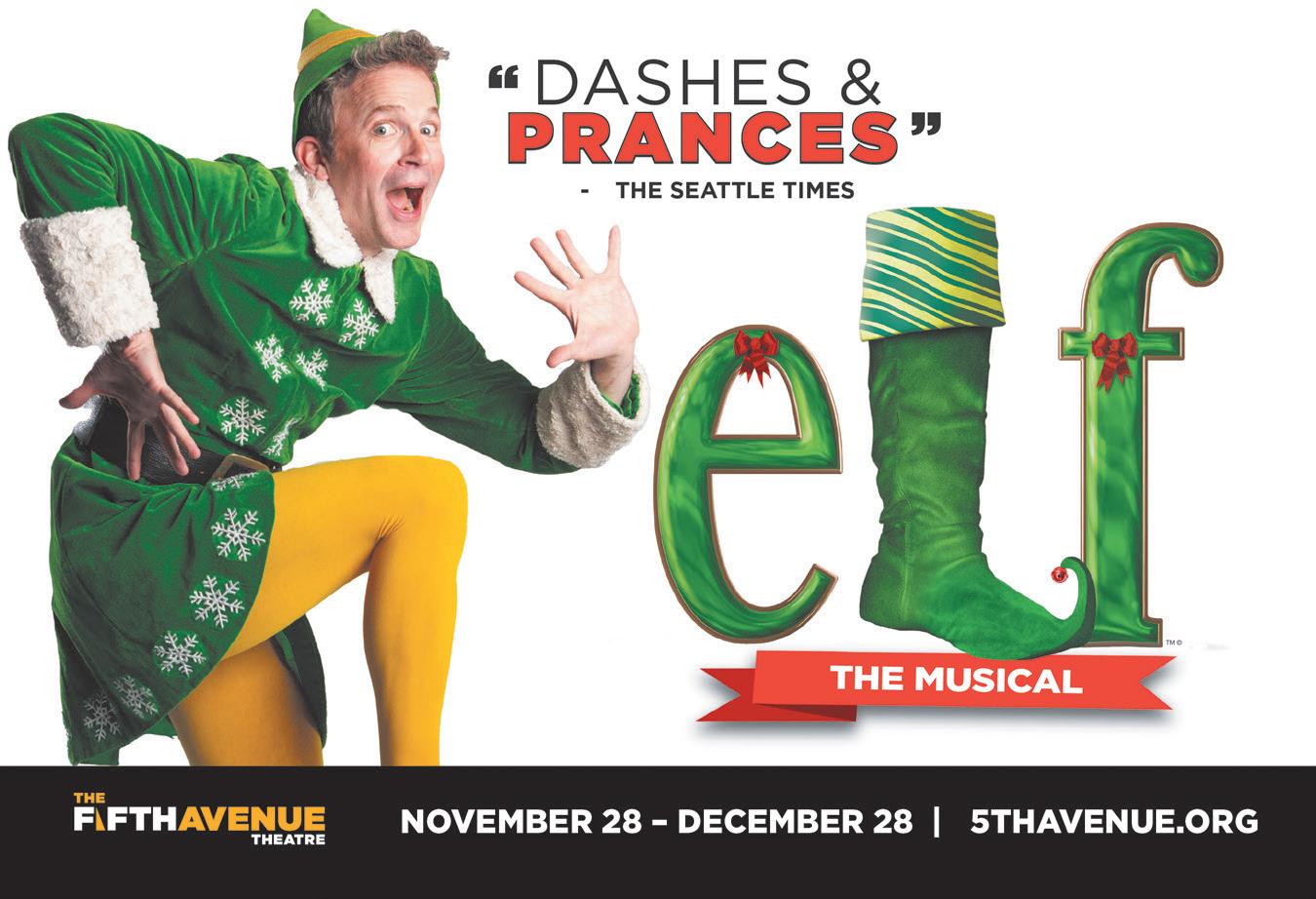
More
Violet vs Gottmik: The Knockout Tour Nov 6, Neptune Theatre, 8 pm, all ages
Whitmer Thomas with Clay Tatum Nov 6, Madame Lou’s, 7 pm, 21+
Nate Bargatze Nov 6–7, Climate Pledge Arena, 7 pm, all ages
Countess Luann Nov 7, The Showbox, 8:30 pm, 21+
Ally J Ward: Imposter Syndrome Nov 9, Here-After, 7 pm, 21+
Manual Cinema: The 4th Witch Nov 12, Moore Theatre, 7:30 pm, all ages (see pg. 46 for preview)
Nutcracker! Magical Christmas Ballet Nov 16, Paramount Theatre, 2 & 6 pm, all ages
World Ballet Company: The Great Gatsby Ballet Nov 16, Moore Theatre, 6 pm, all ages
Penelope Nov 28–Dec 21, ArtsWest, various times
Pacific Northwest Ballet: George Balanchine’s The Nutcracker Nov 28–Dec 28, McCaw Hall, various times, all ages
Spanksgiving Burlesque & Drag Show Nov 30, Tractor Tavern, 7 pm, 21+
A John Waters Christmas Dec 2, Neptune Theatre, 8 pm, all ages
A Drag Queen Christmas with Nina West, Lexi Love, Shea Coulee, Jewels Sparkles, Crystal Methyd, Suzie Toot, Brooke Lynn Hytes, Bosco, and Lydia B. Kollins Dec 3, McCaw Hall, 7:30 pm, 18+
Disney’s The Lion King Dec 4–Jan 4, Paramount Theatre, various times, all ages
Early Warnings
Alaska: A Very Alaska Christmas Show Dec 5, Neptune Theatre, 8 pm, all ages
Matt Rogers: Christmas in December Dec 6, Neptune Theatre, 8 pm, all ages
The 5th Annual Holly Jolly Holiday Show Dec 7, Neumos, 6 pm, 21+
Blue Xmas with Betty Wetter Dec 11, Clock-Out Lounge, 9 pm, 21+
Kitten N’ Lou Present: Jingle All The Gay Dec 12–14, Neptune Theatre, various times, all ages
In Tandem: A Trio of Duets Dec 18–20, On the Boards, 8 pm, ages 6+
The Jinkx & DeLa Holiday Show Dec 23–28, Moore Theatre, all ages
Fortune Feimster: Takin’ Care of Biscuits Dec 31, McCaw Hall, 7 pm, all ages
Seattle Opera: Daphne in Concert Jan 16 & 18, McCaw Hall, various times, all ages
Pacific Northwest Ballet: Cinderella Jan 30–Feb 8, McCaw Hall, various times, all ages
FILM
Talking Pictures: Ken Jennings presents Quiz Show
NOV 10
SIFF’s Talking Pictures series is like getting a really great movie recommendation from your friend, if your friend is Ben Gibbard (Drifting Clouds), J. Kenji López-Alt (Willy Wonka & the Chocolate Factory), or Eric “ConcernedApe” Barone (The Straight Story). This time around, your friend is Ken Jennings, our hometown quiz-show champion and Jeopardy! host, and he’s telling you why you should watch the late Robert Redford’s 1994 Quiz Show. The film is a dramatization of the quiz show scandals of the 1950s, back when scandals were more intrigue and less fascism. Jennings will give an extended introduction for the film about how a narrative centered on fixing quiz shows impacted his life as a Jeopardy!
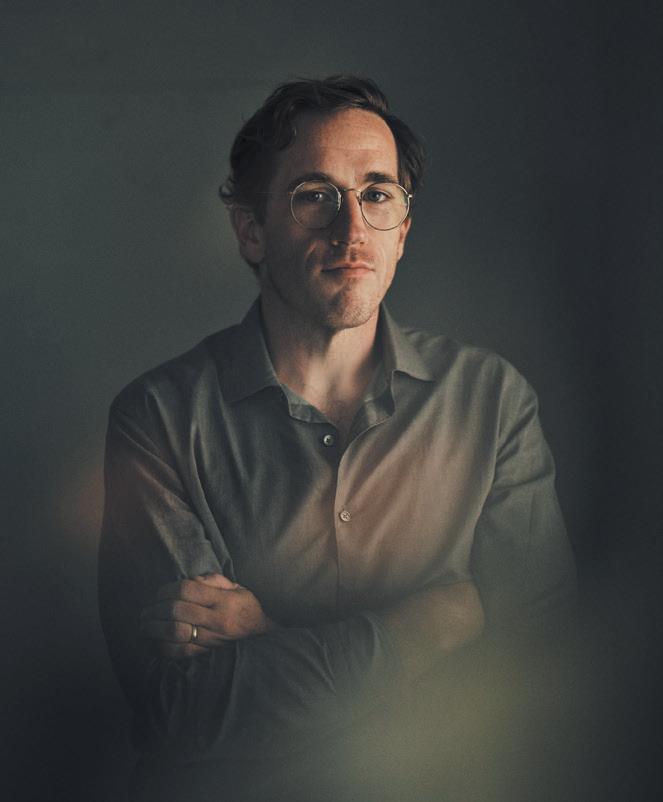
Conner O’Malley
NOV 20
I’ll be honest, I used to refer to Conner O’Malley as “Aidy Bryant’s husband,” until I saw him in Joe Pera Talks With You as a depressed father who eats chicken in the shower, followed by his feature-length, the straight-to-YouTube film Rap World He isn’t the typical comedian I’d ride for—in general, I have an aversion to male comics—but his loud, aggressive take on comedy ultimately makes a subversive statement about the absurdity of modern-day masculinity. The Chicago-born comedian, whom the New Yorker has called “the bard of the Manosphere,” plays pathetic, reply-guy characters that shed light on the idiocy of alpha males and/or incel men who have largely gotten us to our current hellscape. In a message on his Instagram, an AI-generated O’Malley states, “I have been in the General Motors psychological experiments labs generating humor sequences infused with alternative political ideas, and I’m finally ready to take it out on the road.” (Neptune Theatre, 7 pm & 9:45 pm, all ages) AUDREY VANN
champ. I want to hear that story. (SIFF Cinema Uptown, 6 pm) HANNAH MURPHY WINTER
Didn’t Do It For Love
NOV 10-11
I won’t pretend like I’ve seen the rarely screened 1997 film Didn’t Do It for Love, but the premise alone is enough for me to blindly recommend it. The film traces the unbelievable real-life story of Eva Norvind, whose career spanned Parisian showgirl, Marilyn Monroe-esque actress, journalist, and, most notably, New York’s most successful dominatrix. There is perhaps no one better to convey the nuances of Norvind’s story than Hamburg-based filmmaker Monika Treut, who has devoted her life to fearless
at the theater with no idea what film is showing, and buckle in. The screening series has three rules: It’s free, it’s fun, and it’s never pretentious. If you want to do a vibe check, just call their Late Night Hotline Voicemail. They won’t come to the phone because they’re busy “sorting and alphabetizing [their] DVD and Blu-ray collection,” but you can leave a message and they might play it before the show. (SIFF Cinema Uptown, 7:30 pm, free) HANNAH MURPHY WINTER
Derek Jarman’s Blue
DEC 4
If you want to experience Derek Jarman’s experimental masterpiece Blue, then you must see it in a proper movie theater. That way, you can be immersed in complete darkness and publicly shamed if you check your phone. Thought to be one of the most challenging watches in cinema history, Jarman’s final film consists of an unchanging, solid blue screen soundtracked by narration and music by his friends (Tilda Swinton, Brian Eno, and Sleazy of Throbbing Gristle, to name a few) that tell the story of his life and artistic vision. Jarman tragically died of AIDS-related complications just four months after the film’s release, which gives Blue an undeniable heaviness. And, the film’s lack of visual elements can be explained by Jarman’s illness, which left him partially blind during its creation and only able to see shades of blue.
(Northwest Film Forum, 7 pm) AUDREY VANN
More
Happyend Nov 9–21, Northwest Film Forum, various times
My Neighbor Totoro Nov 14–19, Central Cinema, various times
The Last Dive Nov 14–23, Northwest Film Forum, various times
Twin Peaks: The Return Nov 14–Dec 12, Beacon Cinema, various times
Fargo (SIFF Cinema Workers Union Fundraiser) Nov 16, Beacon Cinema, 5 pm Silvestre Nov 17–18, Beacon Cinema, various times
Cinema Dissection: Double Indemnity Nov 22, Northwest Film Forum, 10 am
SIFF Movie Club: The Night of the Hunter (70th Anniversary) Dec 3, SIFF Cinema Uptown, 6 pm
Early Warnings
SIFF ’n’ Stitch: Elf Dec 7, SIFF Cinema Uptown, 12 pm
The Muppet Christmas Carol Dec 11–14, SIFF Cinema Uptown, various times
Cinema Dissection: Pan’s Labyrinth Dec 13, SIFF Film Center, 10 am
Vengeance Is Mine Dec 14–16, Beacon Cinema, various times
Fiddler on the Roof Sing-along Dec 25, SIFF Cinema Uptown, 12 pm
Moulin Rouge! New Year’s Eve Sing-along Dec 31, SIFF Cinema Uptown, 6 pm
Showgirls: The Annual Showing Jan 17–18, Northwest Film Forum, 7:30 pm
explorations of sexuality and gender since the 1980s, spotlighting queer stories and the kink community.
The German newspaper Die Zeit once wrote that “films like Monika Treut’s are destroying cinema.”
So you know it’s going to be good. (Beacon Cinema, various times) AUDREY VANN
Classified Cinema
NOV 18
Do you remember what it was like before we streamed everything, when you could channel surf and stumble onto a movie you’ve never heard of? Sometimes it was trash, but a blast. And sometimes it was a treasure that you end up coming back to over and over again. Classified Cinema helps recreate that feeling. You arrive
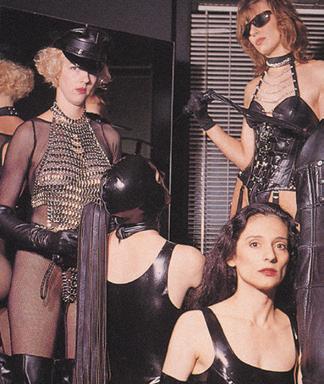
GARETH CATTERMOLE/GETTY IMAGES

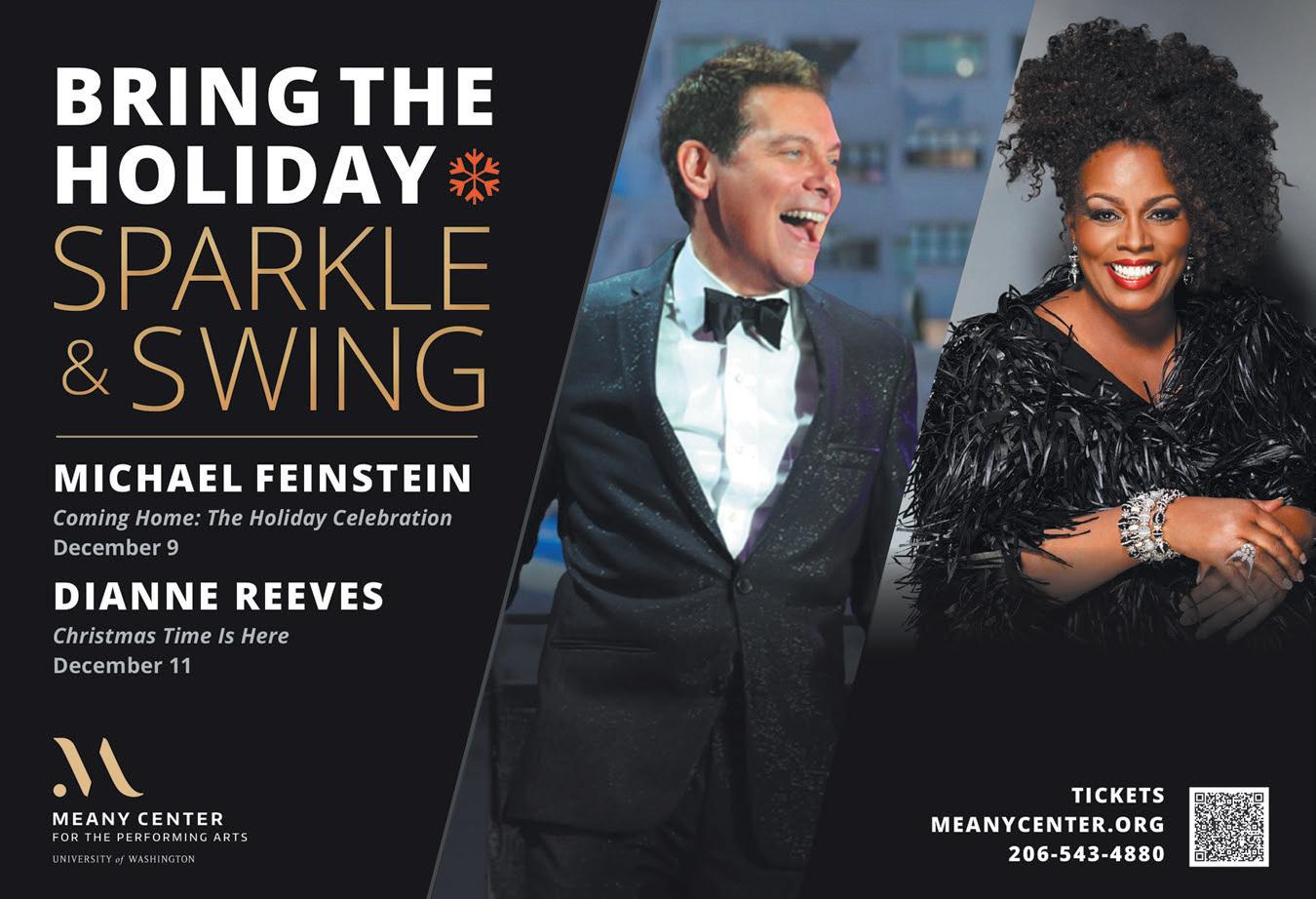
FOOD
Oyster New Year
NOV 8
The apotheosis of the Pacific Northwest’s unofficial regional pastime—slurping oysters—is the eco-friendly Oyster New Year at Elliott’s Oyster House. The all-out briny bash features more than 25 varieties of bivalves served to order by over 40 expert shuckers at a 150-foot oyster bar, plus a selection of over 40 drinks, DJ tunes, a photo booth, raffle drawings, educational shucking demos, and a shucking competition. Be a little superficial and cast your vote for the People’s Choice “Most Beautiful Oyster,” and don’t miss the oyster luge, in which a shucked oyster glides down a frozen ice-sculpture slide, and into your mouth. This year, to celebrate the restaurant’s 50th anniversary, 50 golden oyster shells will be hidden around the venue and the lucky finders can redeem them for prizes. All proceeds benefit Puget Sound Restoration Fund’s efforts to preserve marine ecosystems.
(Elliott’s Oyster House, 5:30–9 pm) JULIANNE BELL
Seattle Eats Live with Tan
Vinh, Rachel Belle, and J. Kenji López-Alt
NOV 10
Seattle Times food critic Tanh Vinh’s podcast Seattle Eats is dedicated to sharing “the area’s hottest restaurants, road-side food stalls, and everywhere in between, to find the best meals in the city and to meet the people who make them sing.” For this special live edition, he’s enlisting the help of two local culinary heavy-hitters: chef/writer and noted teriyaki connoisseur J. Kenji López-Alt, and radio personality and author Rachel Belle, who hosts the Your Last Meal podcast. The trio will take questions from the audience and dispense advice on navigating the local food scene, from the best steakhouse in Seattle to how to recreate your favorite takeout meal at home. (Town Hall Seattle, 7:30 pm, all ages) JULIANNE BELL
Gobble Up
NOV 15
Just in time for Thanksgiving and the subsequent holidays, Urban Craft Uprising will host this specialty food show for the eighth year in a row, promising over 100 local vendors hawking everything from bean-to-bar chocolates to baked goods to spirits to small-batch hot sauce (and yes, there are free samples). If you work up an appetite while shopping, a selection of food trucks will be on site to fuel your browsing journey with delicacies like bubble waffles, Himalayan dumplings, and sushi burritos. This year will also feature free raffles throughout the day and cookbook signings with local authors every hour, including Open Sesame author Rachel Belle, The Pastry Temple

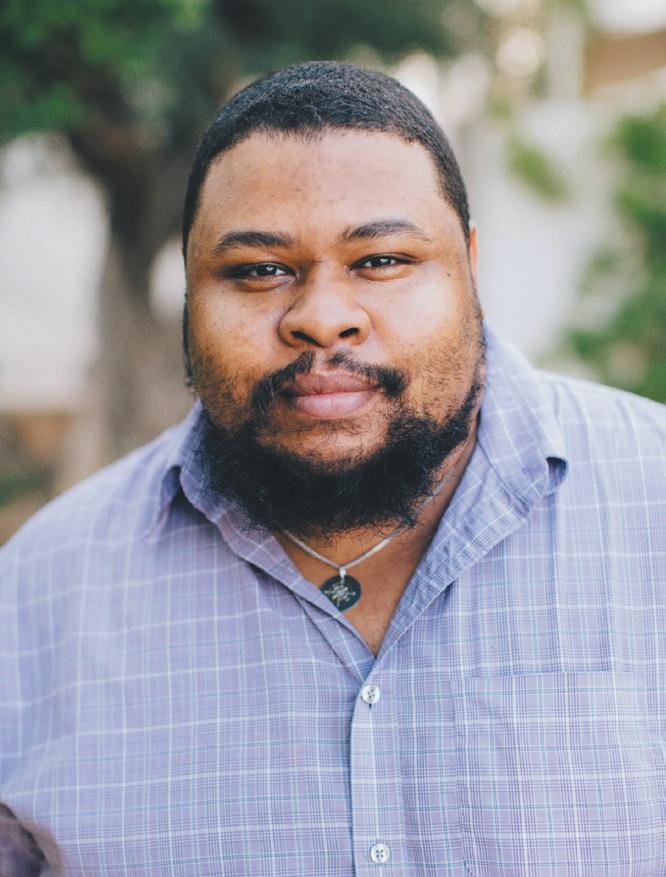
Michael W. Twitty with Kristi Brown
NOV 7
Acclaimed culinary historian, speaker, educator, and independent scholar Michael W. Twitty has dedicated his life’s work to studying African American food and folk culture. His 2017 nonfiction book, The Cooking Gene , which delves deep into the African American culinary history of the South, received two James Beard Awards for literary writing and book of the year. He writes, “Our cuisine, with its grits and black-eyed peas, crab cakes, red rice, and endless variations on the staple foods of the region, casts a spell that, if you’re lucky, gets passed down with snapping string beans at the table and chewing cane on the back porch.” His new cookbook, Recipes From the American South , acquaints readers with that rich tradition in the best way possible, via hands-on recipes for dishes like chicken and dumplings, hummingbird cake, and chorizo dirty rice. Twitty will be joined by Communion chef Kristi Brown for a conversation about the book and the roots of Southern cuisine. ( Town Hall Seattle, 7:30–9 pm, all ages ) JULIANNE BELL
author Christina Wood, The Art of Gluten-Free Bread
author Aran Goyoaga, and Veggies for Breakfast
author Willi Galloway. (Magnuson Park Hangar 30, 10 am–5 pm, all ages) JULIANNE BELL
More
Ballard Farmers Market Every Sunday, Ballard Ave, 9 am–noon, free
Early Warnings
Osteria la Spiga’s Fifth Annual Holiday Market Dec 7, Osteria la Spiga, 12–4 pm
WA Brewers Guild Winter Beer Fest Dec 19-20, Victory Hall at the Boxyard, 21+
THIS &THAT
History After Hours: Dressing the Gilded Age
NOV 6
If you share my niche interests in fashion history and the Gilded Age (Edith Wharton hive, rise up!), then you won’t want to miss this peek into the opulent style trends of the era. The Gilded Age marked the rise of industrialization and technology, including innovations like mechanized sewing machines, mail-order catalogs, and ready-to-wear clothing, which made it easier than ever before for people of all social classes to keep up with fashion. Meanwhile, the new feminine ideal of the beautiful, worldly “Gibson Girl” emerged, and suffragists advocated for the right to wear less restrictive outfits. The evening will feature access to Washington State History Museum’s Dressing the Gilded Age exhibition, which displays clothing, notions, and artifacts of the time period from the Washington State Historical Society collection, plus a presentation and an interactive cocktail-making demonstration from historian and educator Renée Cebula of Raising the Bar. (Washington State History Museum, 7–9:30 pm, 21+) JULIANNE BELL
Beats + Rhymes: A Collective Narrative of Hip-Hop
OPENS NOV 8
The MoPOP’s newest exhibit tells the story of hip-hop the only way it should be told: through community voices and shared curatorial authority. Imagined in collaboration with guest curators and the youth advisory board, the exhibit explores the genre’s five foundational pillars—MCing, DJing, Graffiti, Knowledge of Self, and Breakdancing—through costumes, ephemera, photos, and more. Personally, I can’t wait to see Missy Elliott’s bedazzled leather jacket from Janet Jackson’s “Son of a Gun” music video. (Museum of Pop Culture) AUDREY VANN
Lake City Record Show
NOV 15
Refresh (or finally get started on) your record collection at Lake City’s annual vinyl market. Browse from a wide range of formats, genres, eras, and price points while elbow-to-elbow with fellow music nerds. I’ve snagged great deals on an eclectic mix of Taylor Swift, Throbbing Gristle, and John Fahey LPs (don’t judge me, I’m a woman with range!) Plus, admission is free, so you have nothing to lose (except for the money you’ll spend on all of your amazing finds). (Shoreline Elks Lodge, 10 am, free) AUDREY VANN
More
Kickstands Up! 125 Years of Motorcycling in the PNW Opens Nov 28, Museum of History & Industry Yoga in the Glasshouse Dec 7, Chihuly Garden and Glass, 8 pm, ages 10+
Capitol Hill Farmers Market Every Sunday, E Denny Way and Nagle Pl, 11 am–3 pm, free West Seattle Farmers Market Every Sunday, Alaska Junction, 10 am–2 pm, free Fremont Sunday Market Every Sunday, Evanston Ave N and N 34th St, 10 am–4 pm, free Whiskies of the World Nov 22, the Rainier Club, 6:45–9:30 pm
Early Warnings
Seattle Christmas Market, Nov 20–Dec 24, Seattle Center, all ages PhinneyWood Winter Festival Dec 5–7, Phinney Center
Urban Craft Uprising Dec 5–7, Seattle Center Exhibition Hall
Oyster New Year
Nov 8, Elliott’s Oyster House
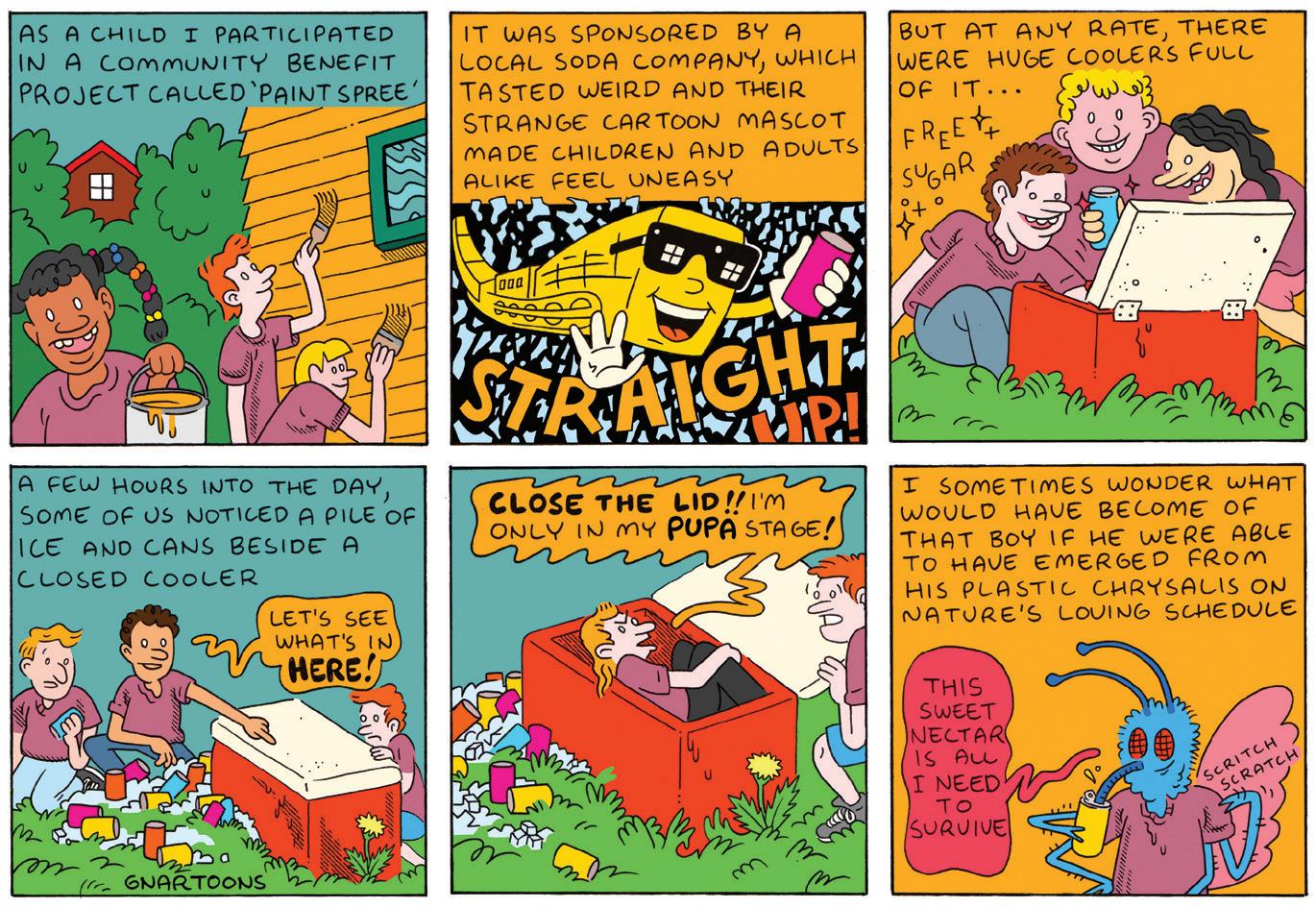
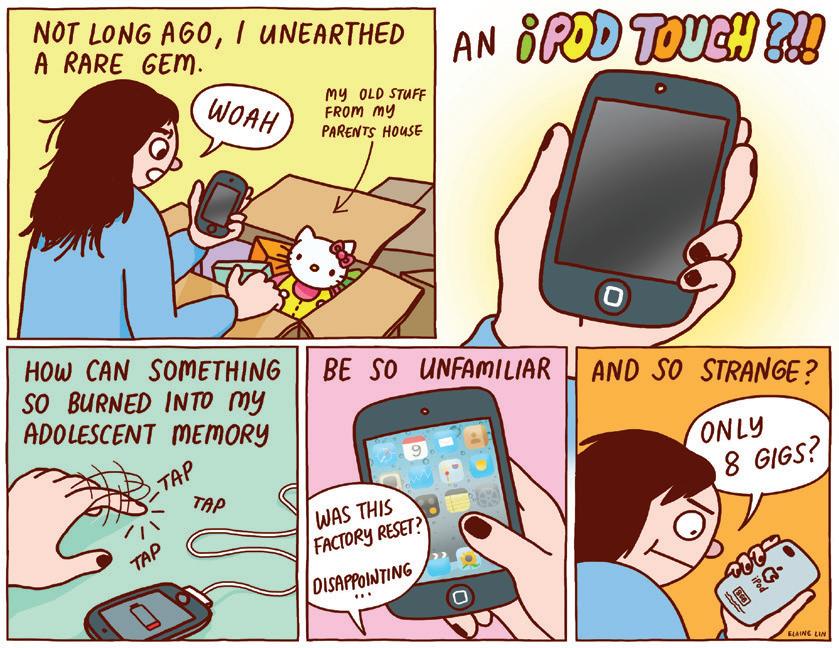

CLYDE

48 th ANNUAL
Julefest
National Nordic Museum
Kick off the holiday season with an authentic Nordic holiday market experience!
NOVEMBER 21–23
NOV. 21 5‑9PM
